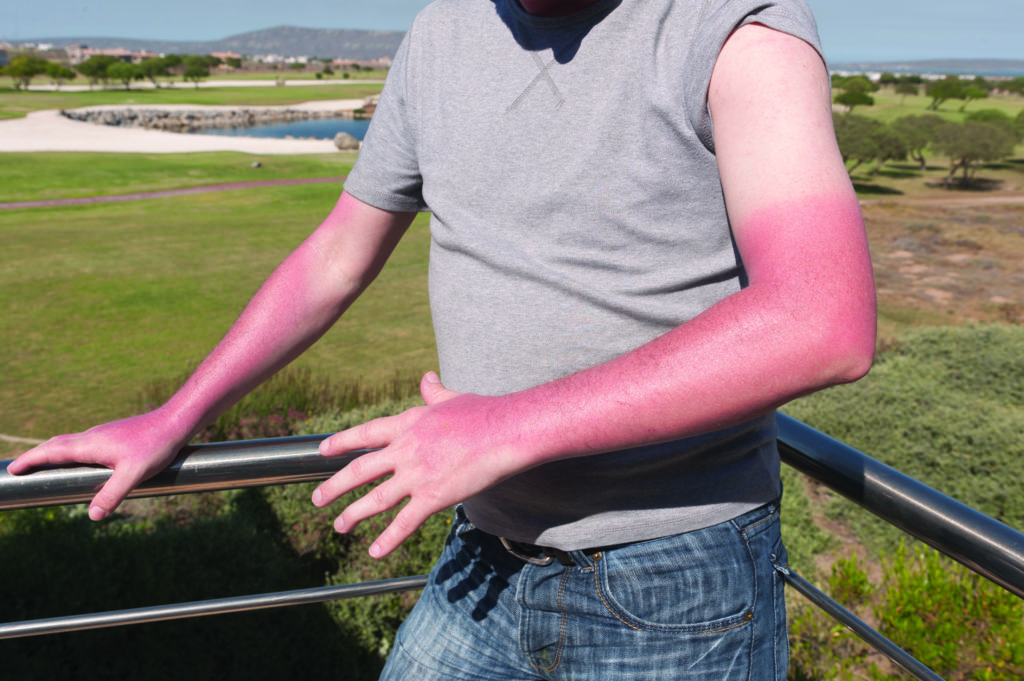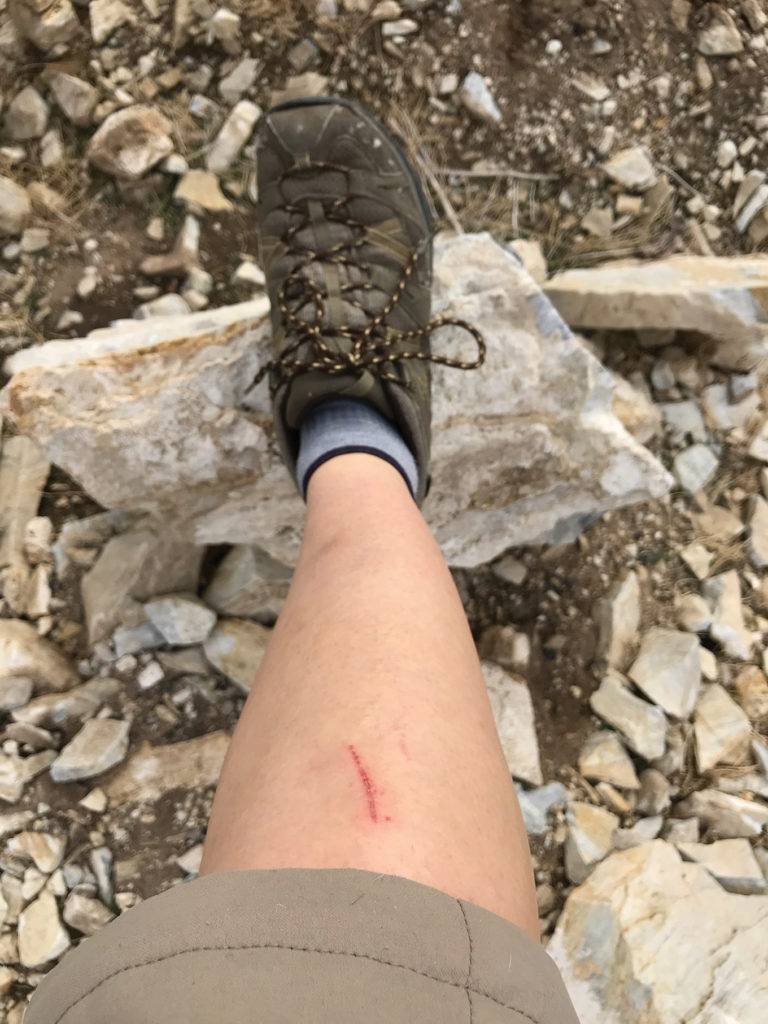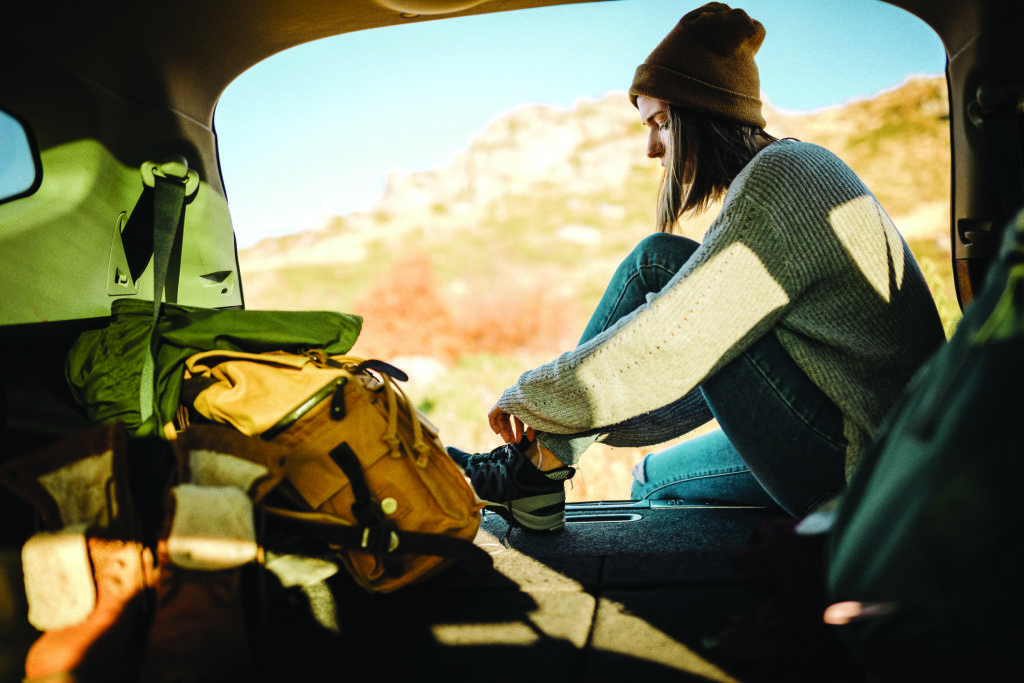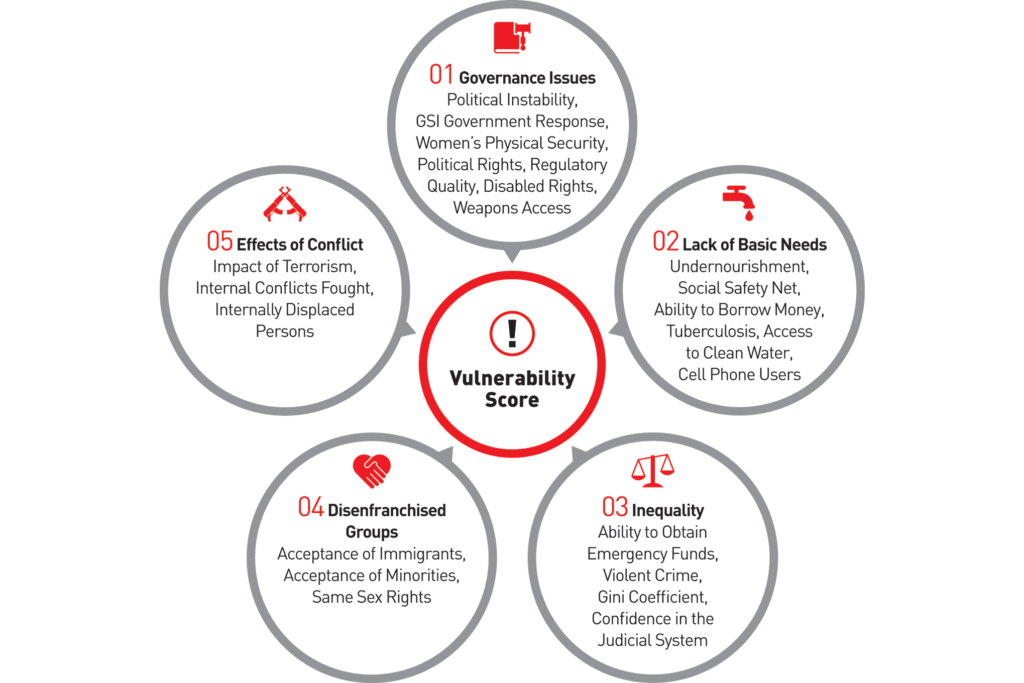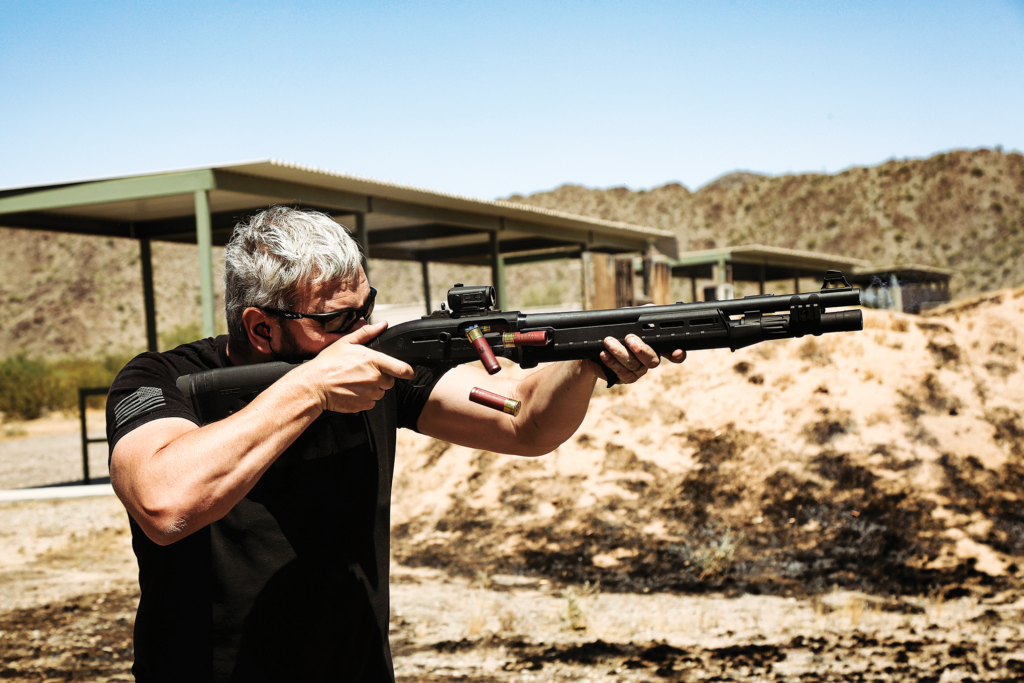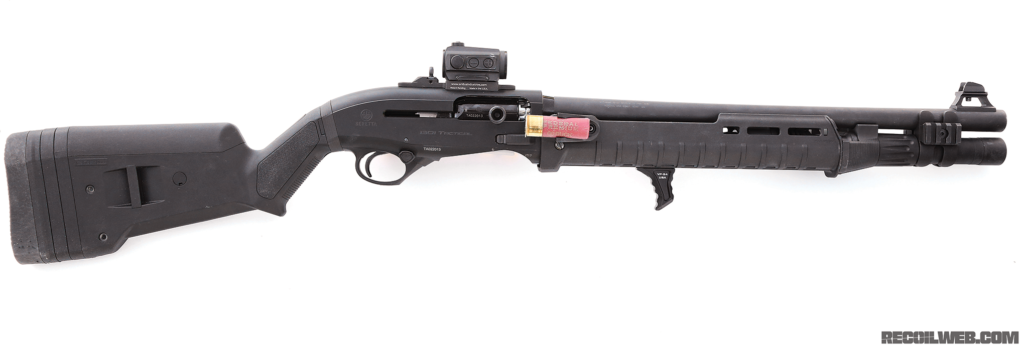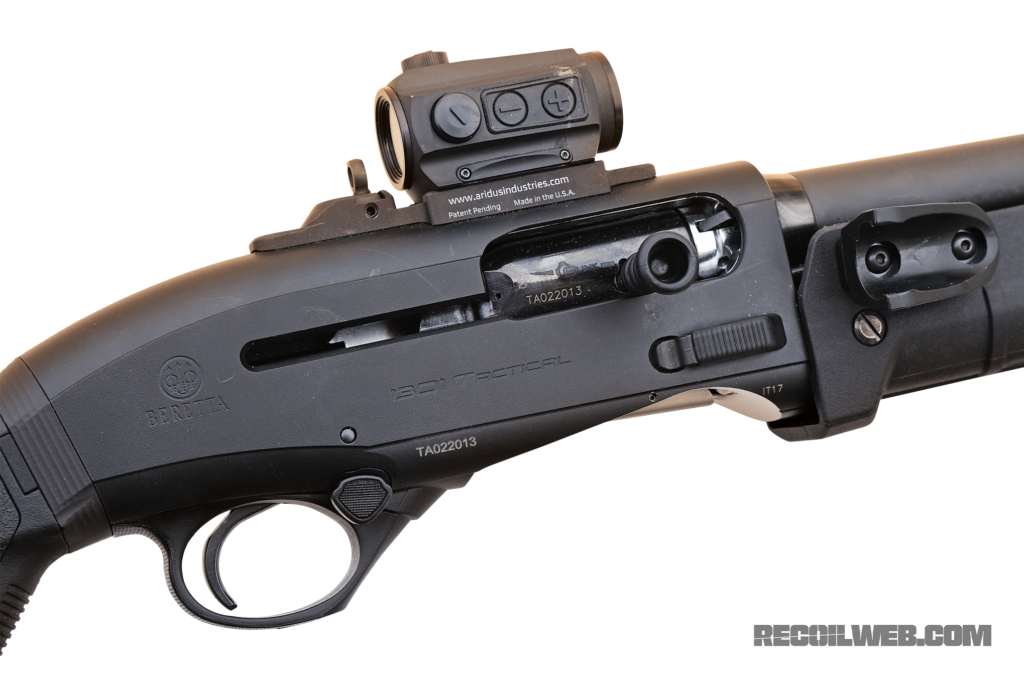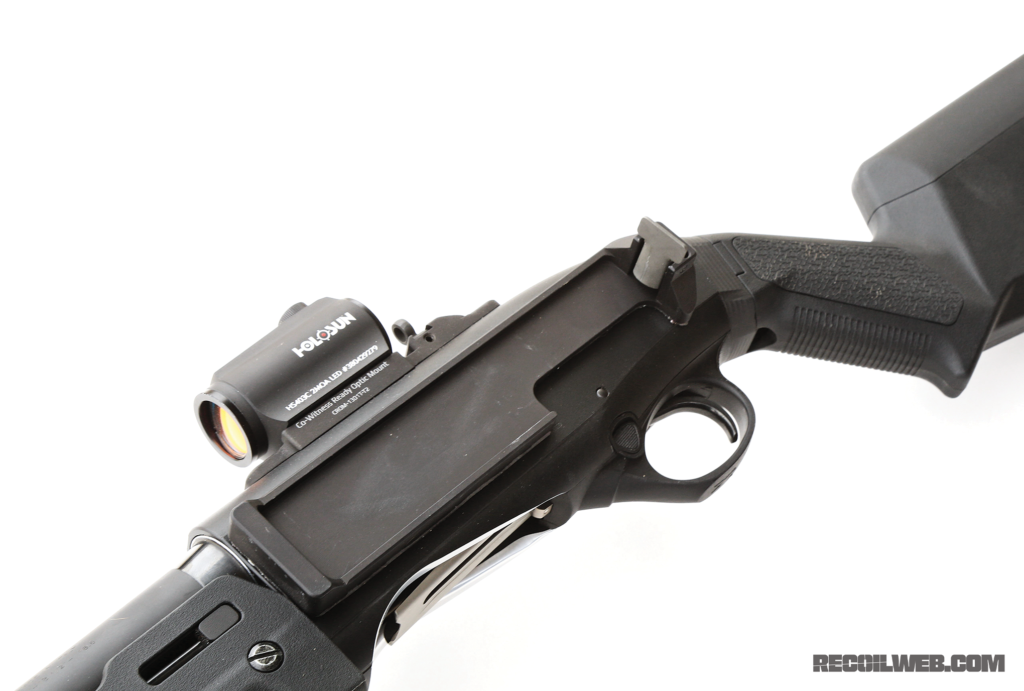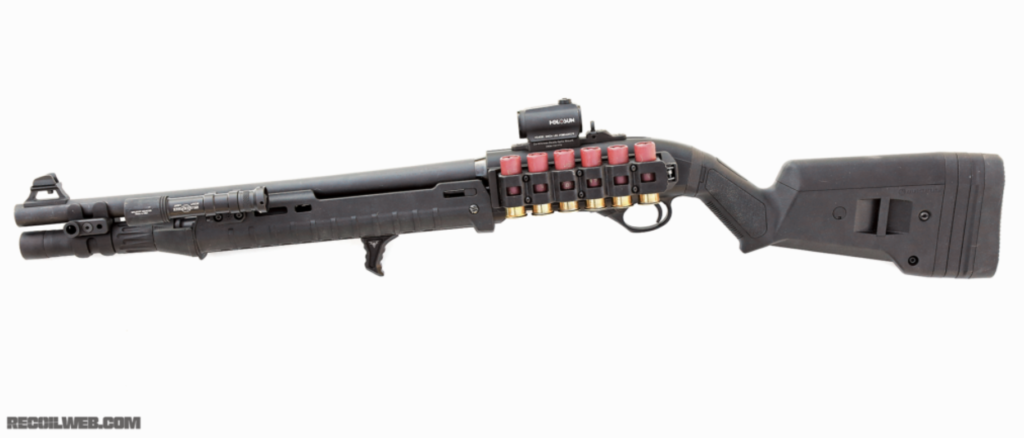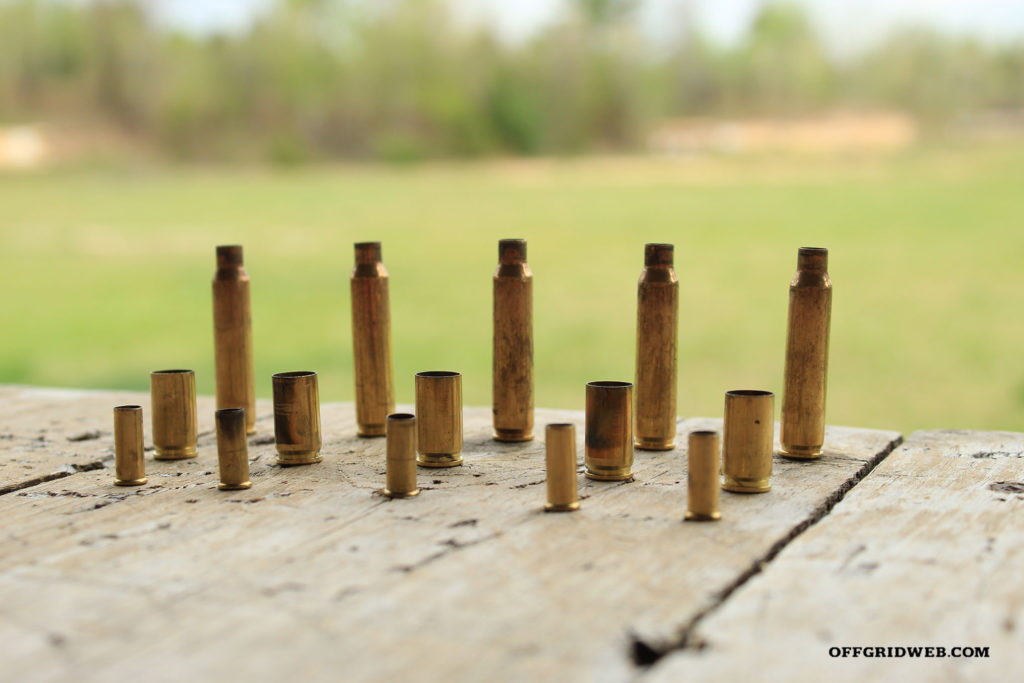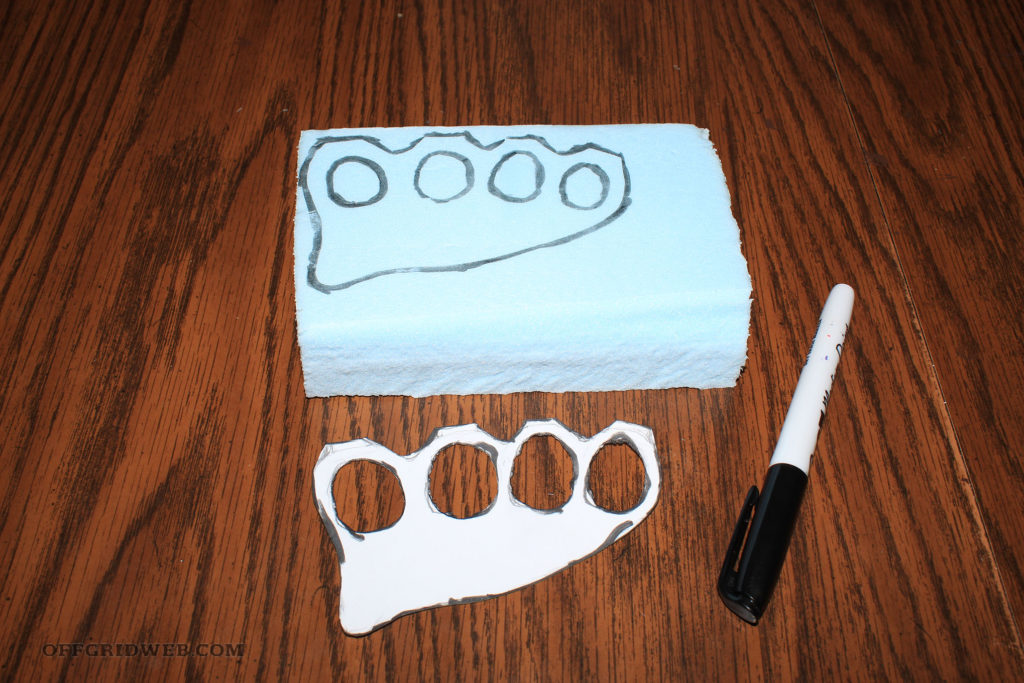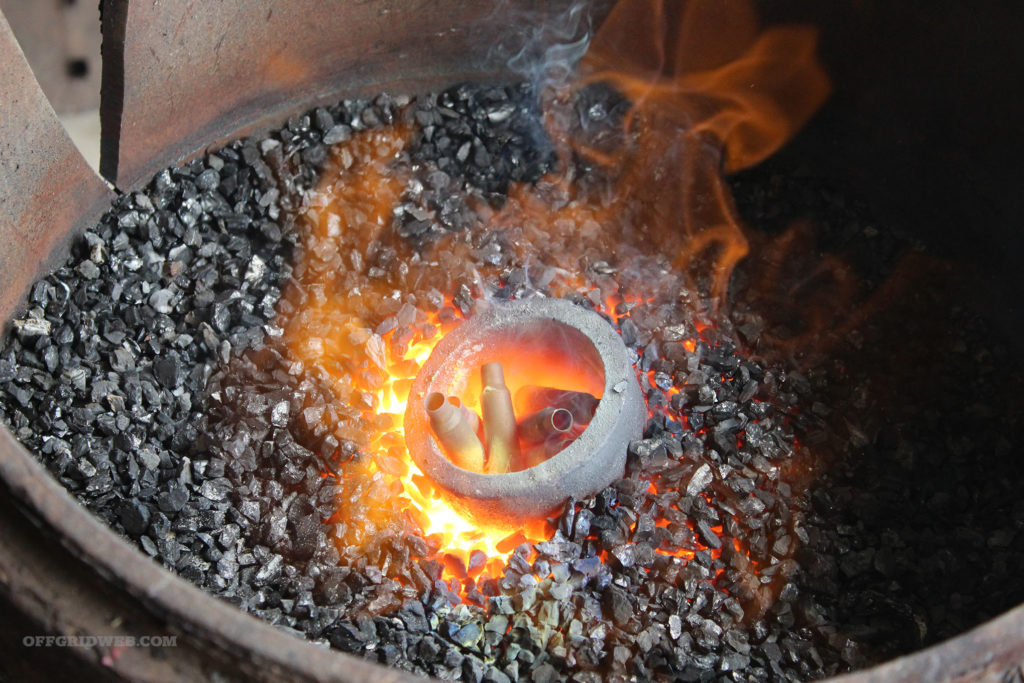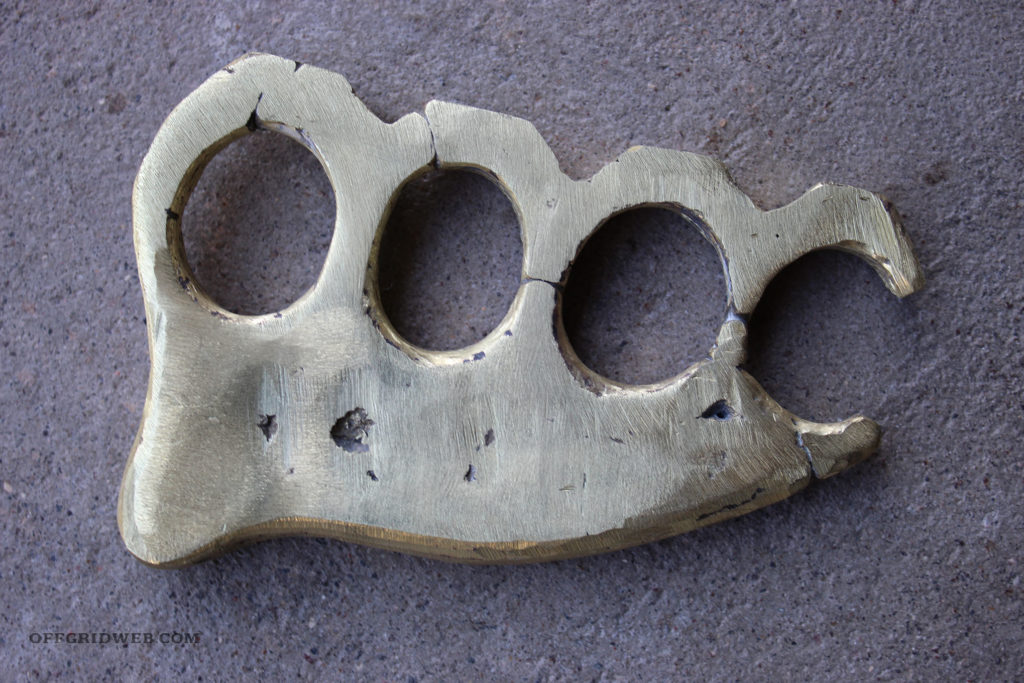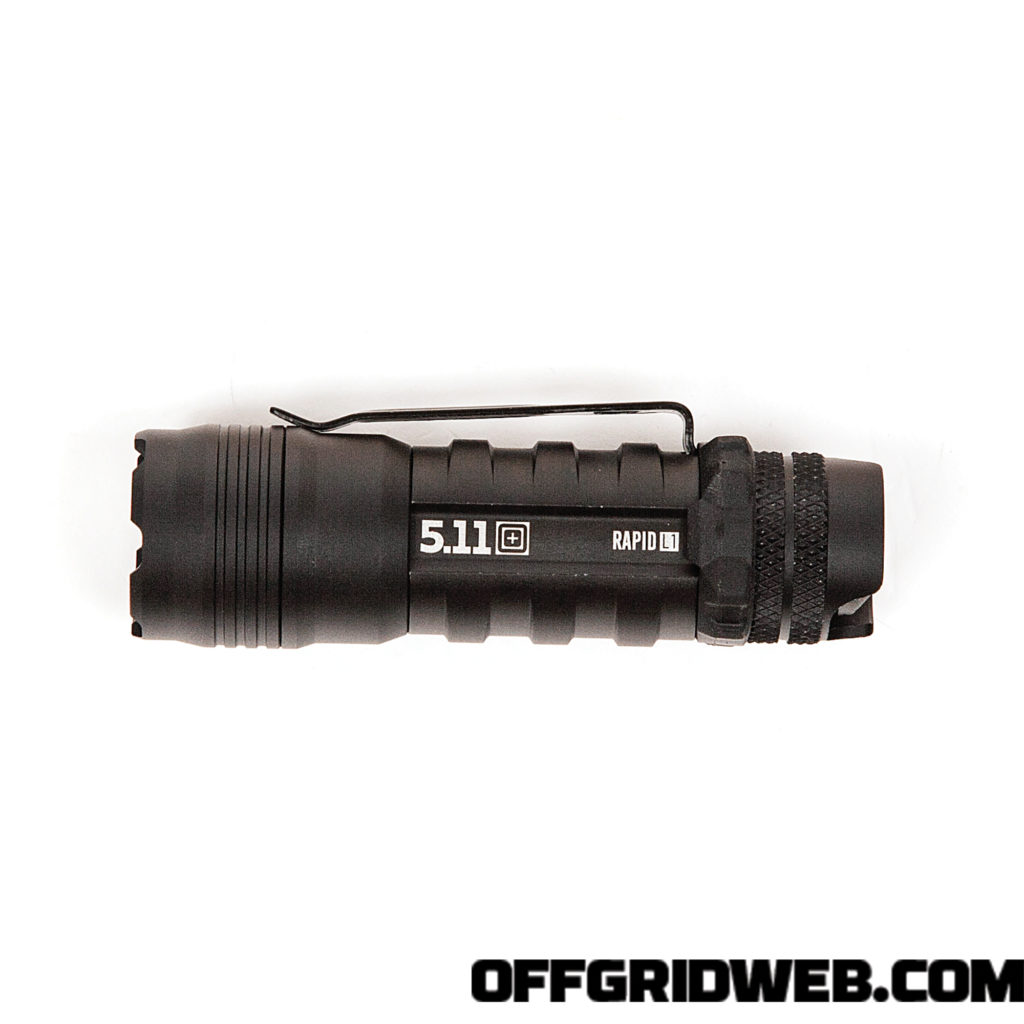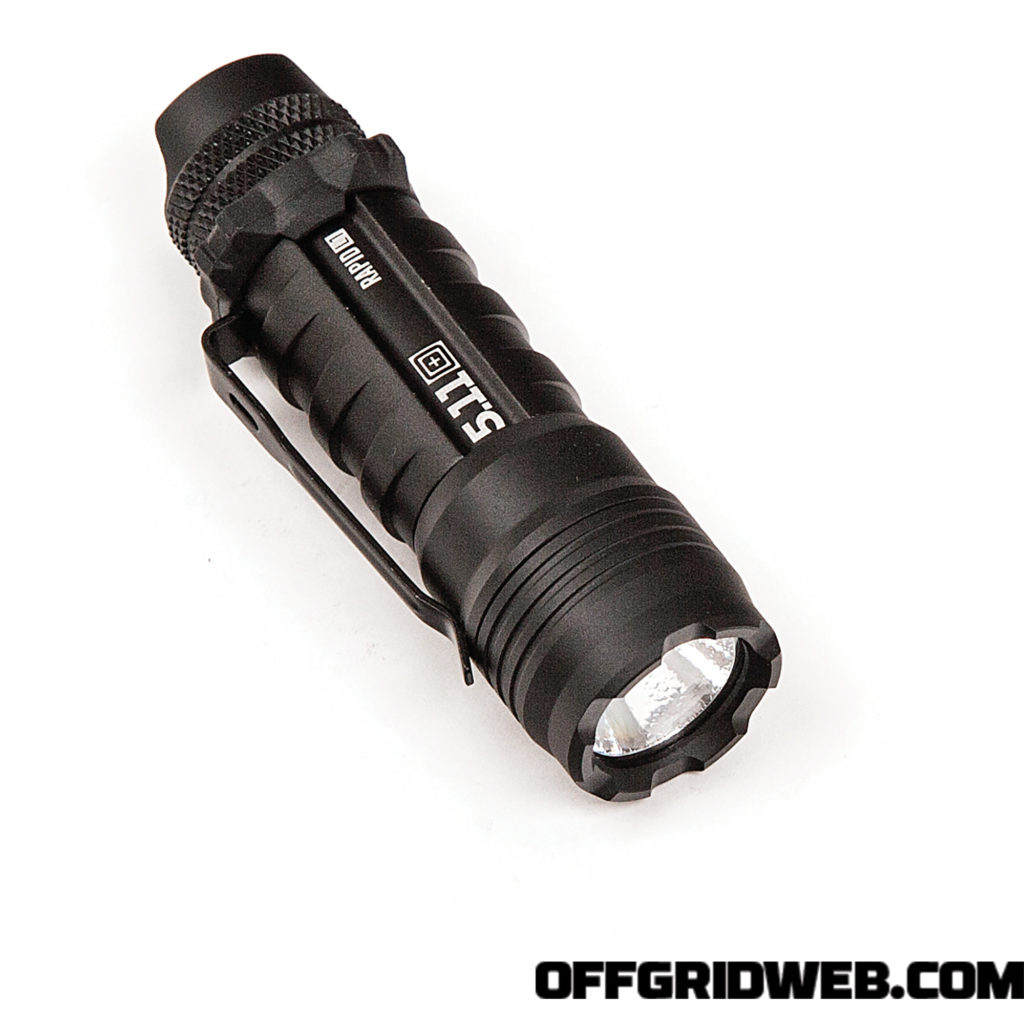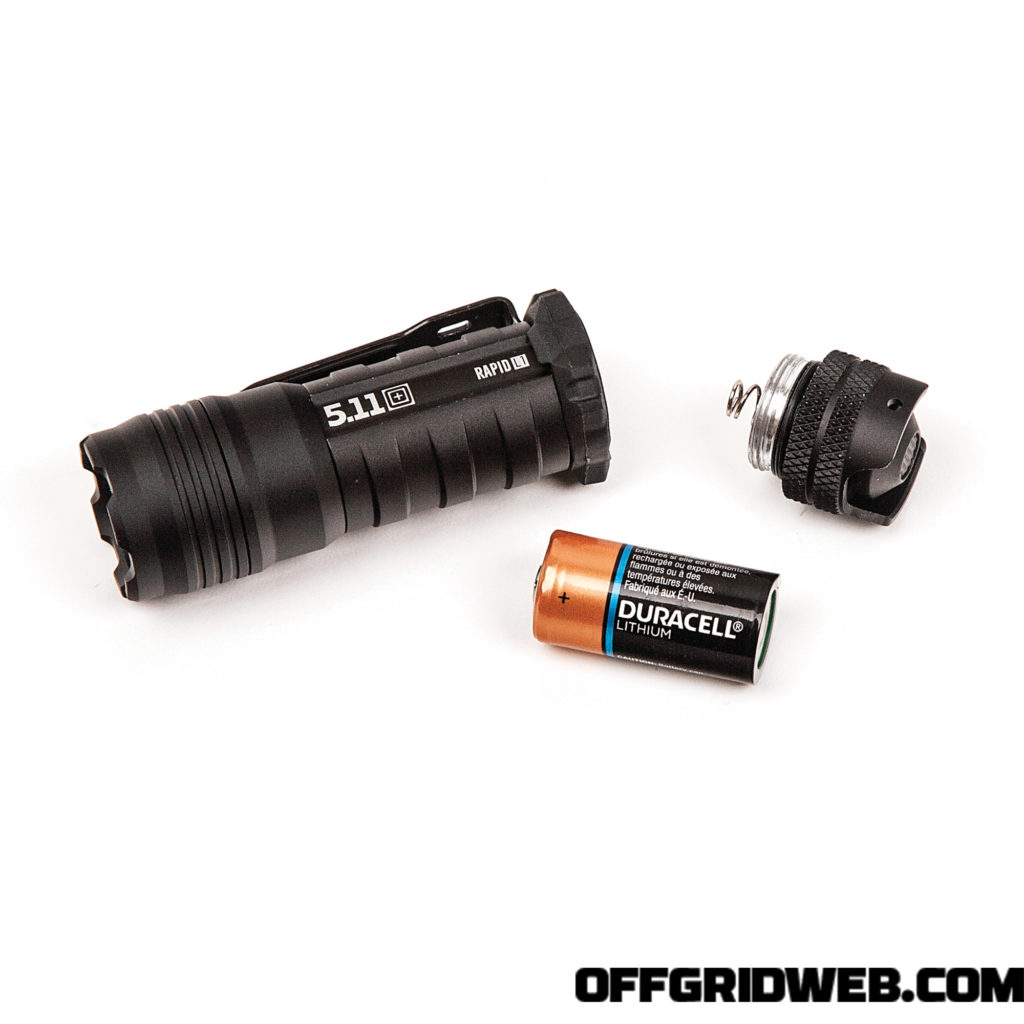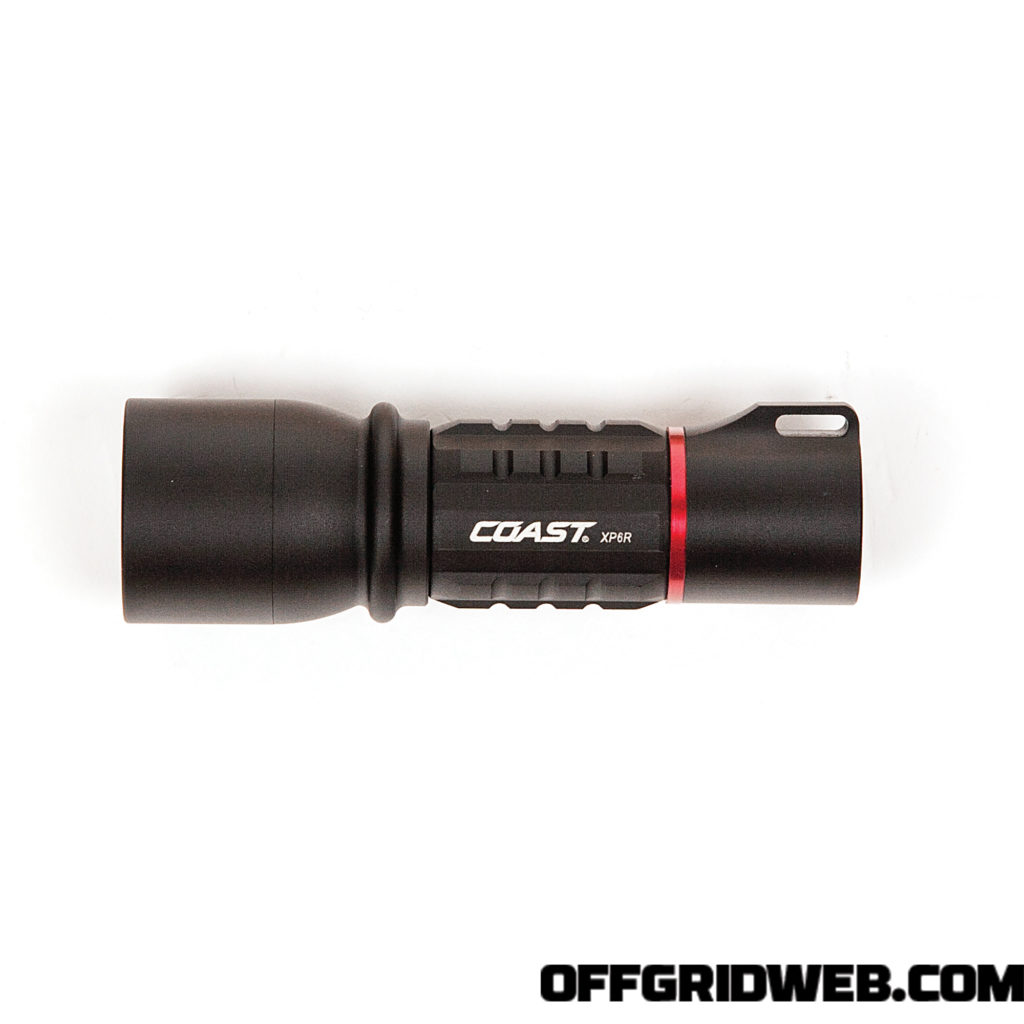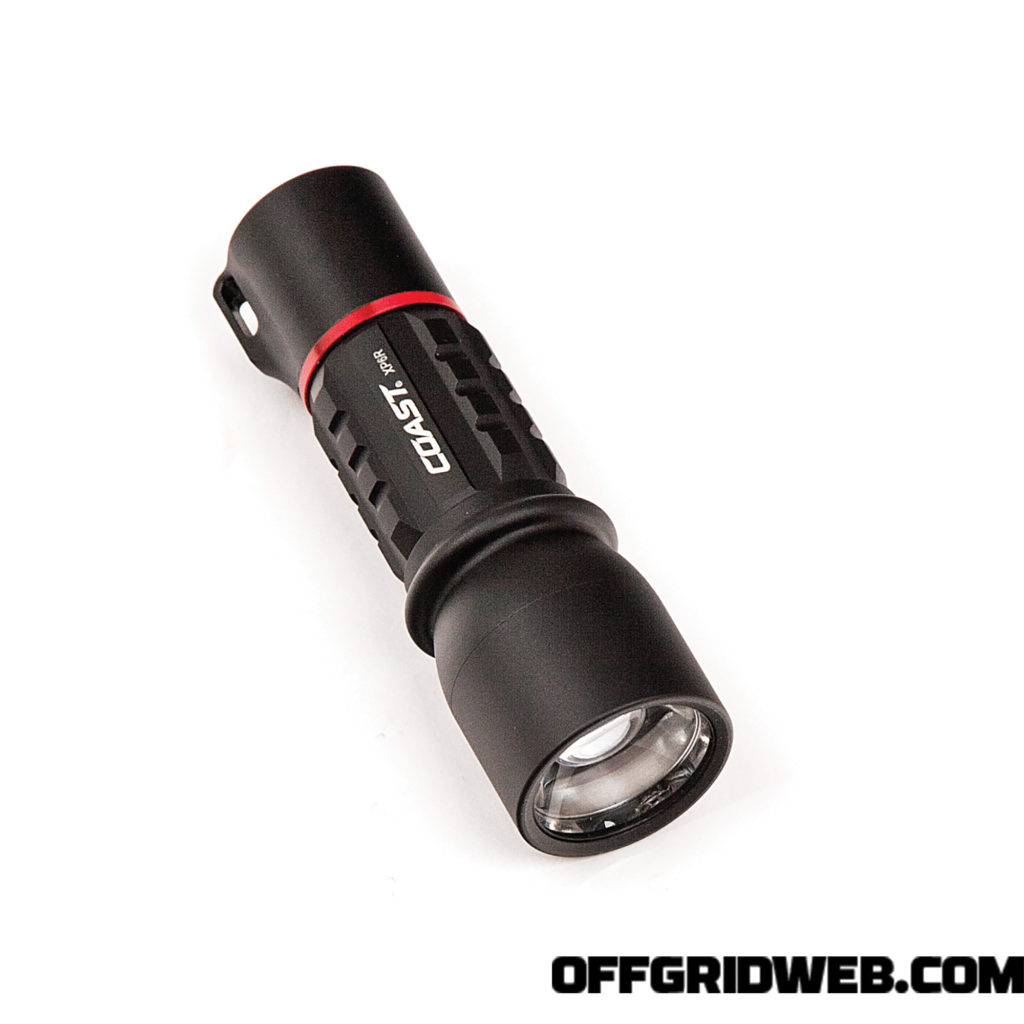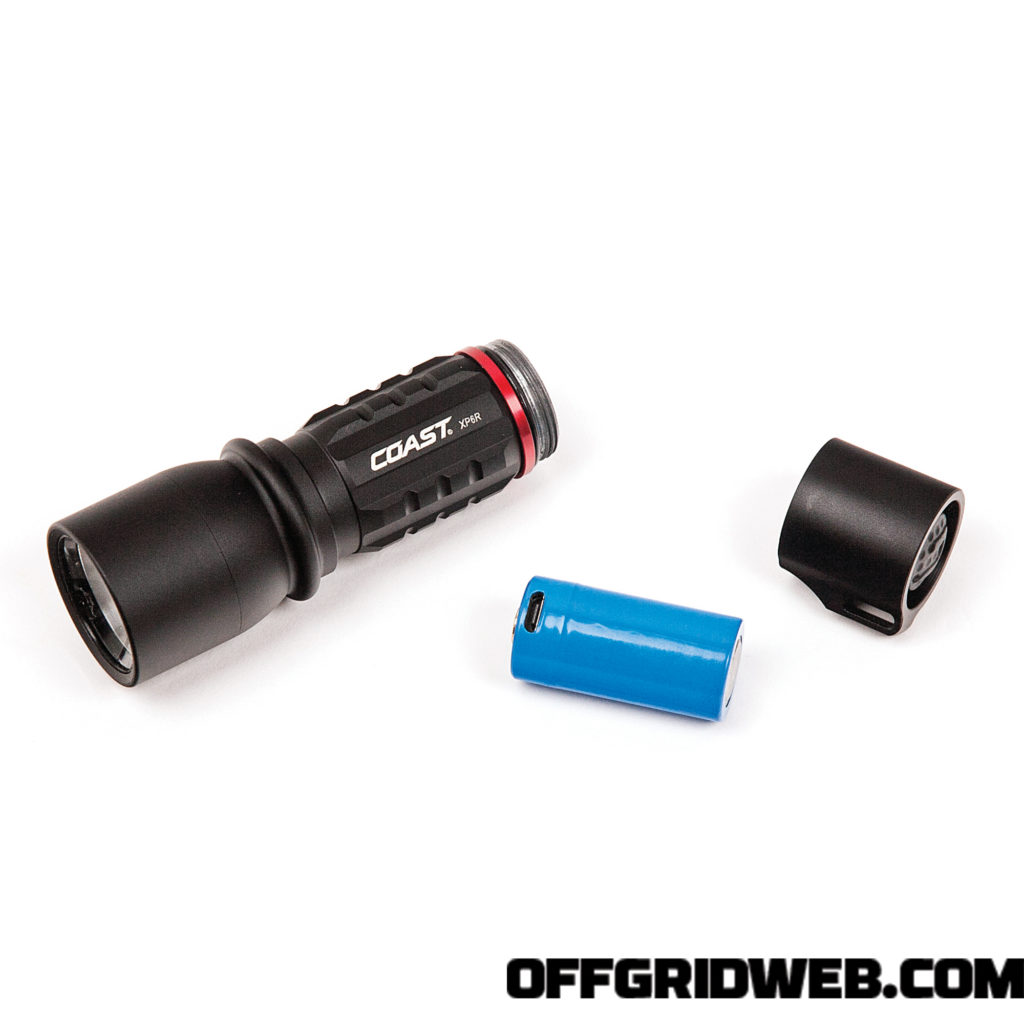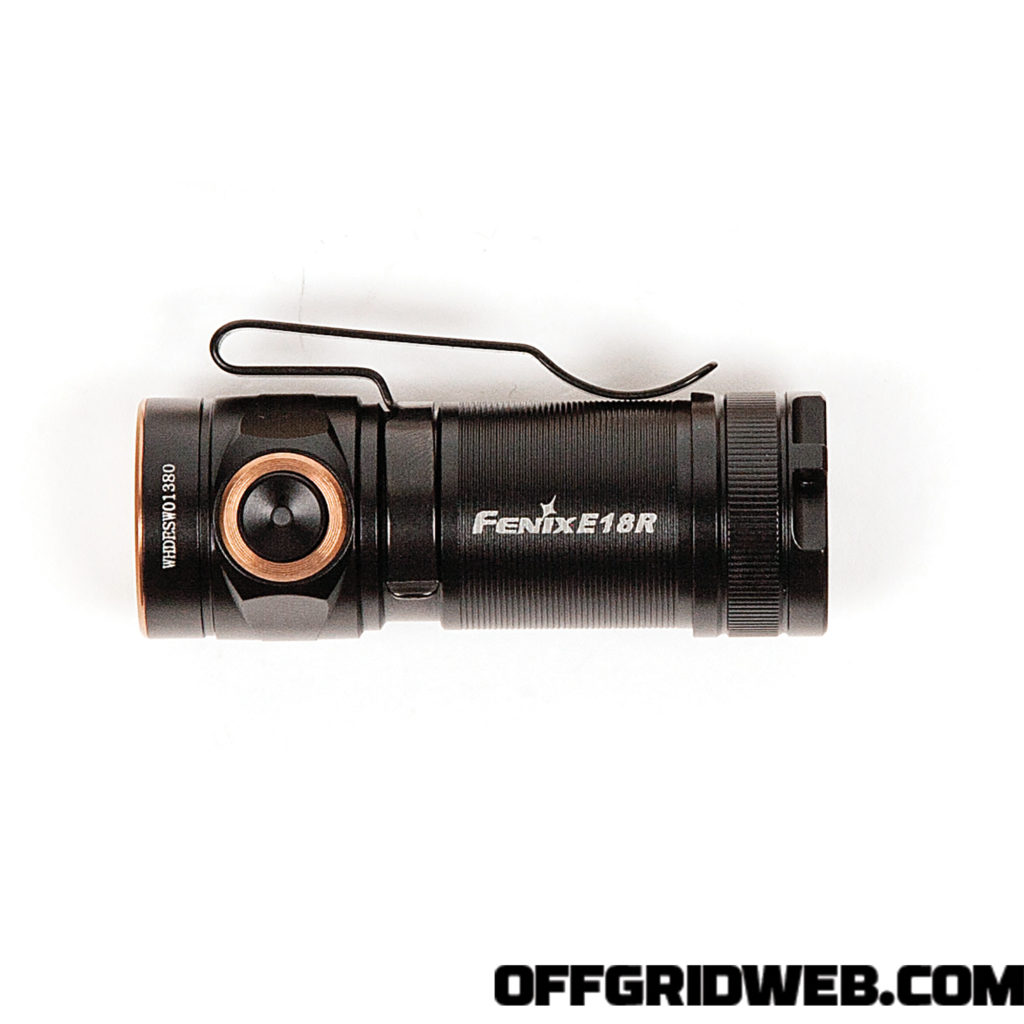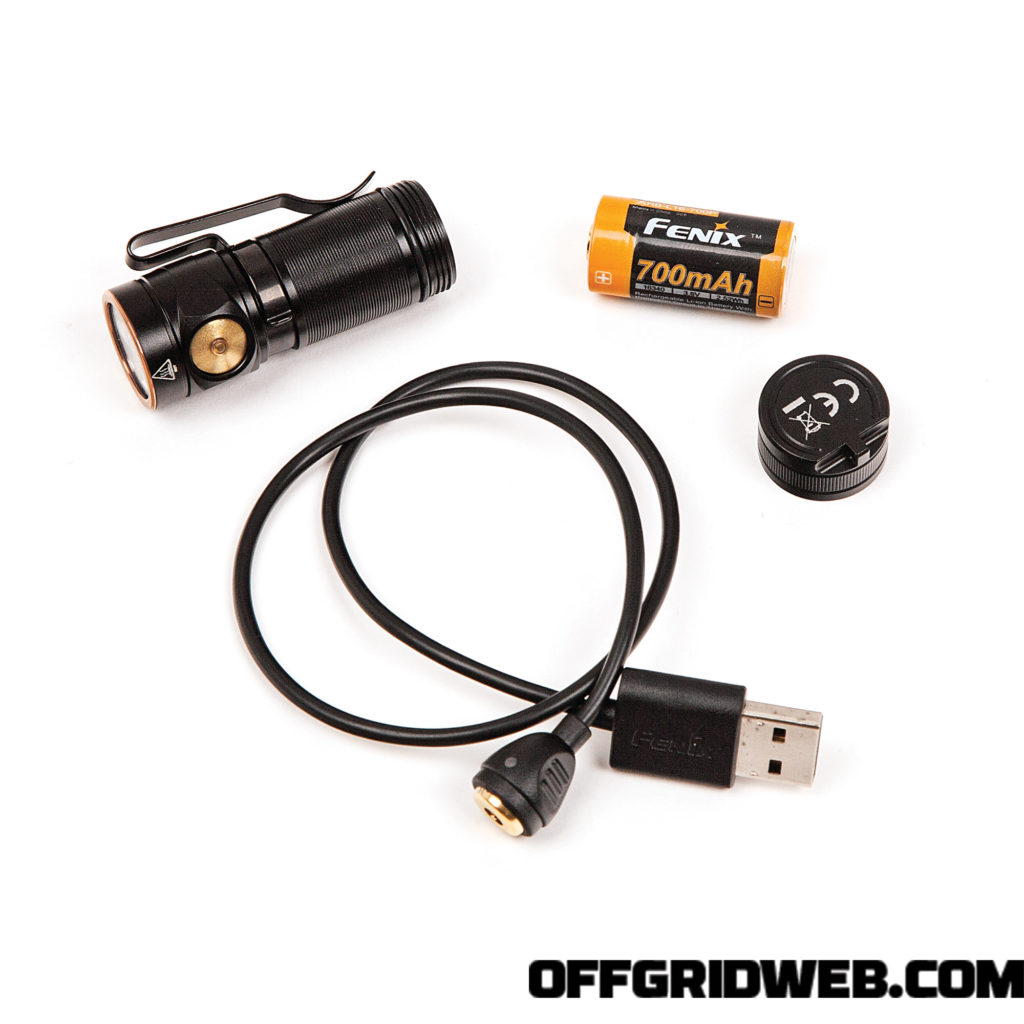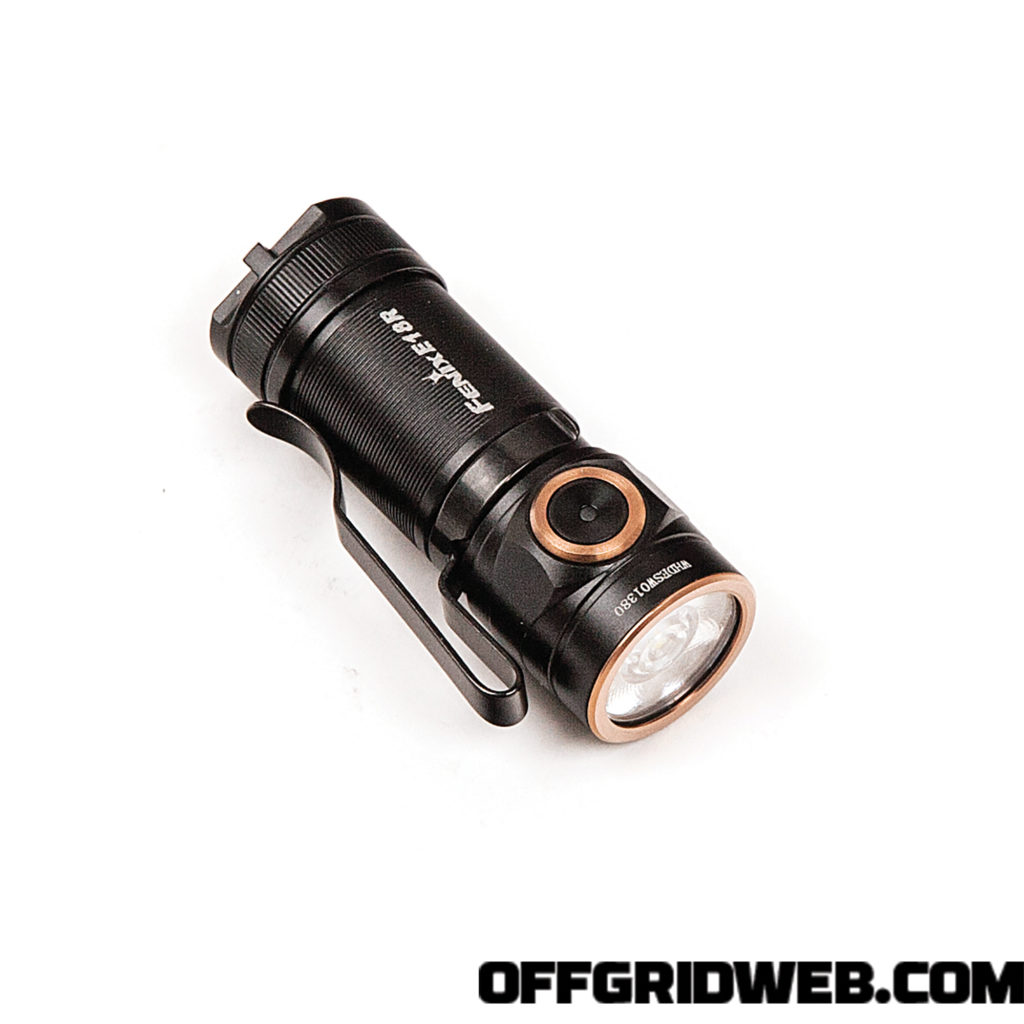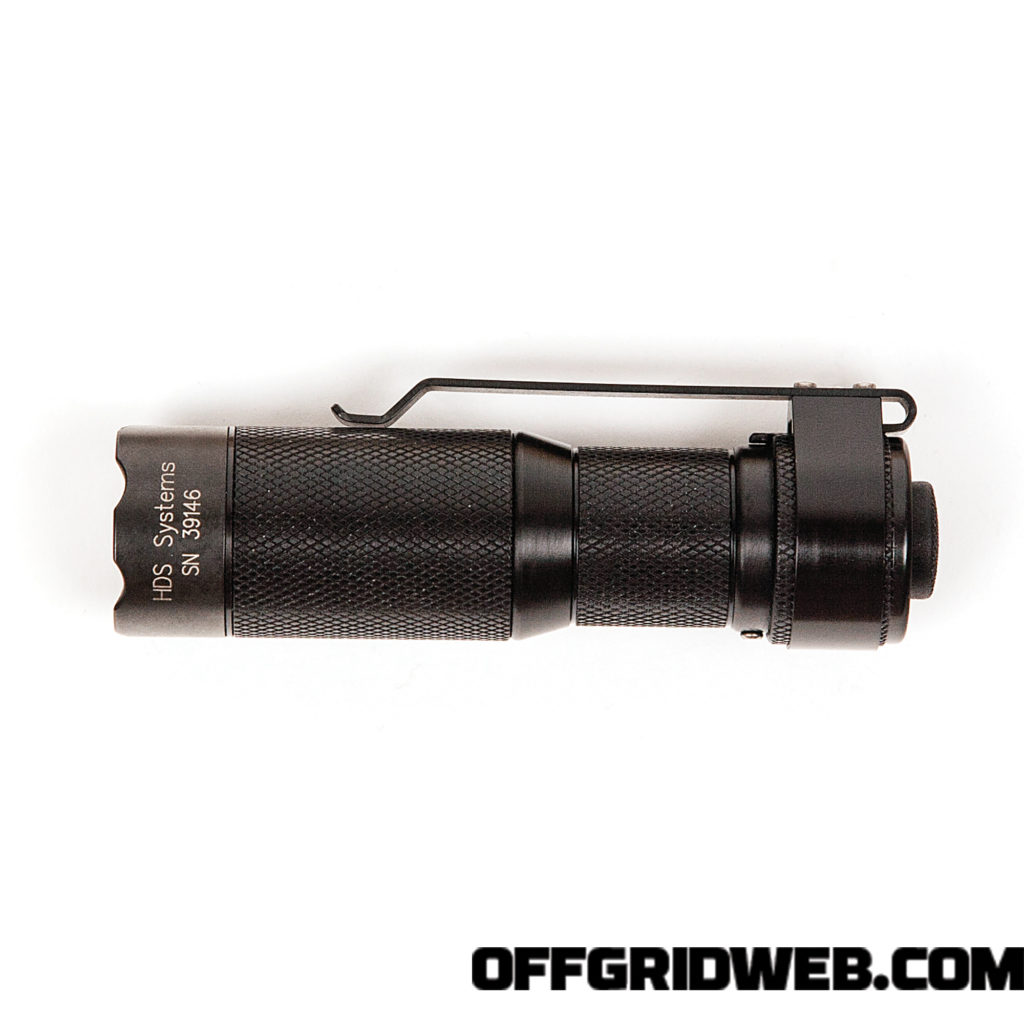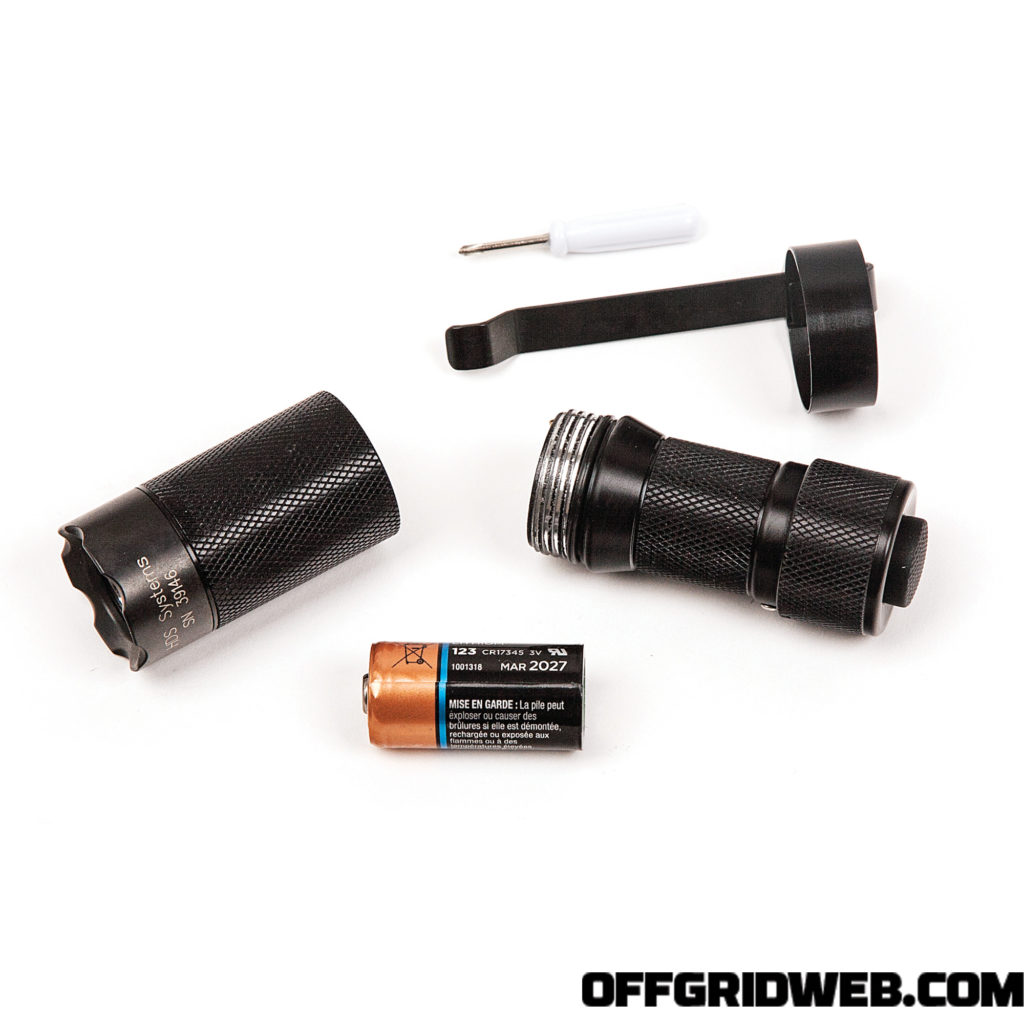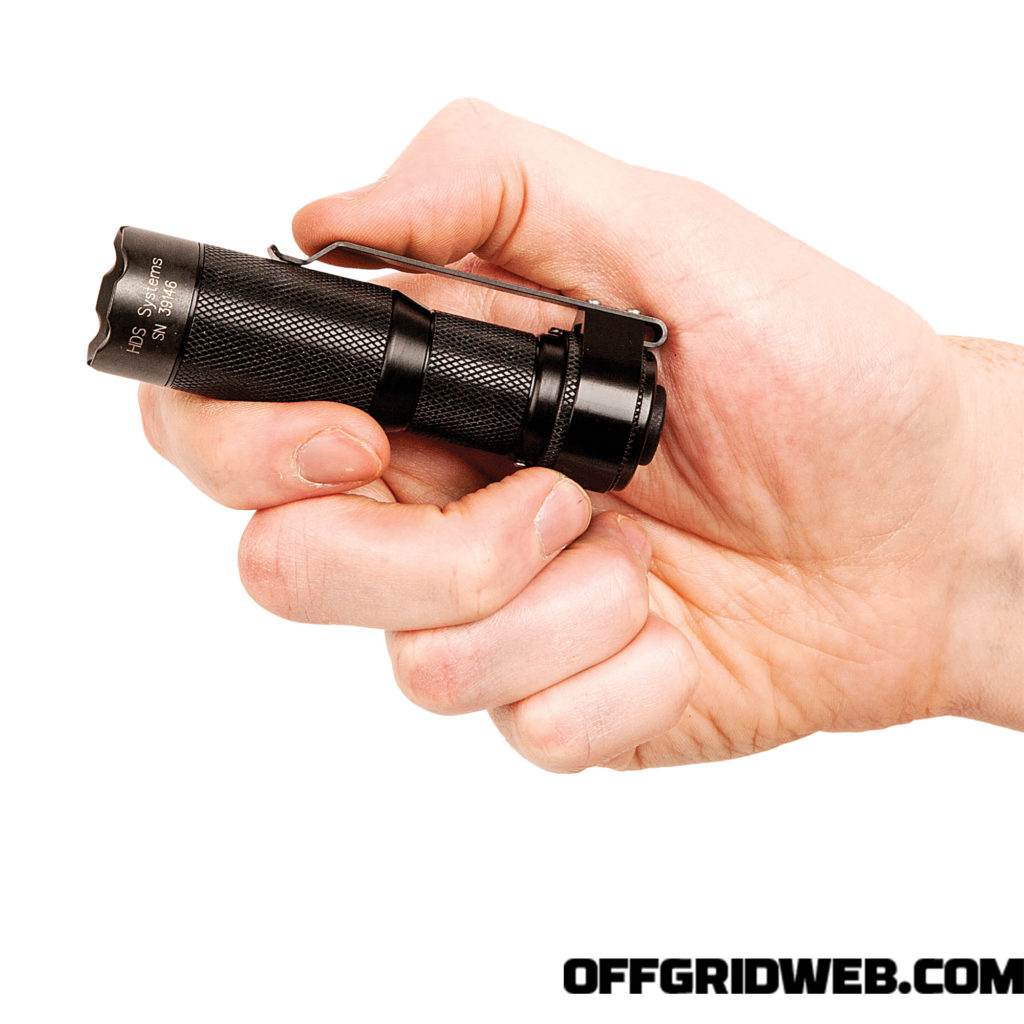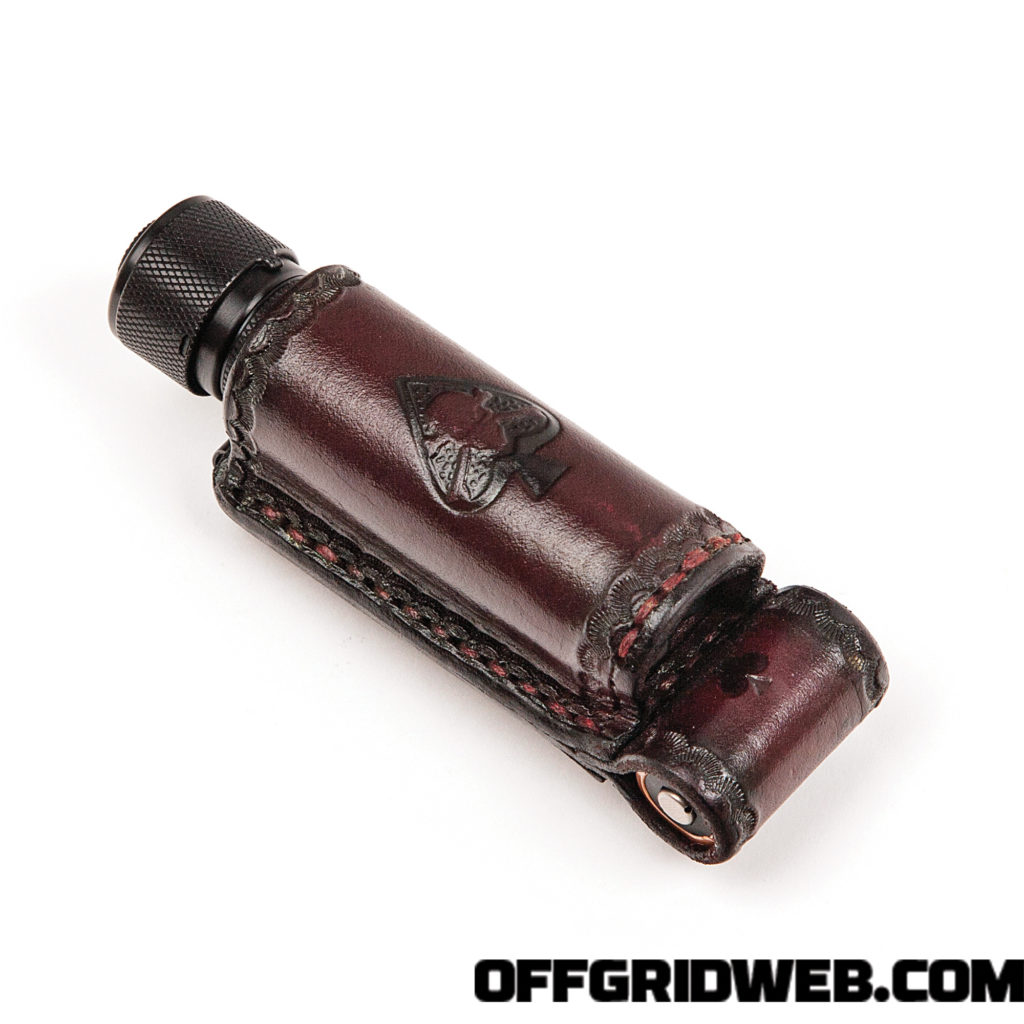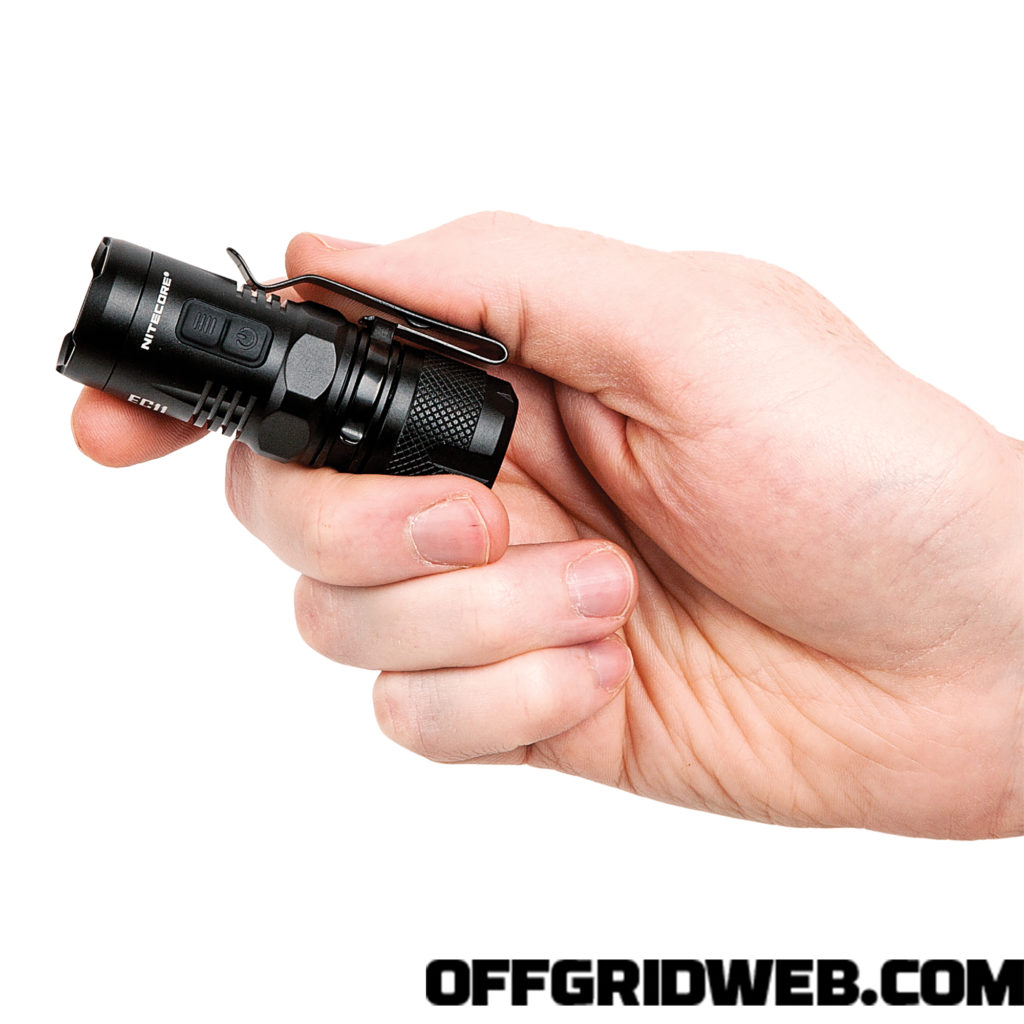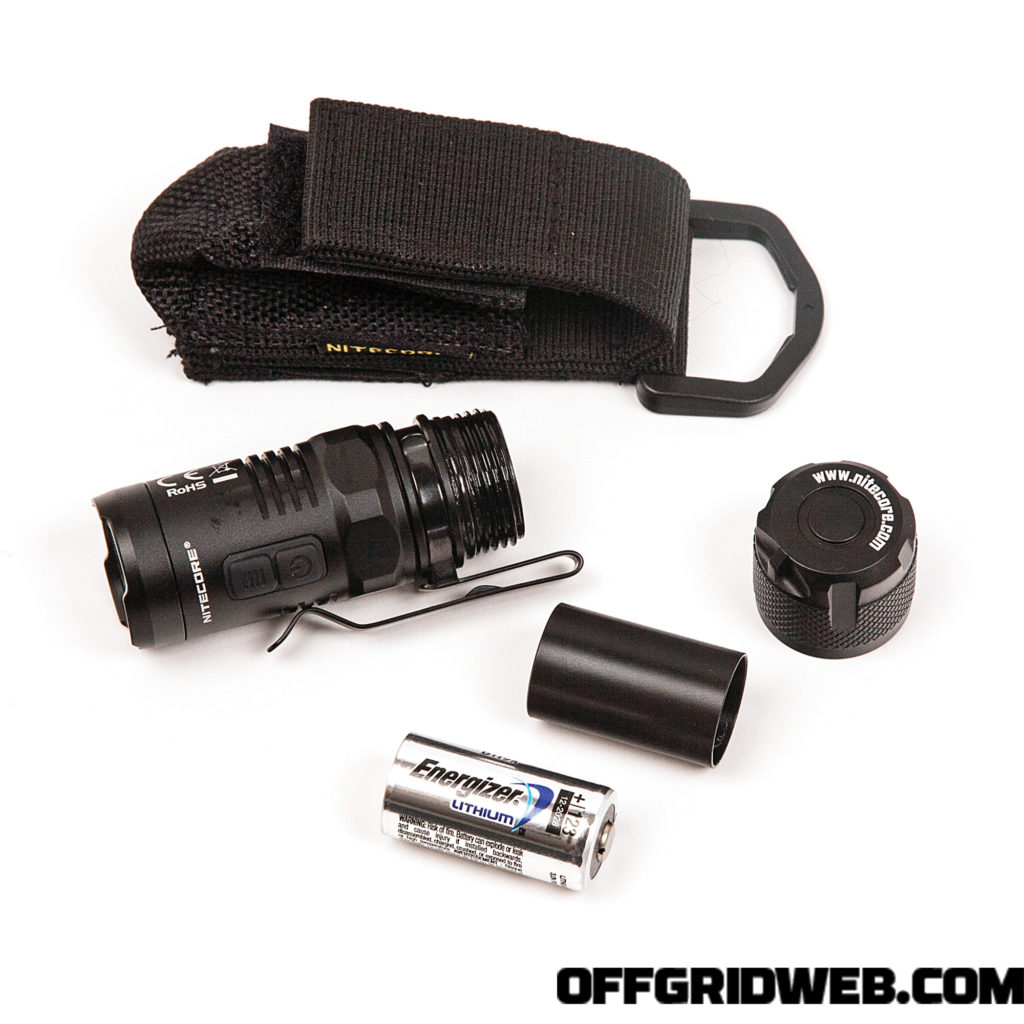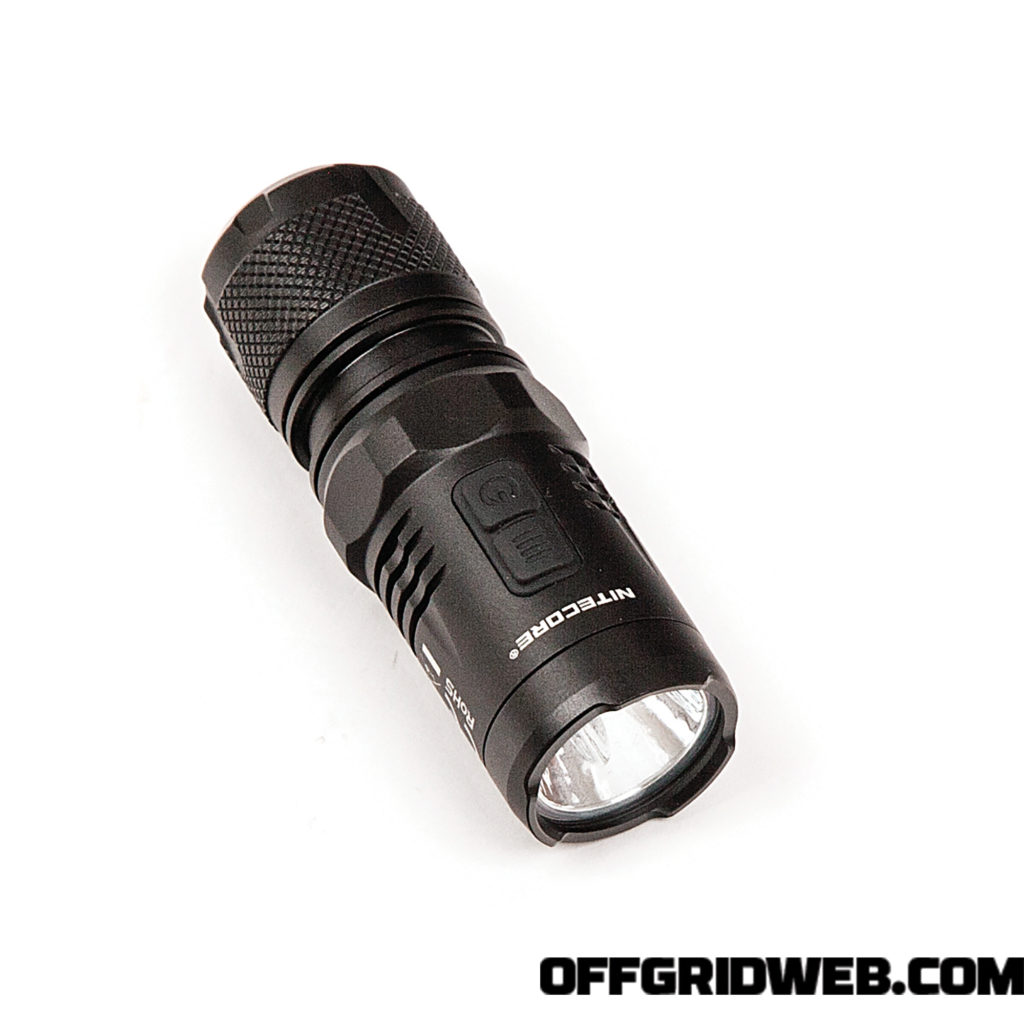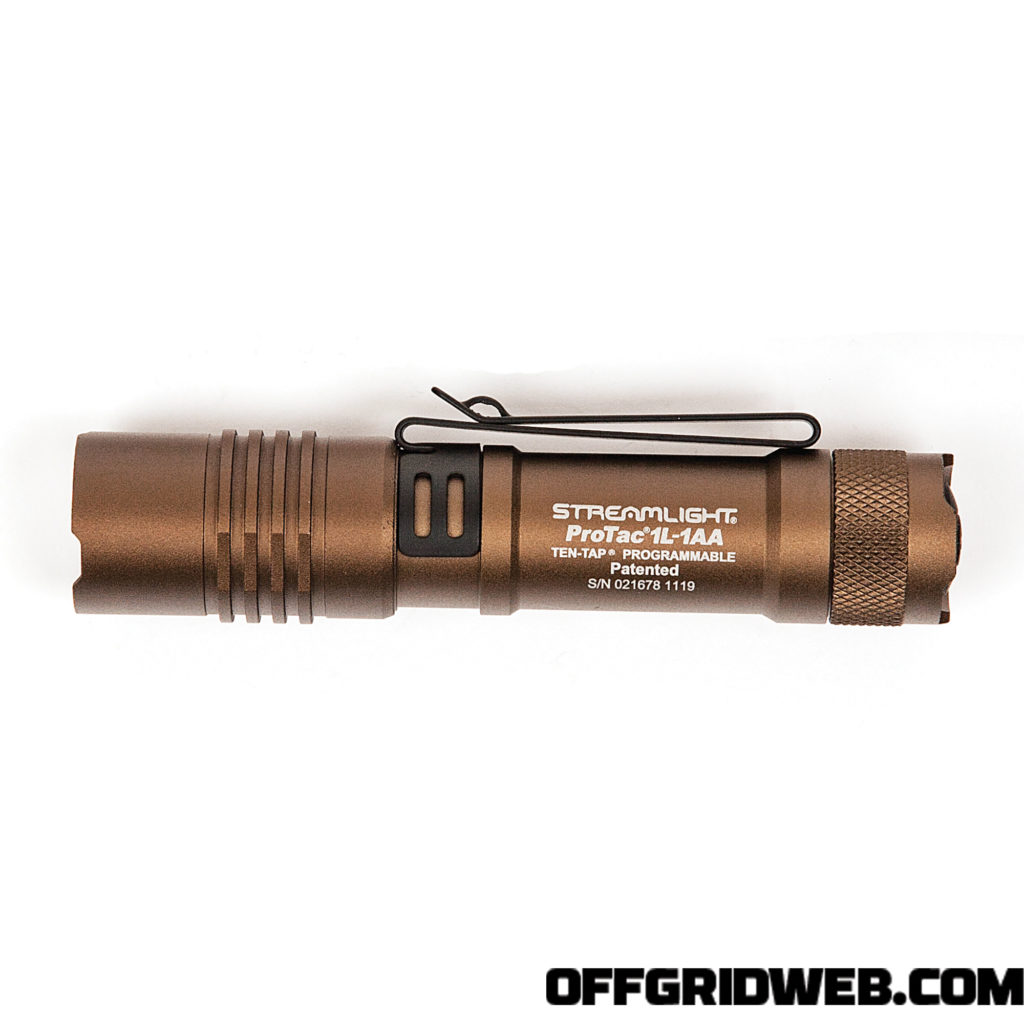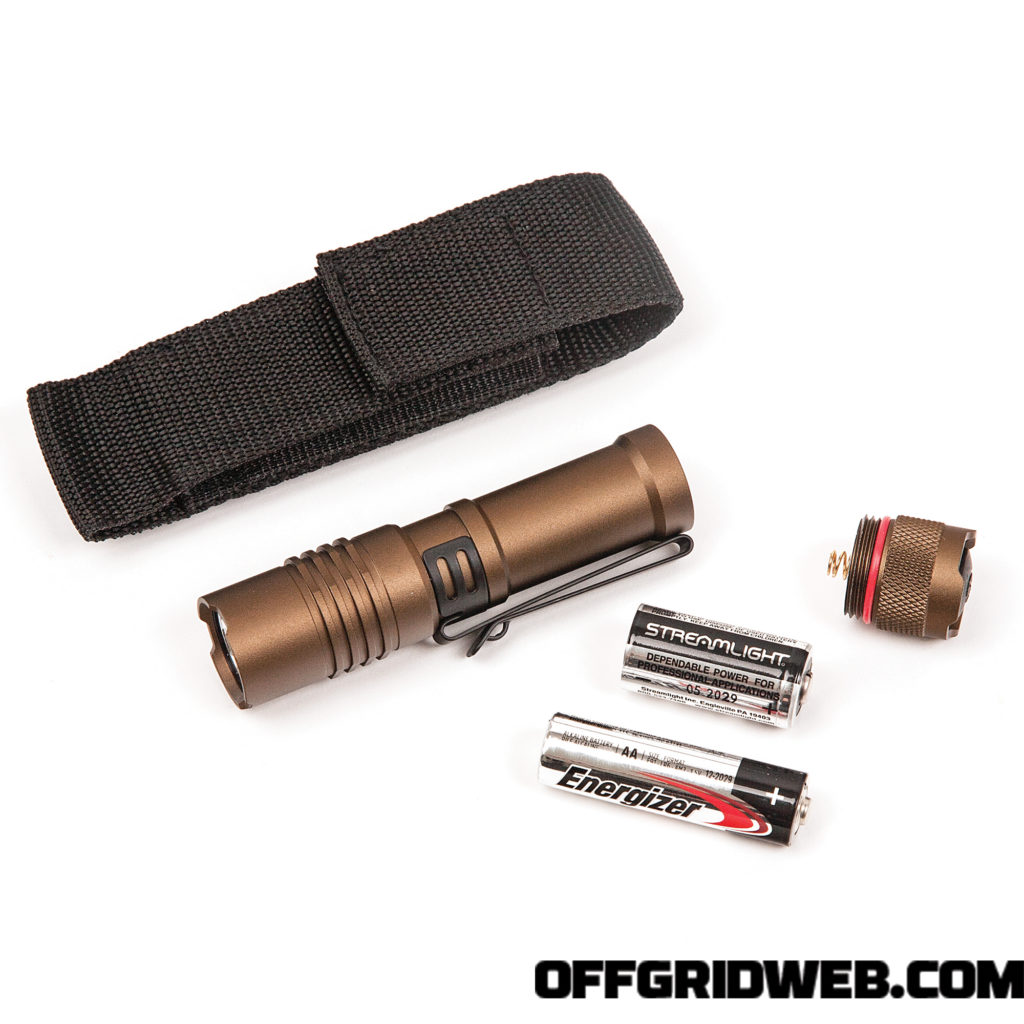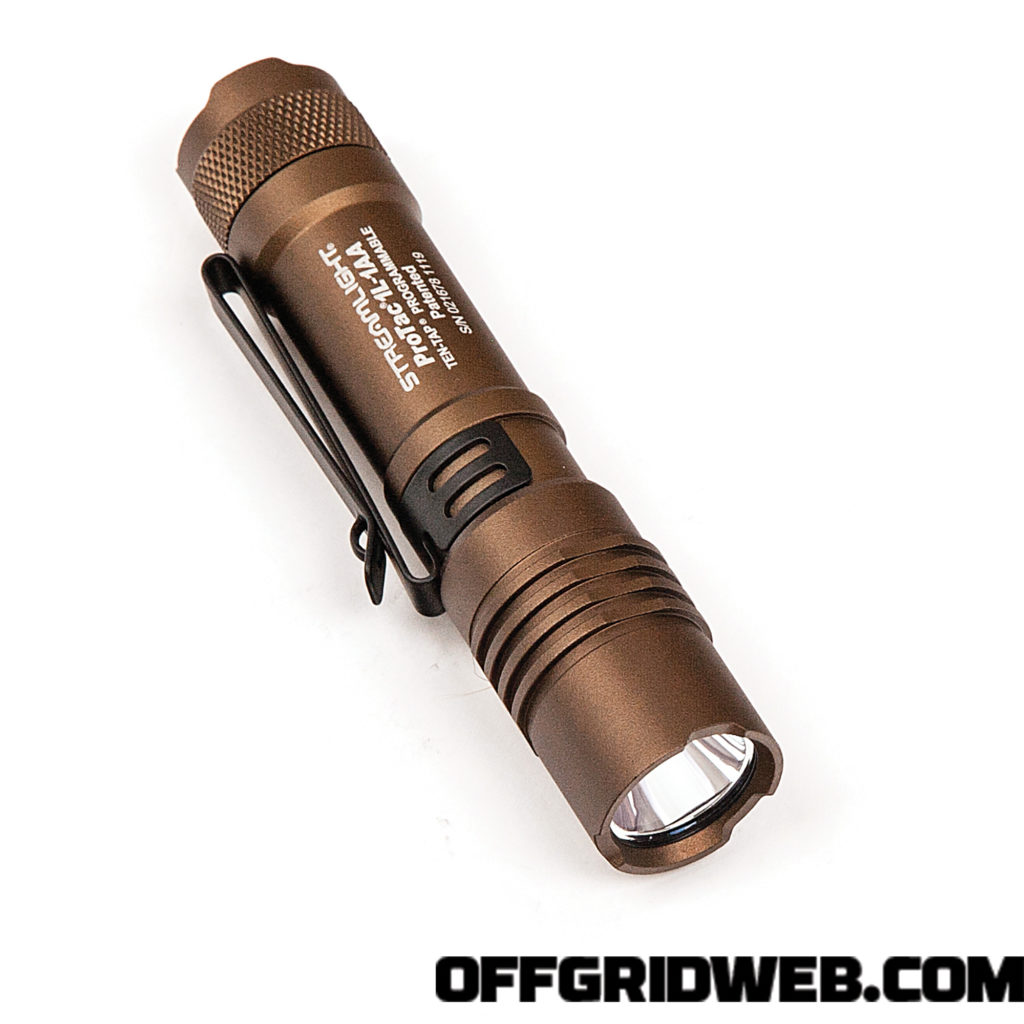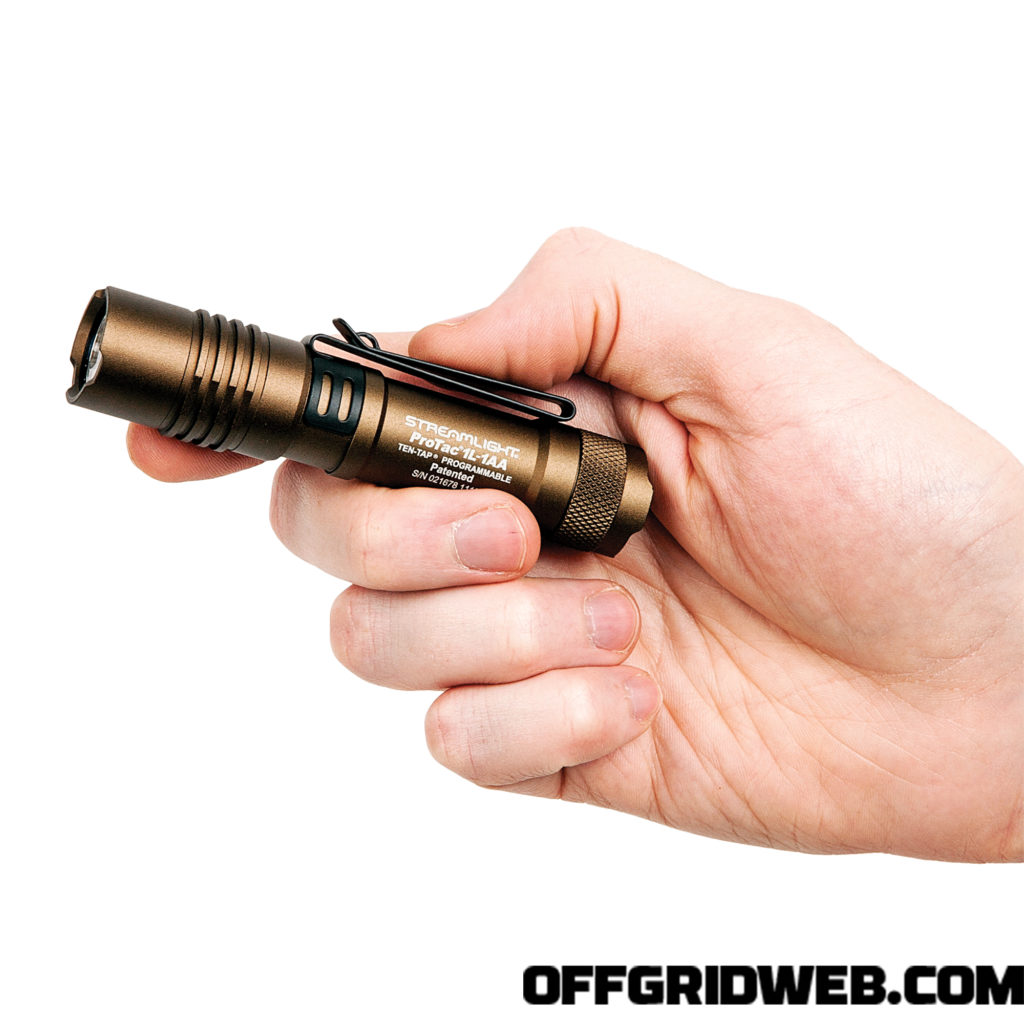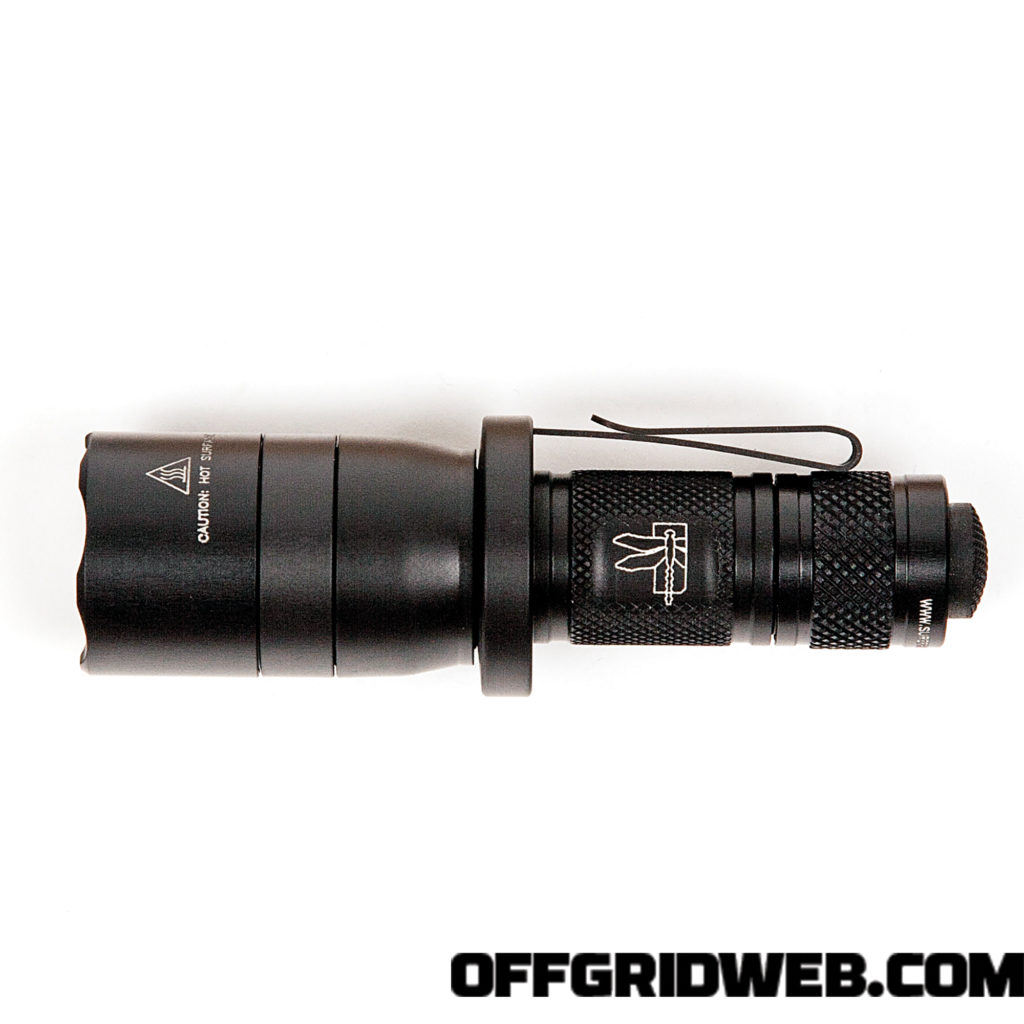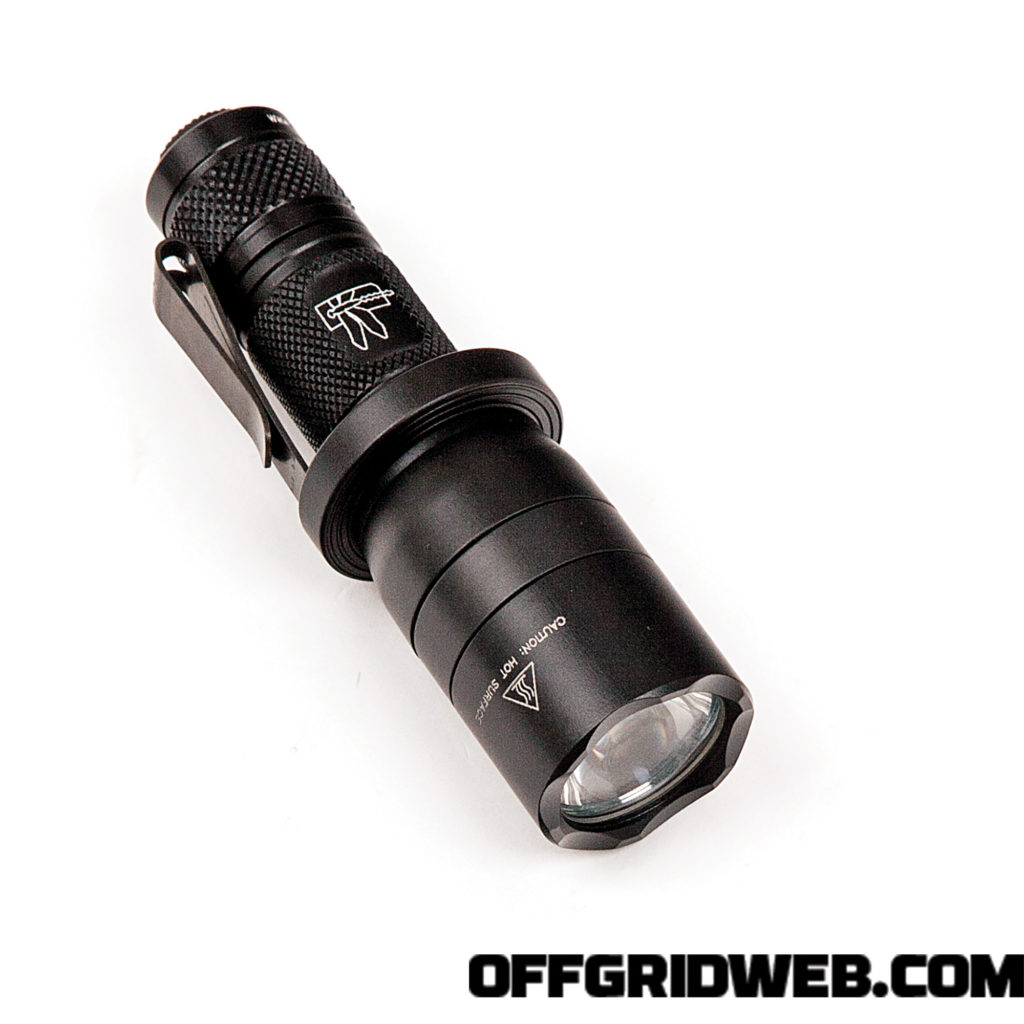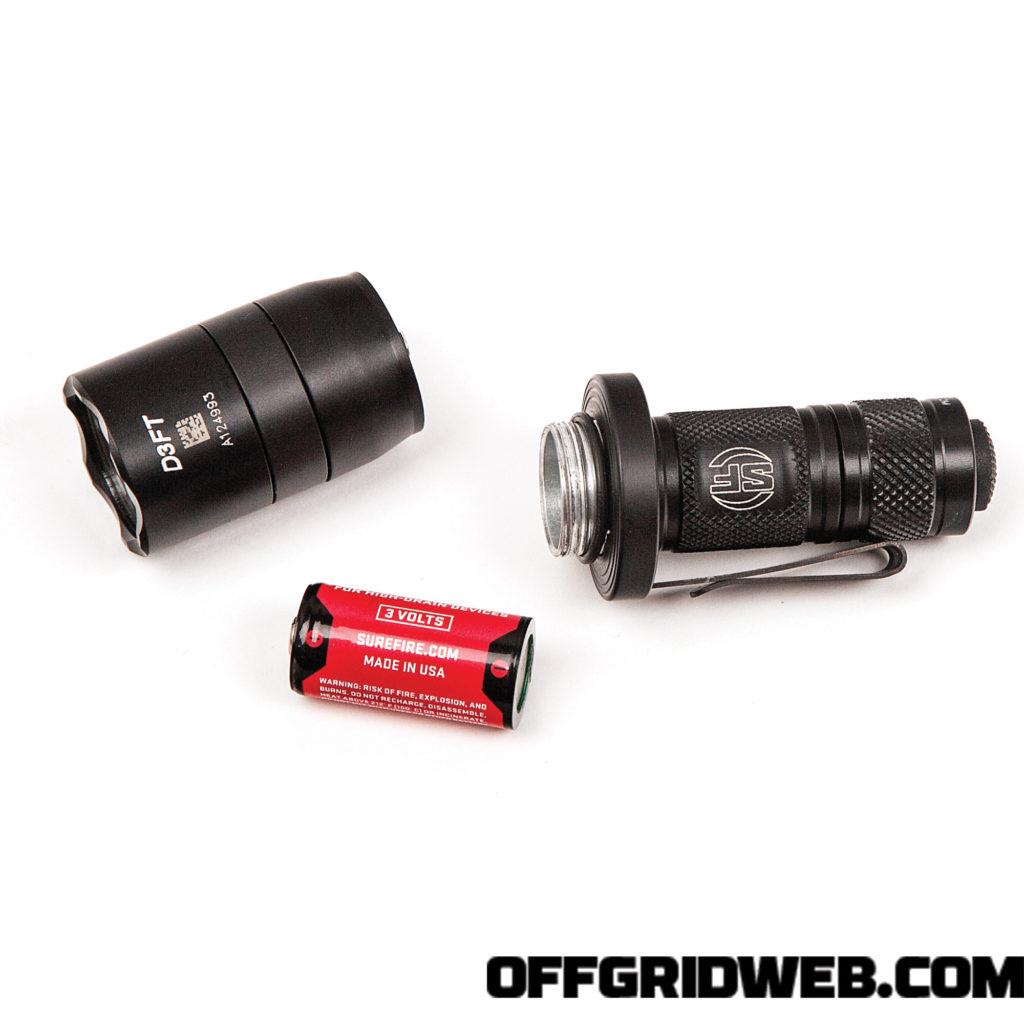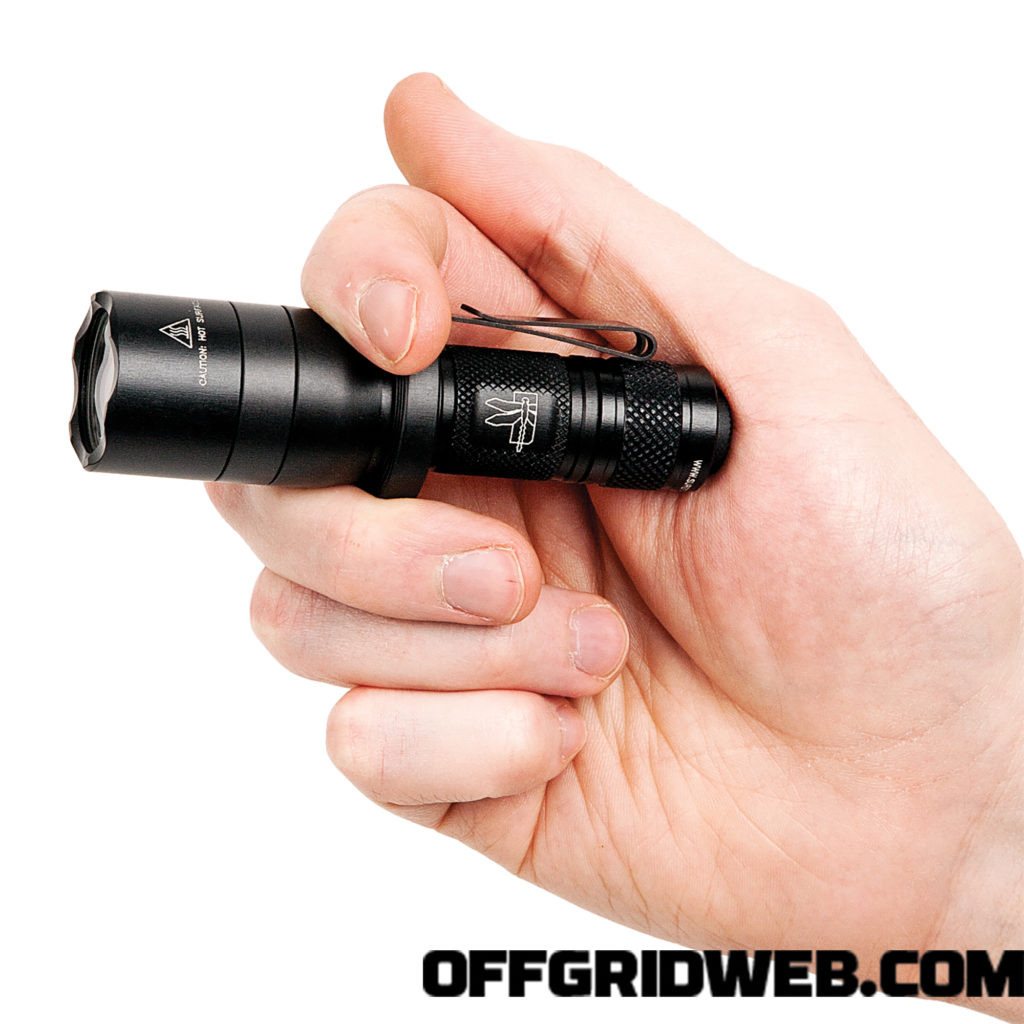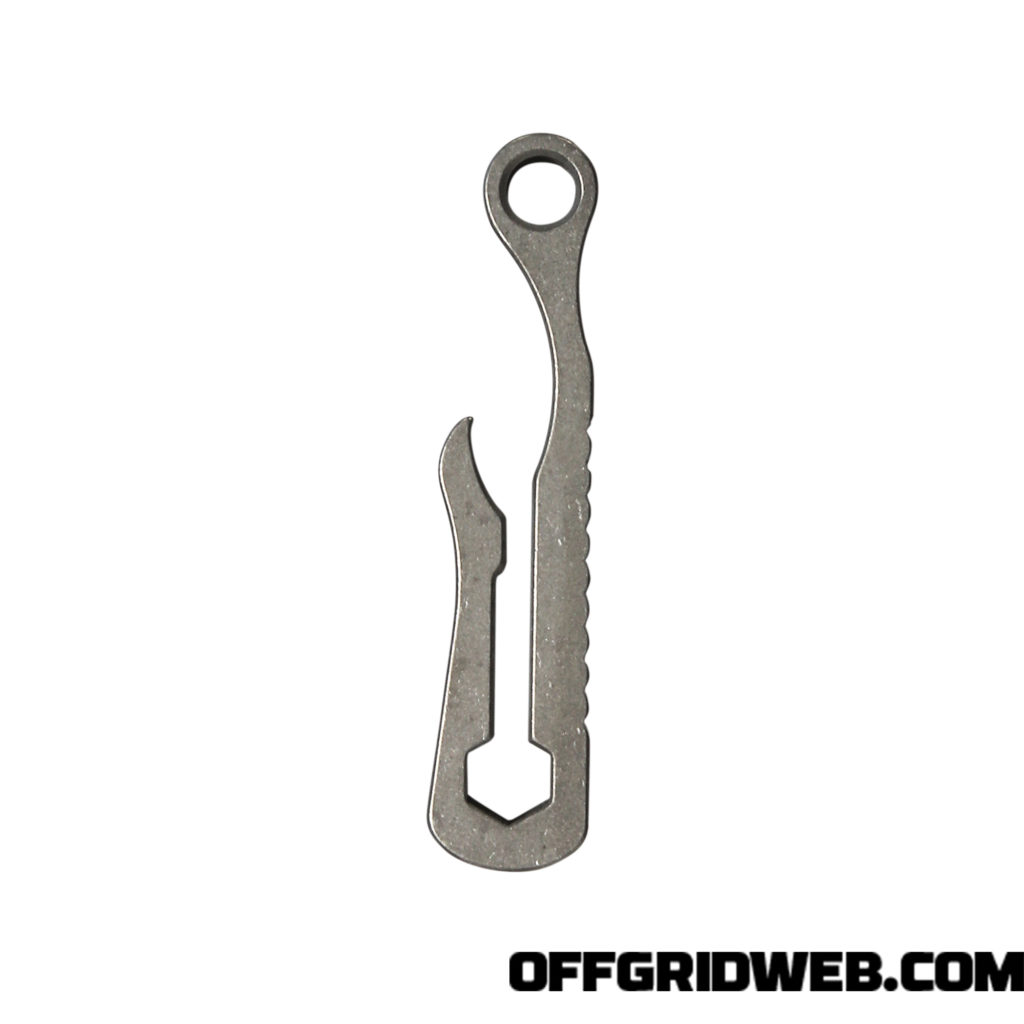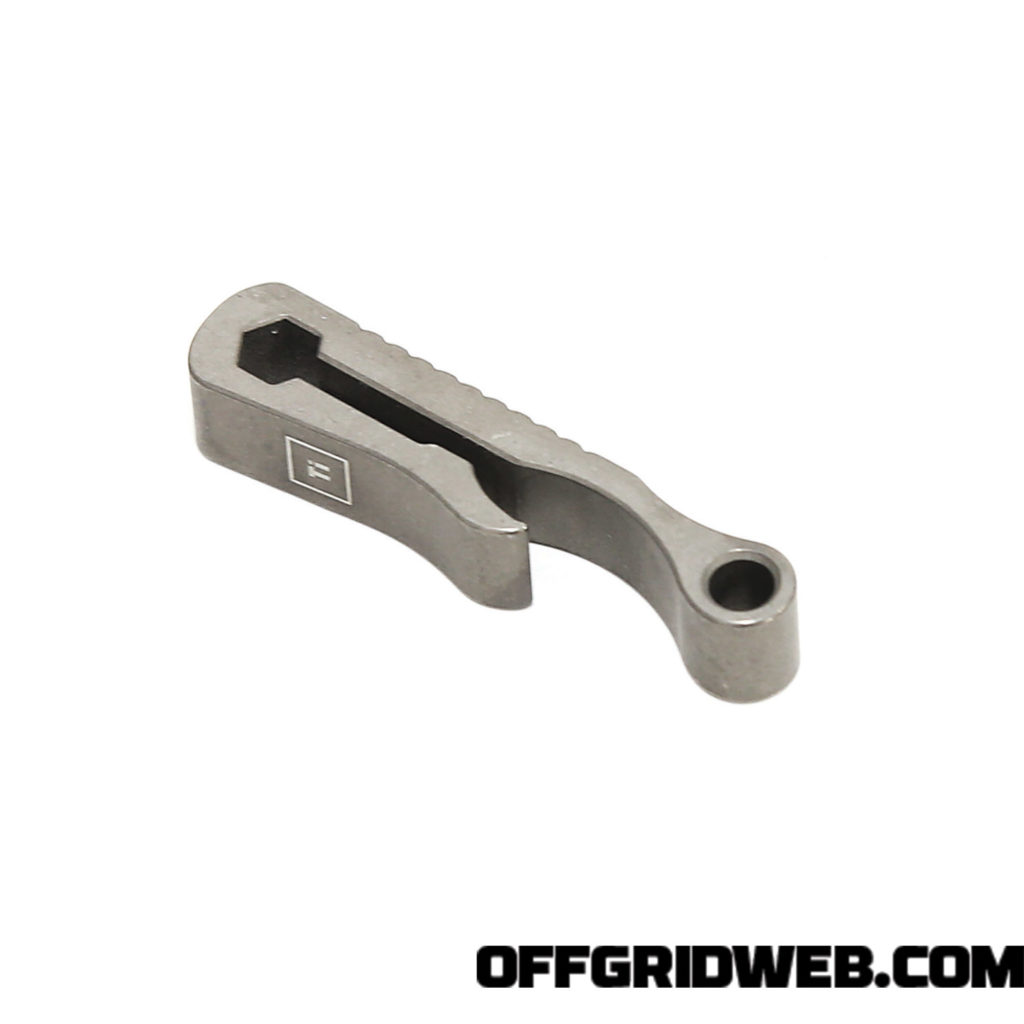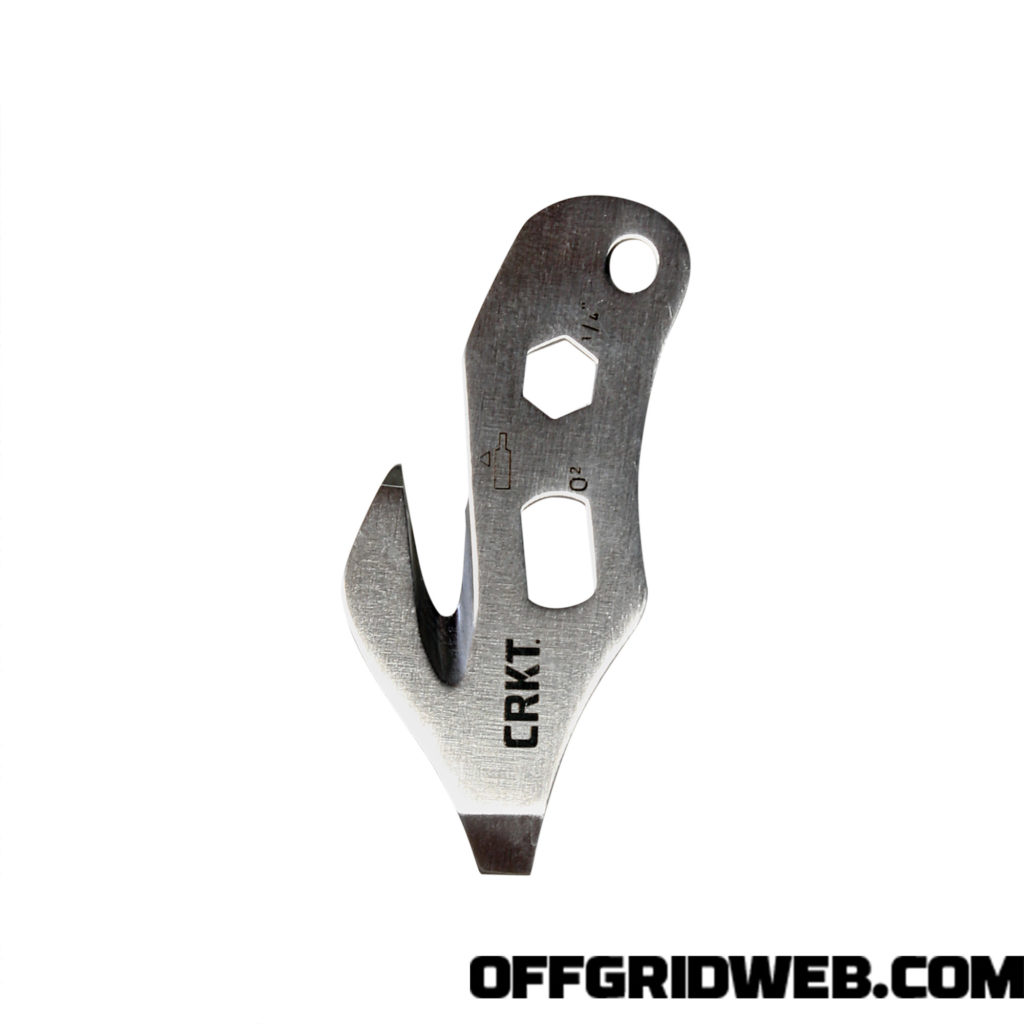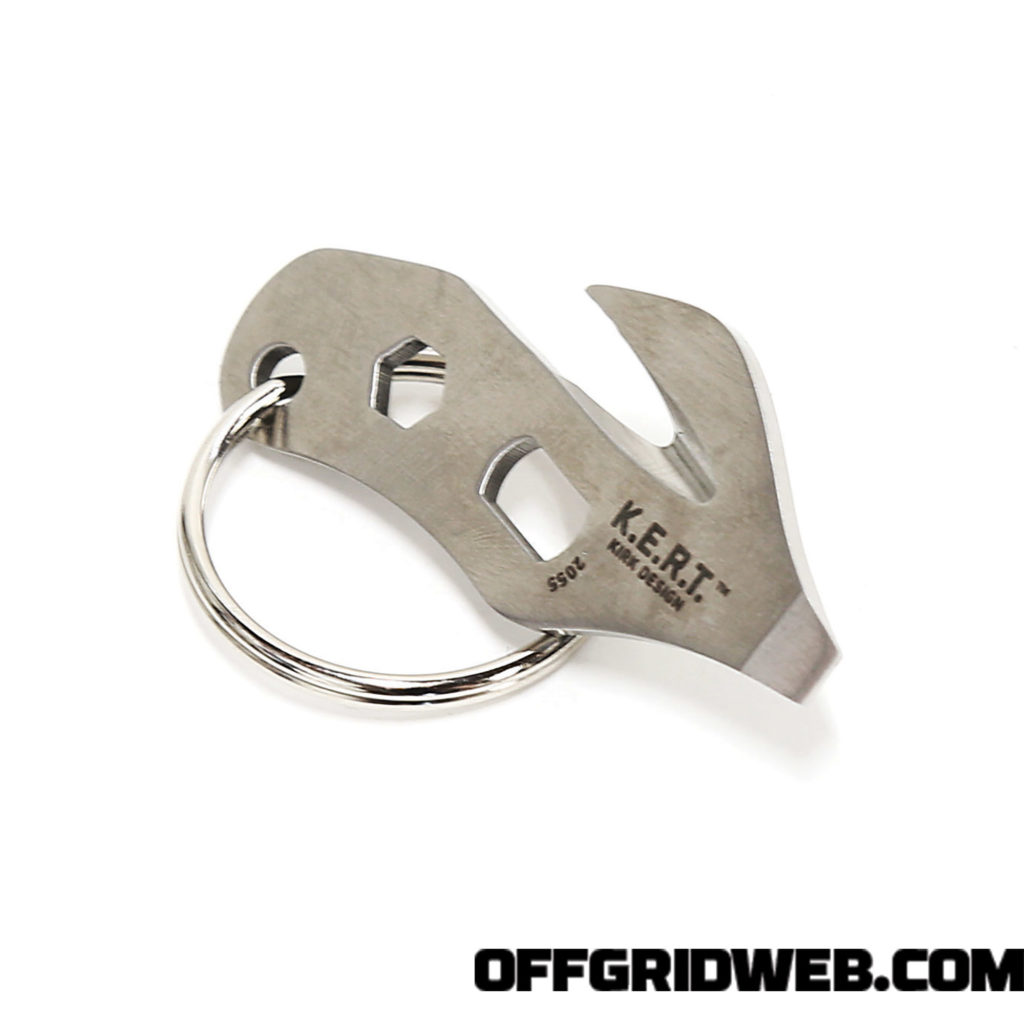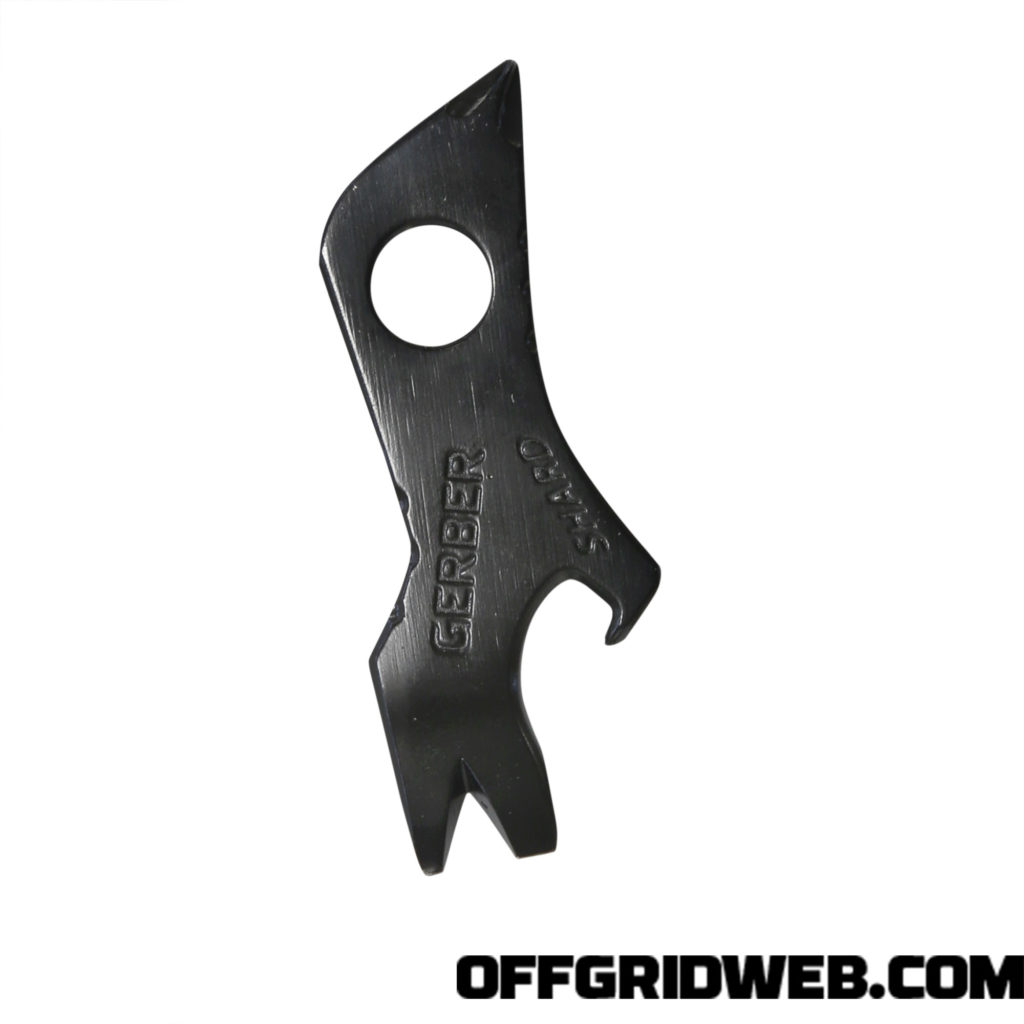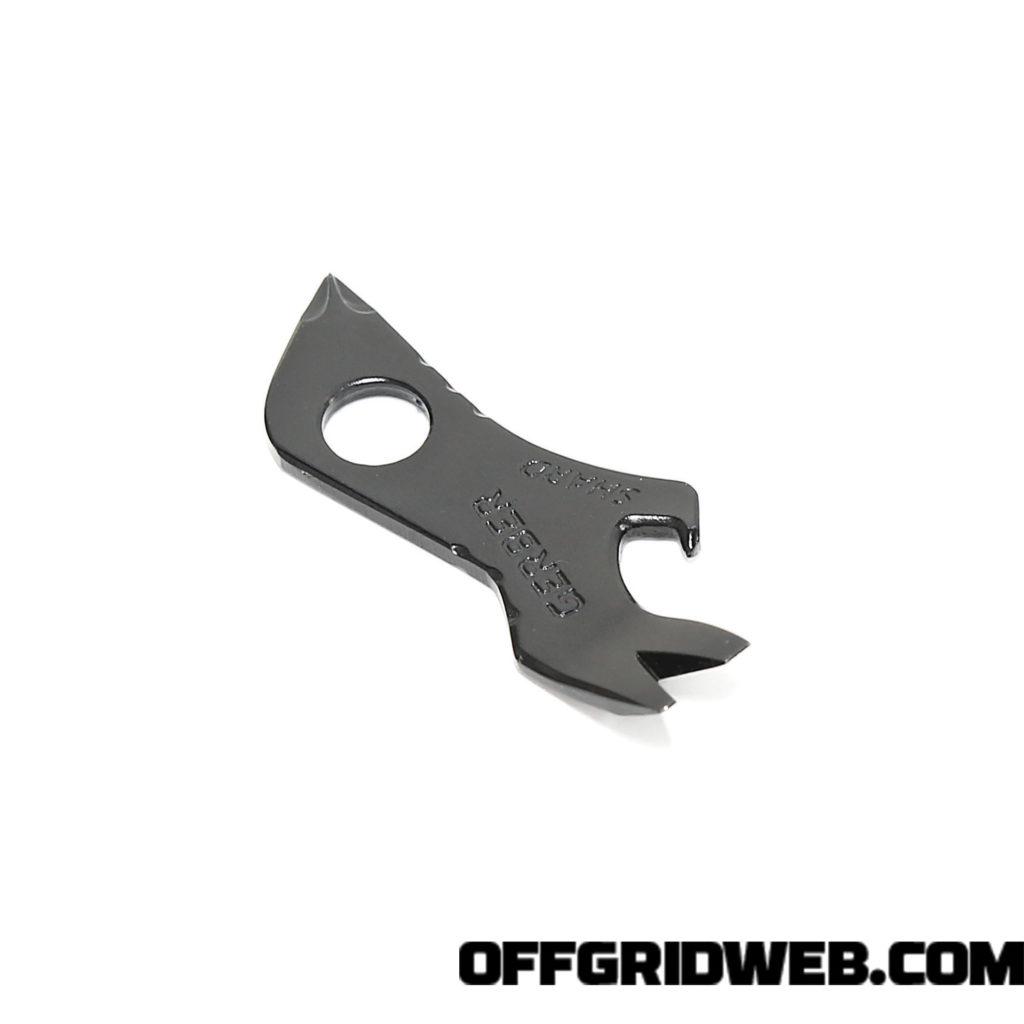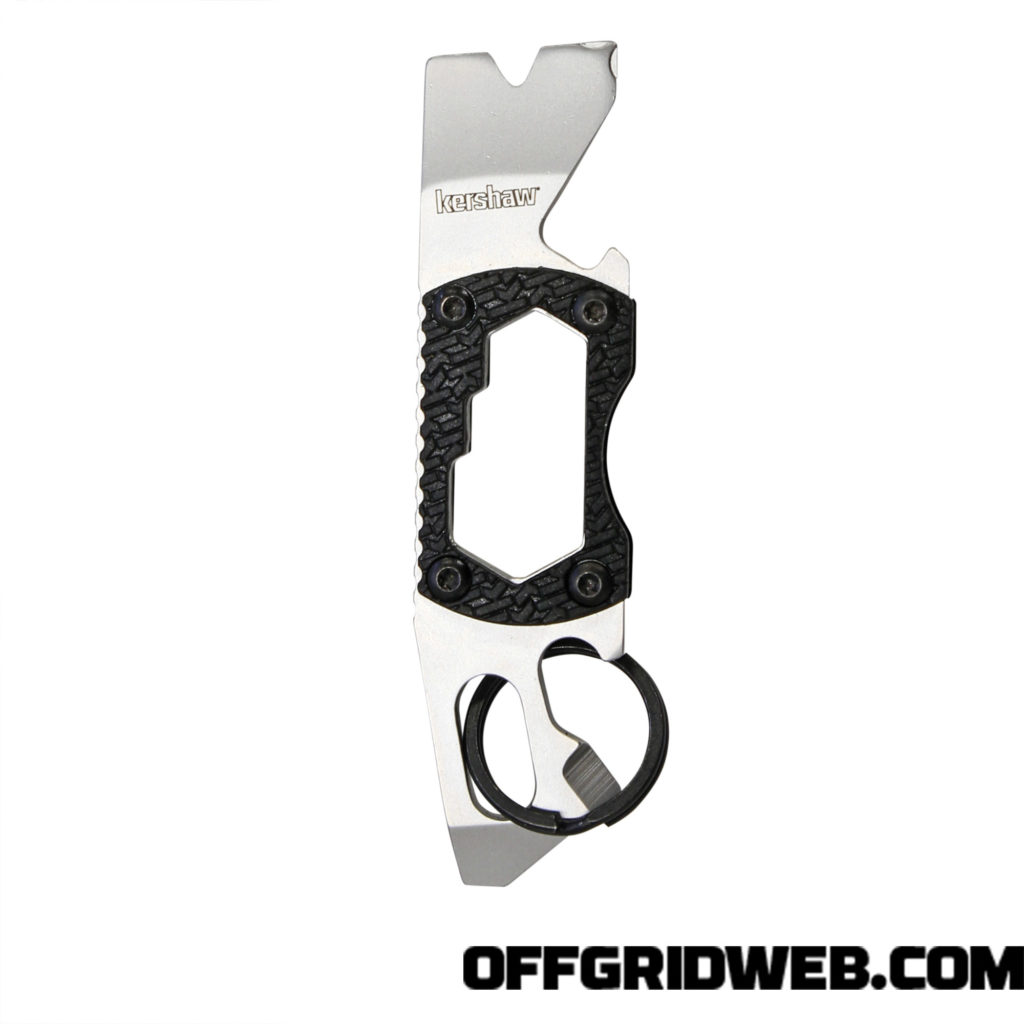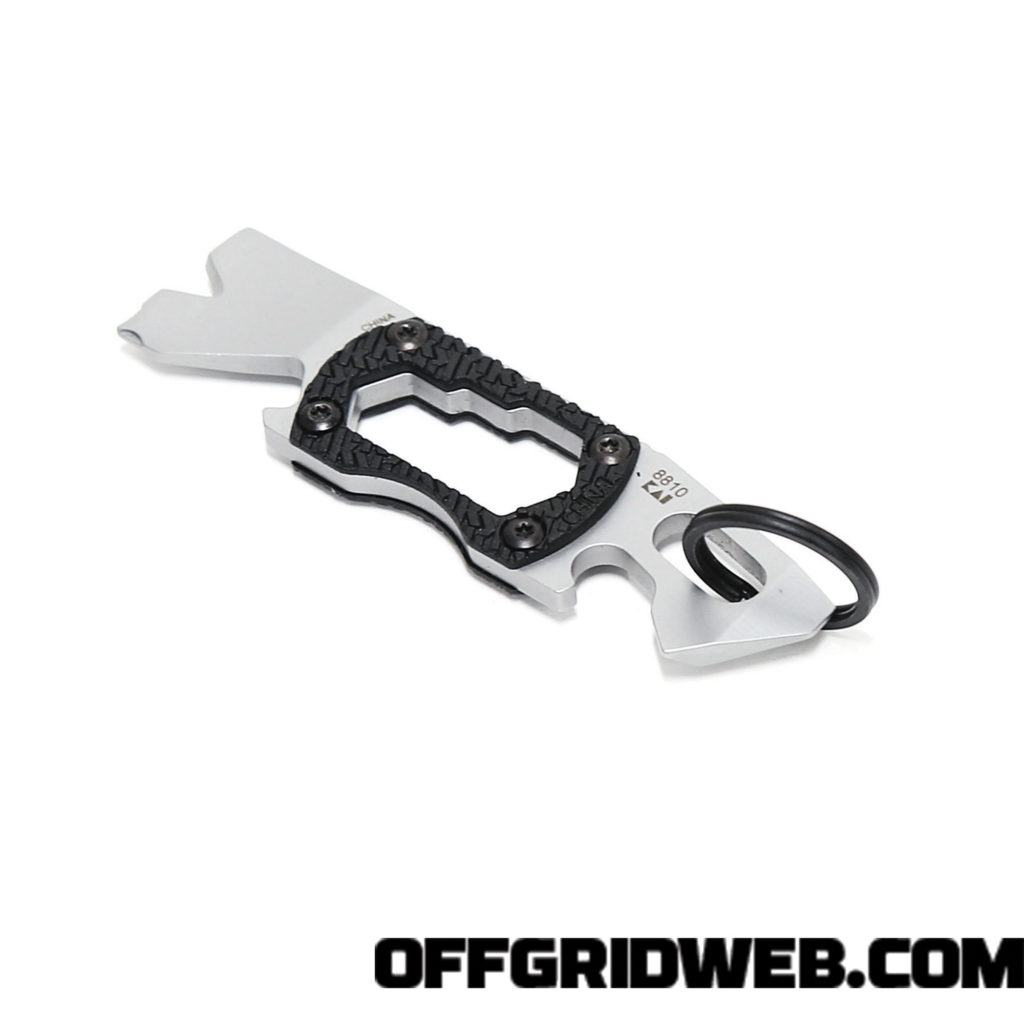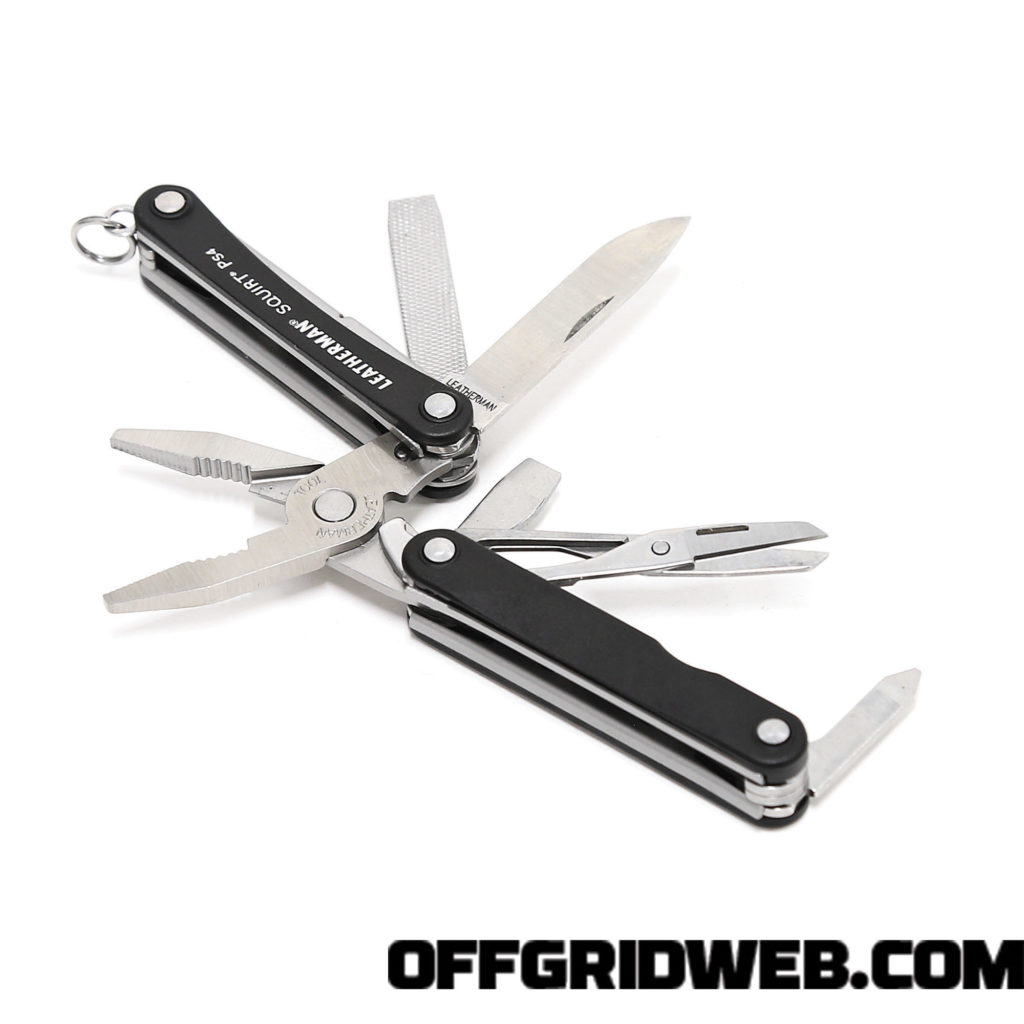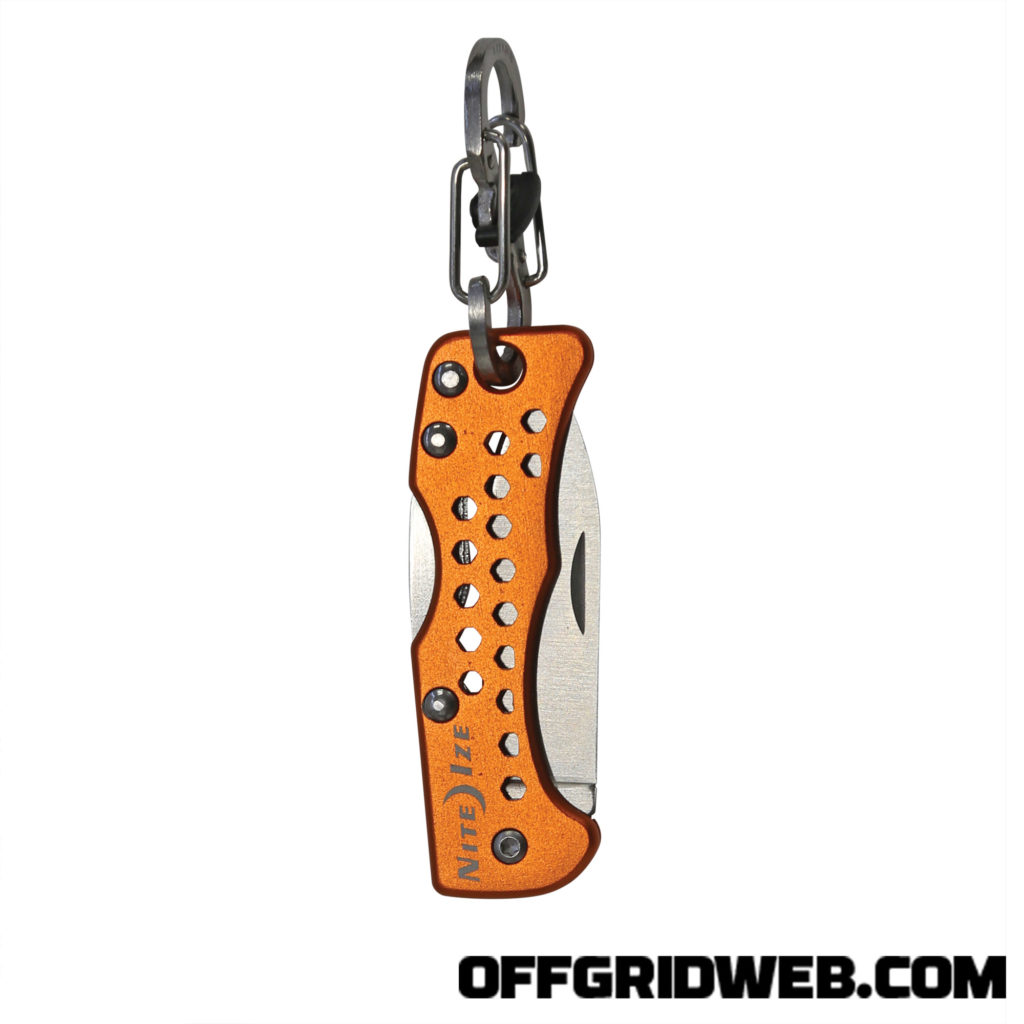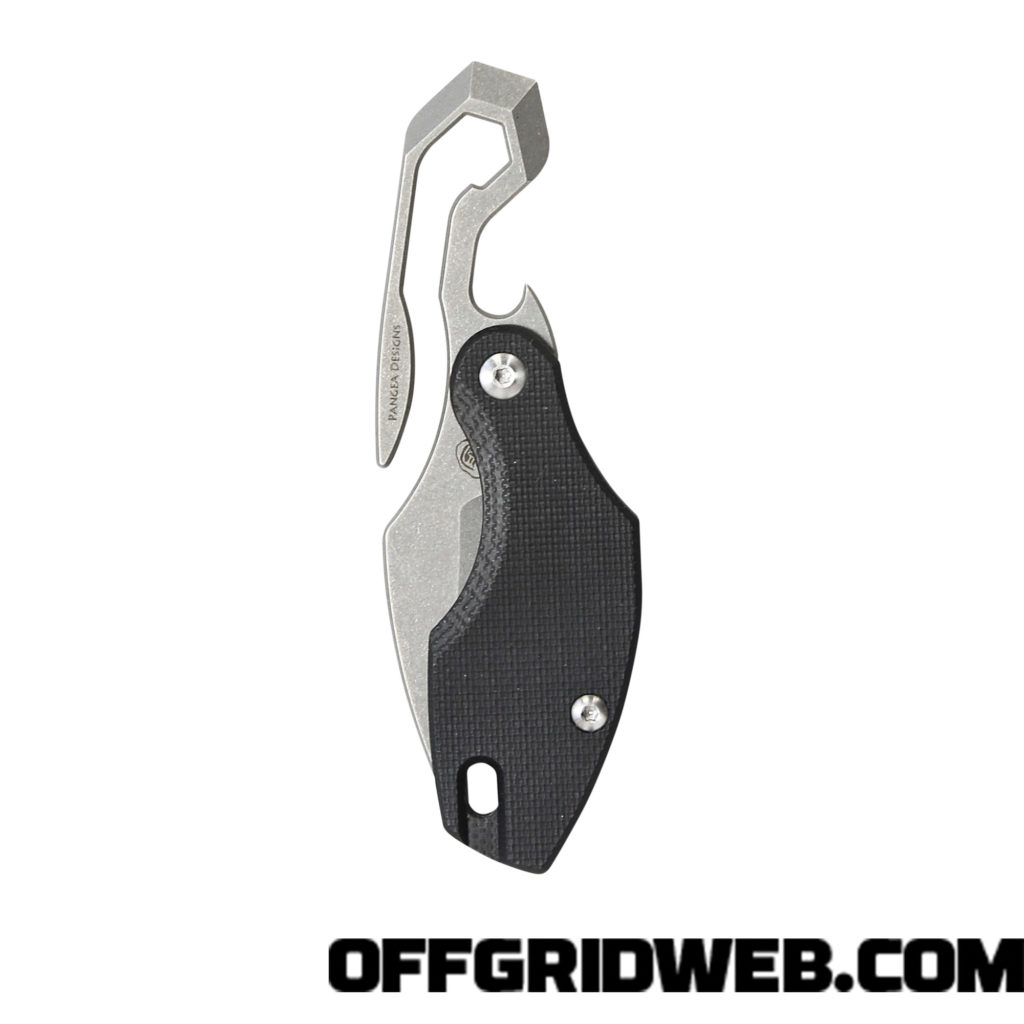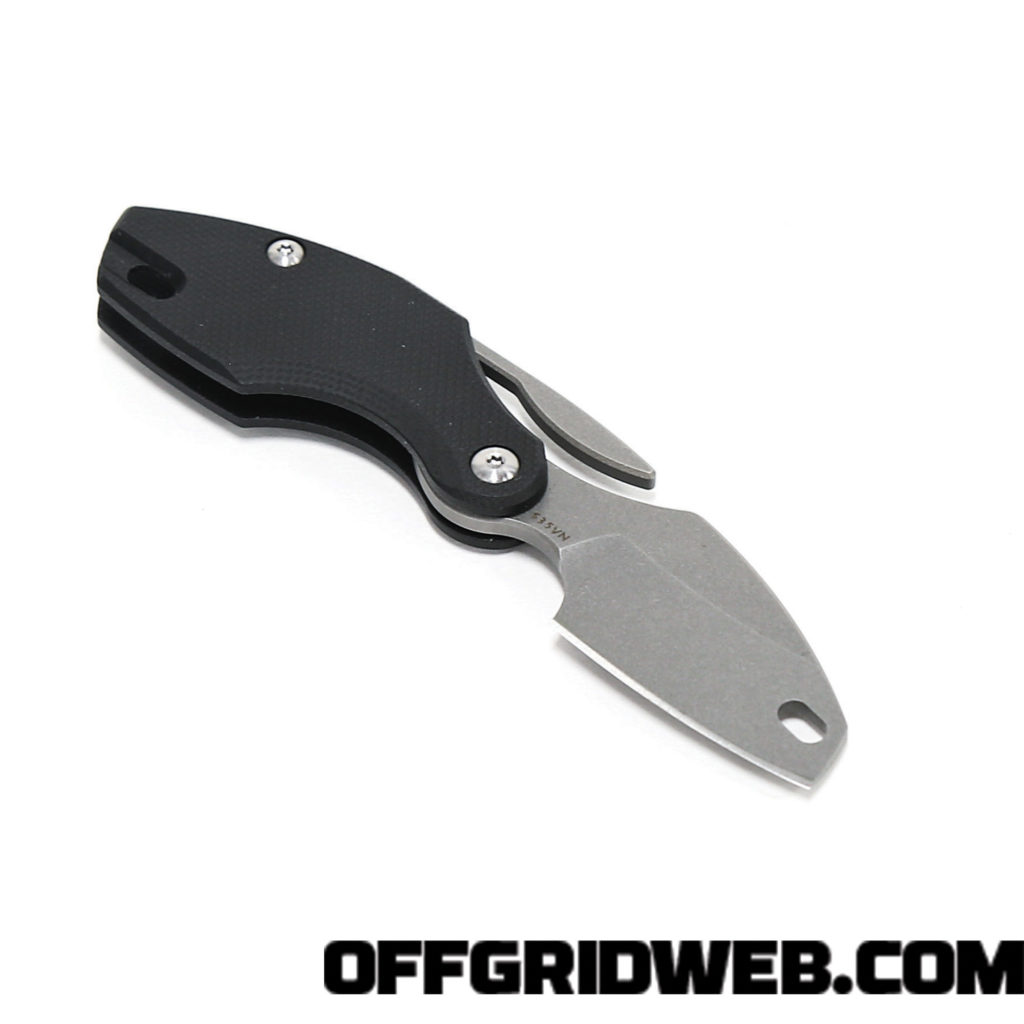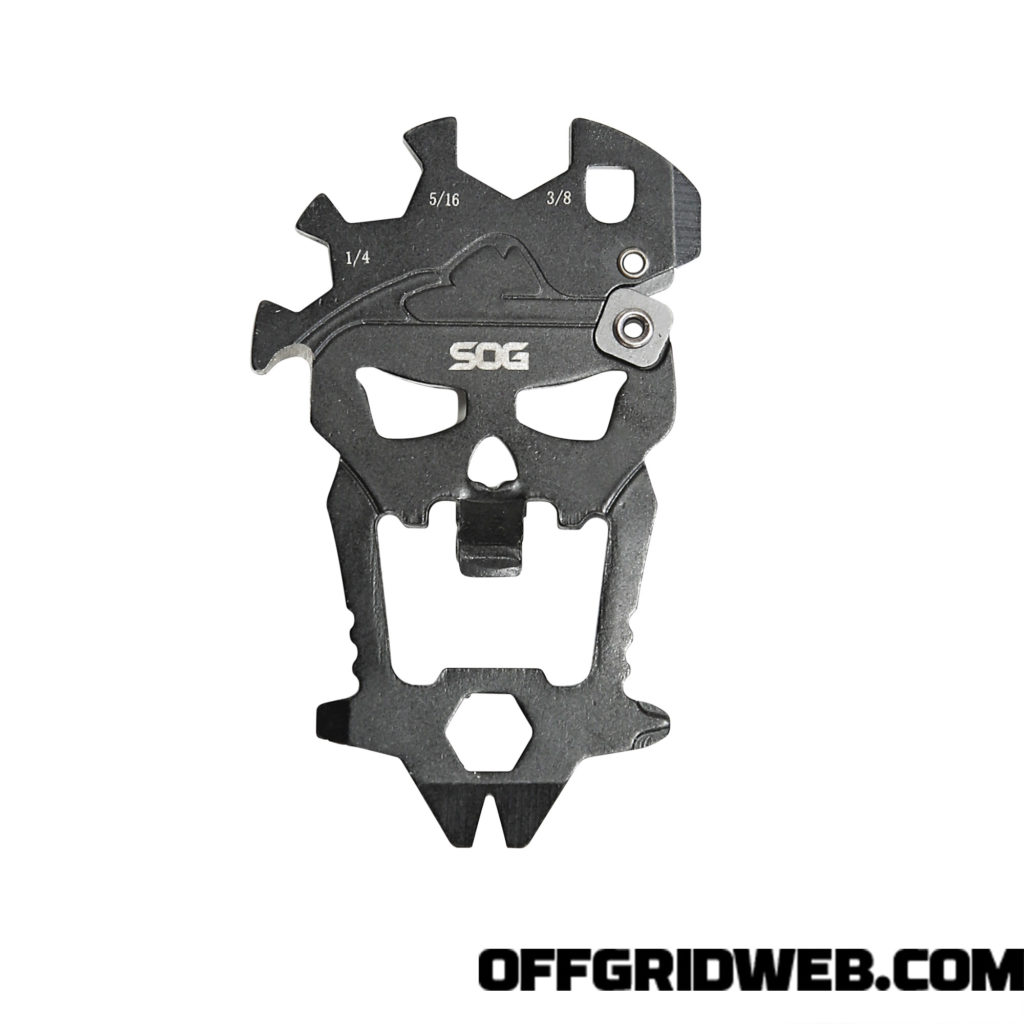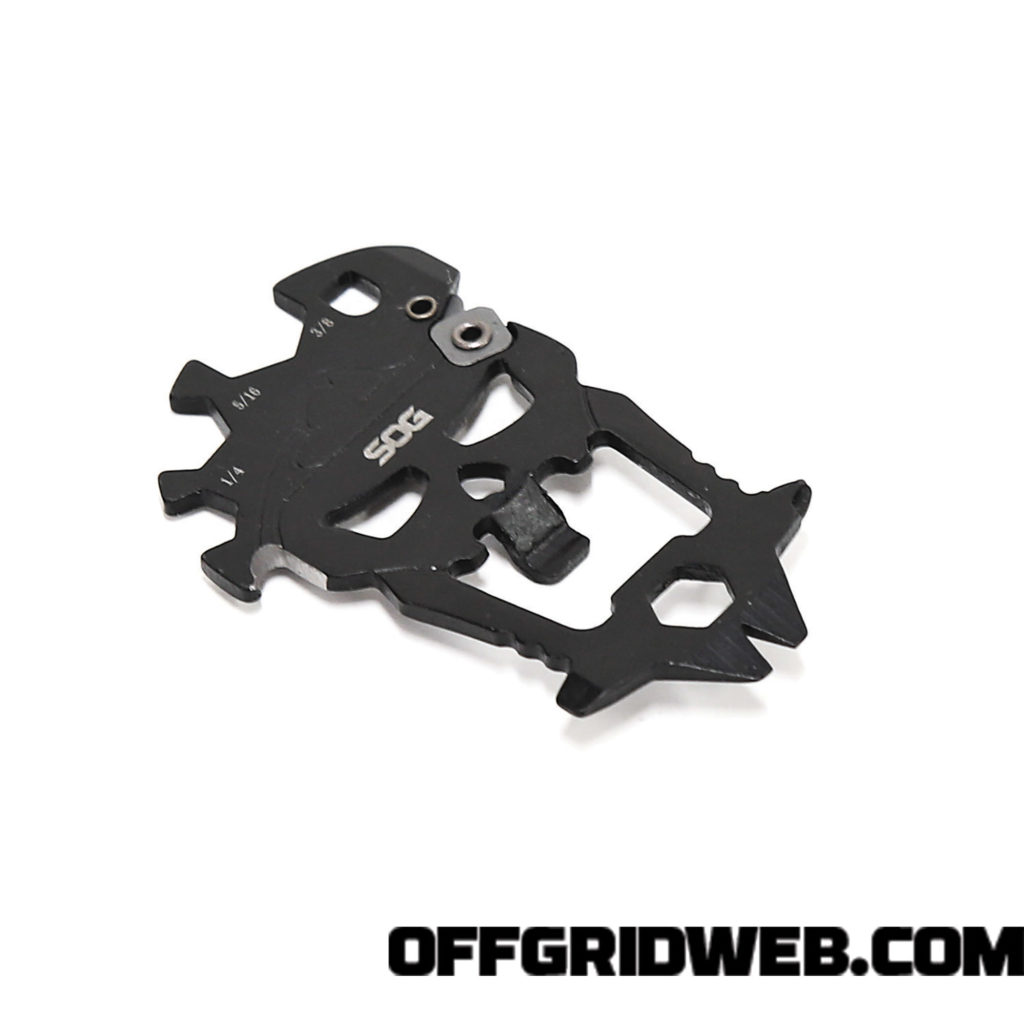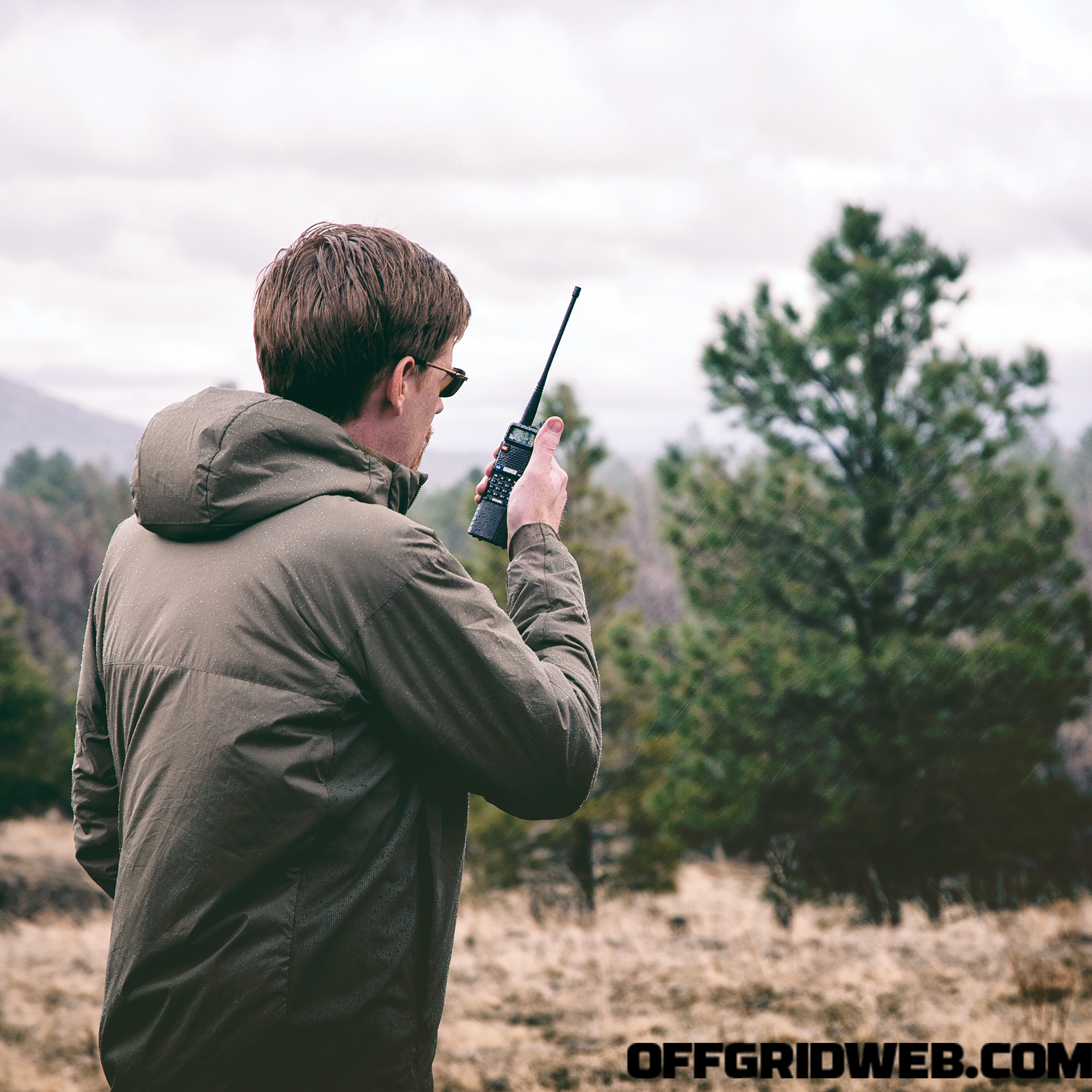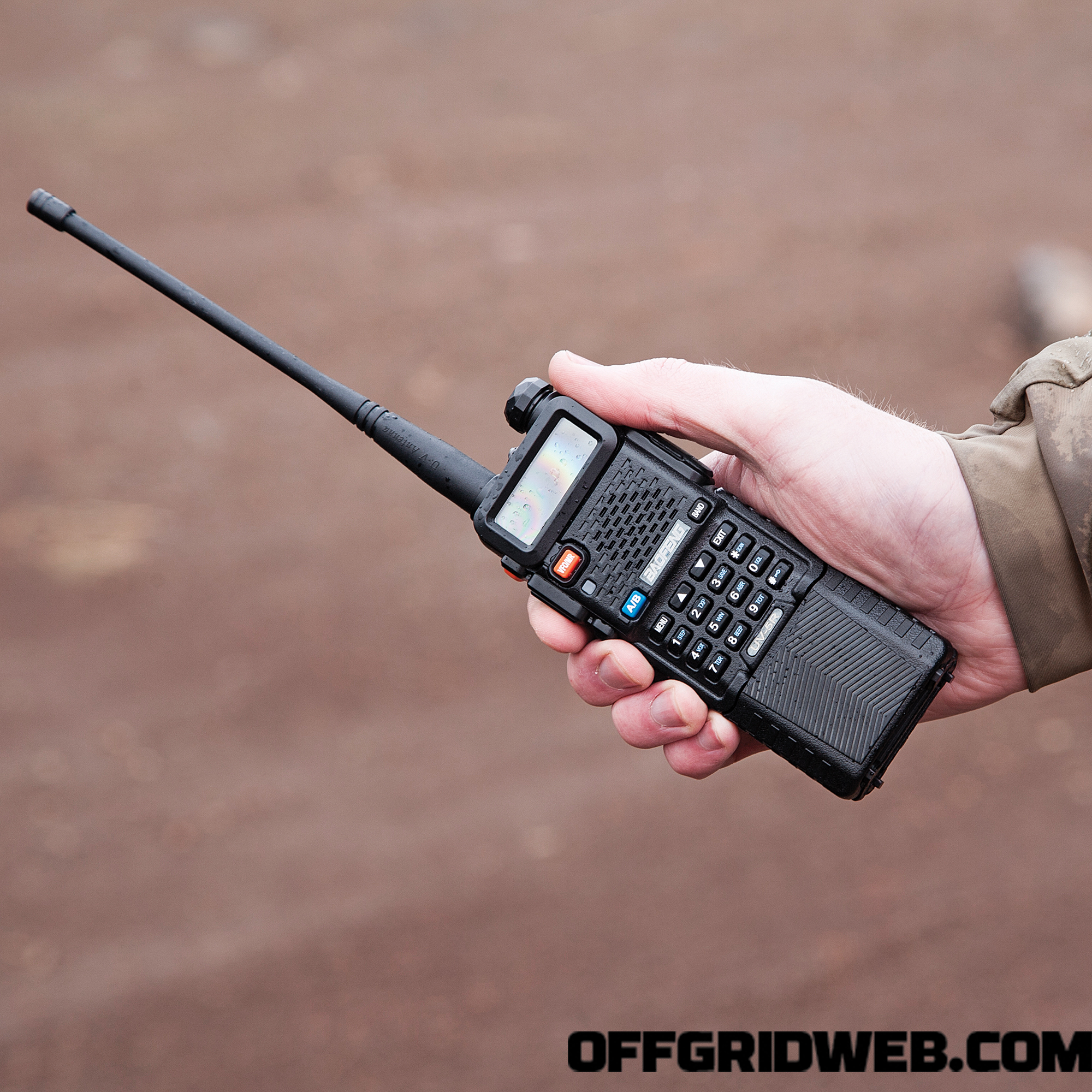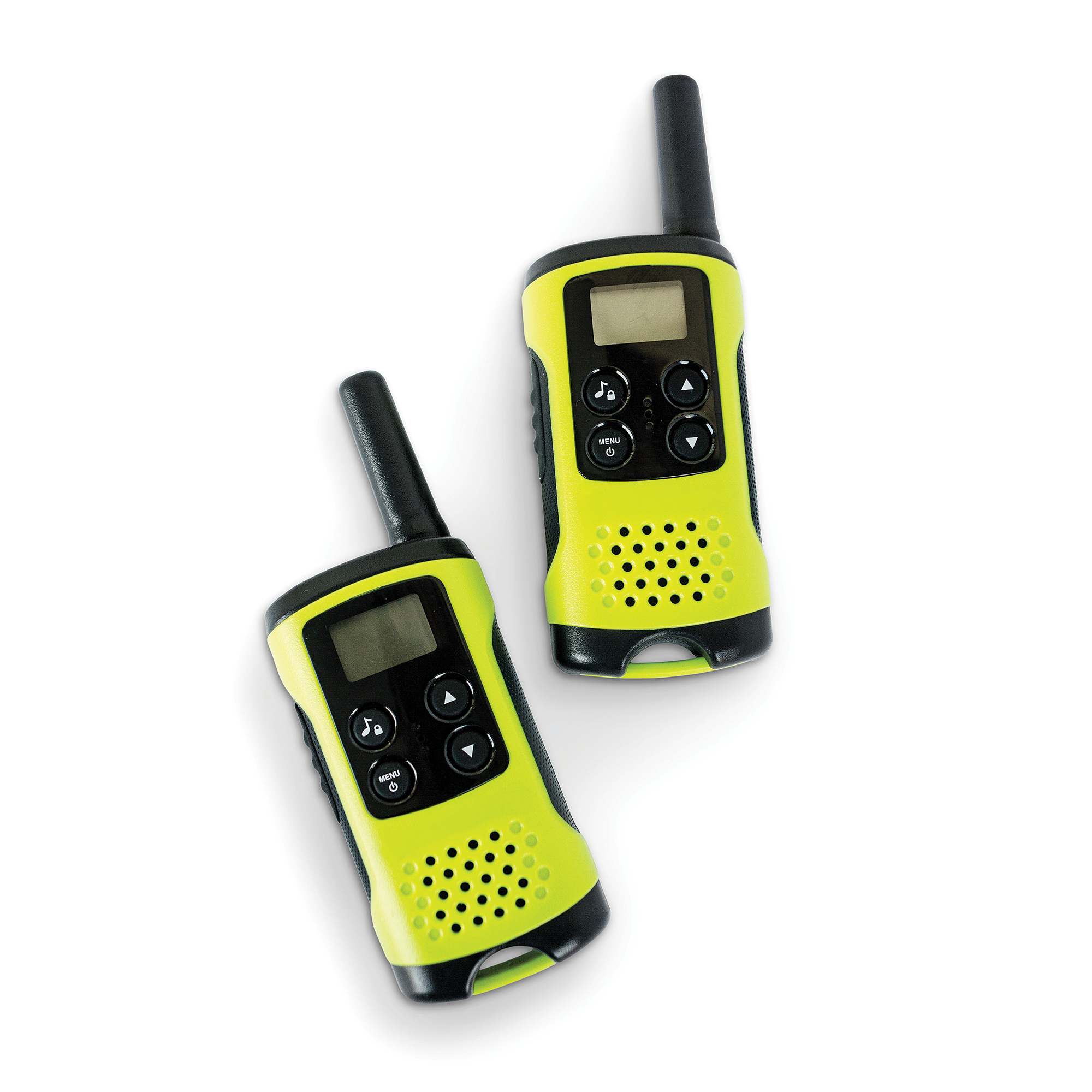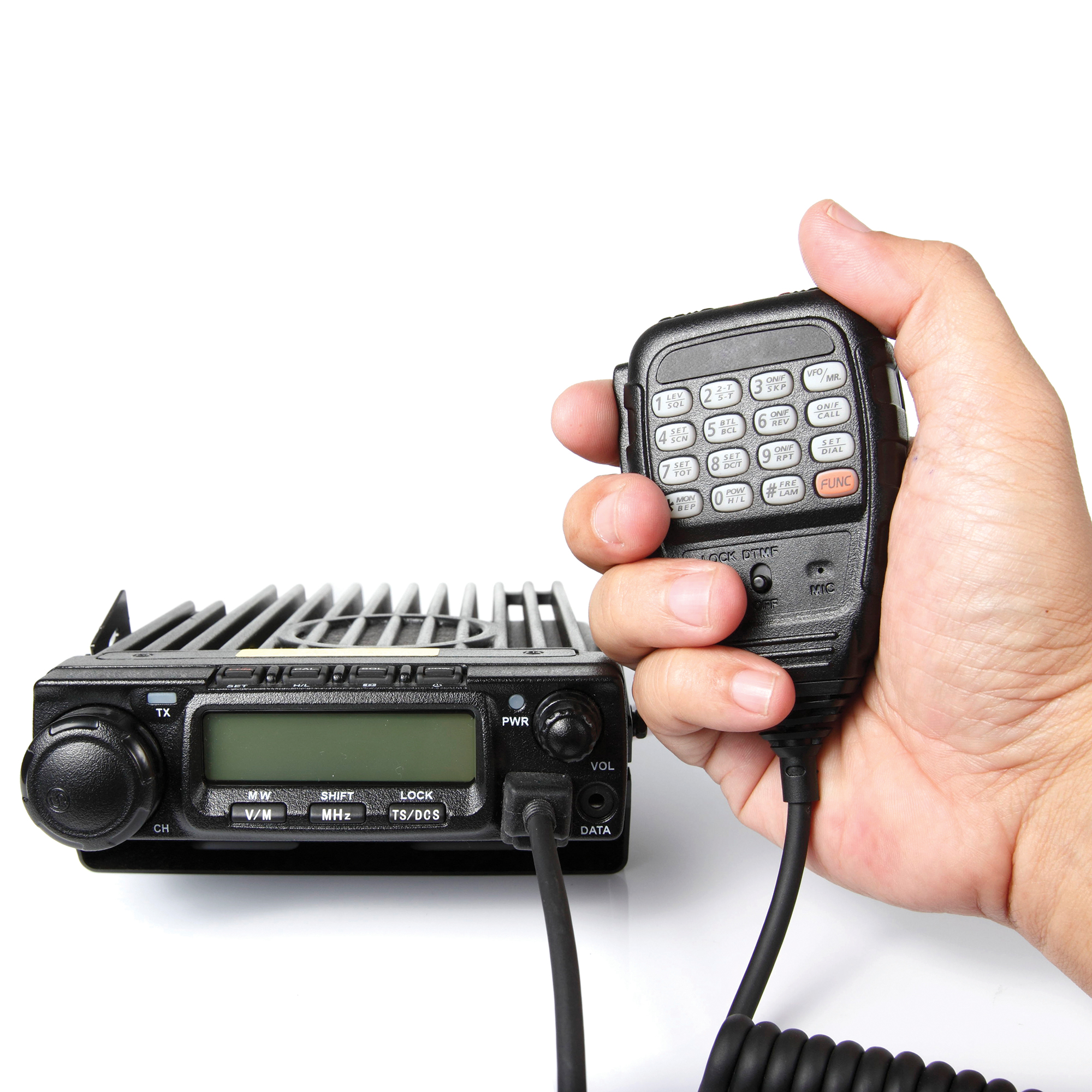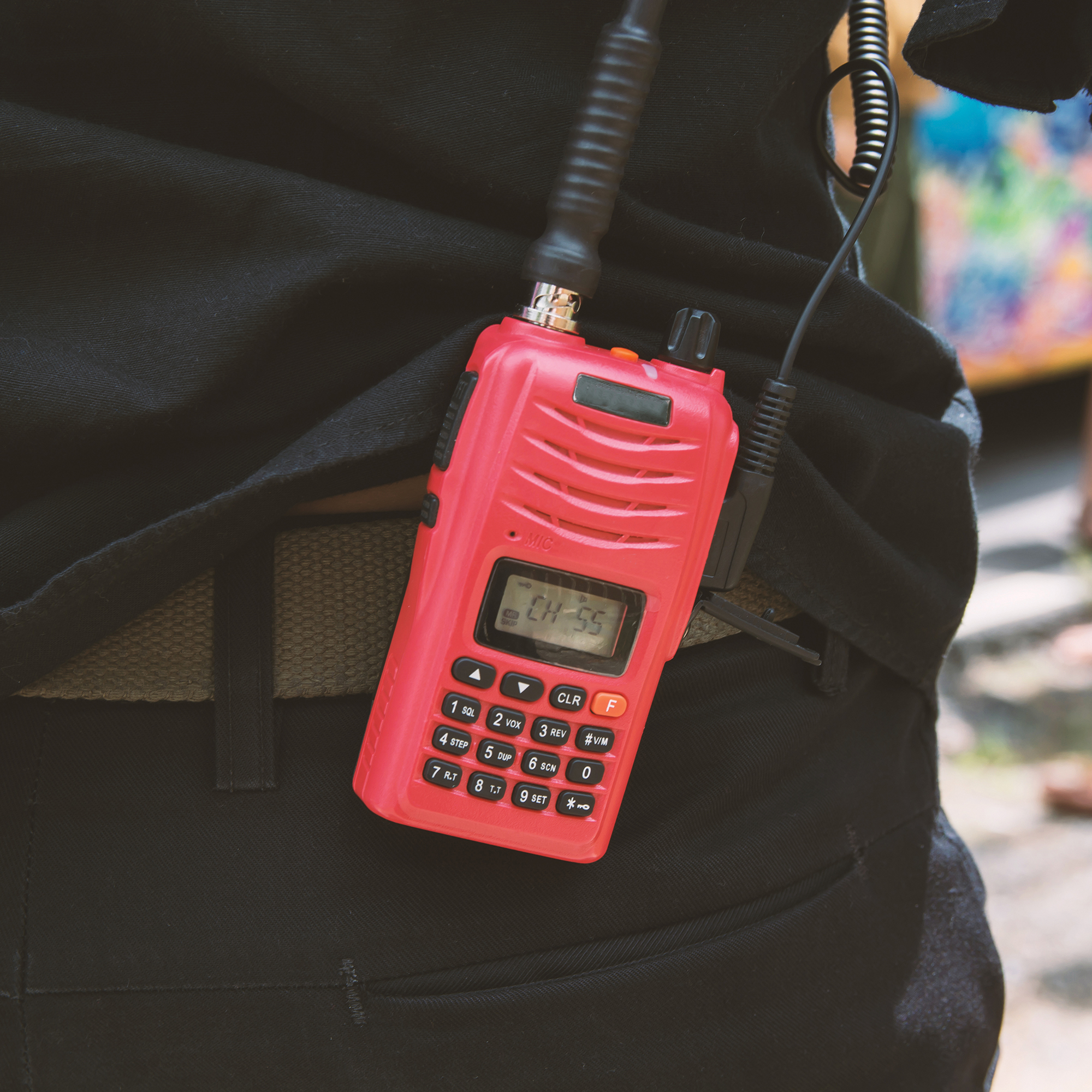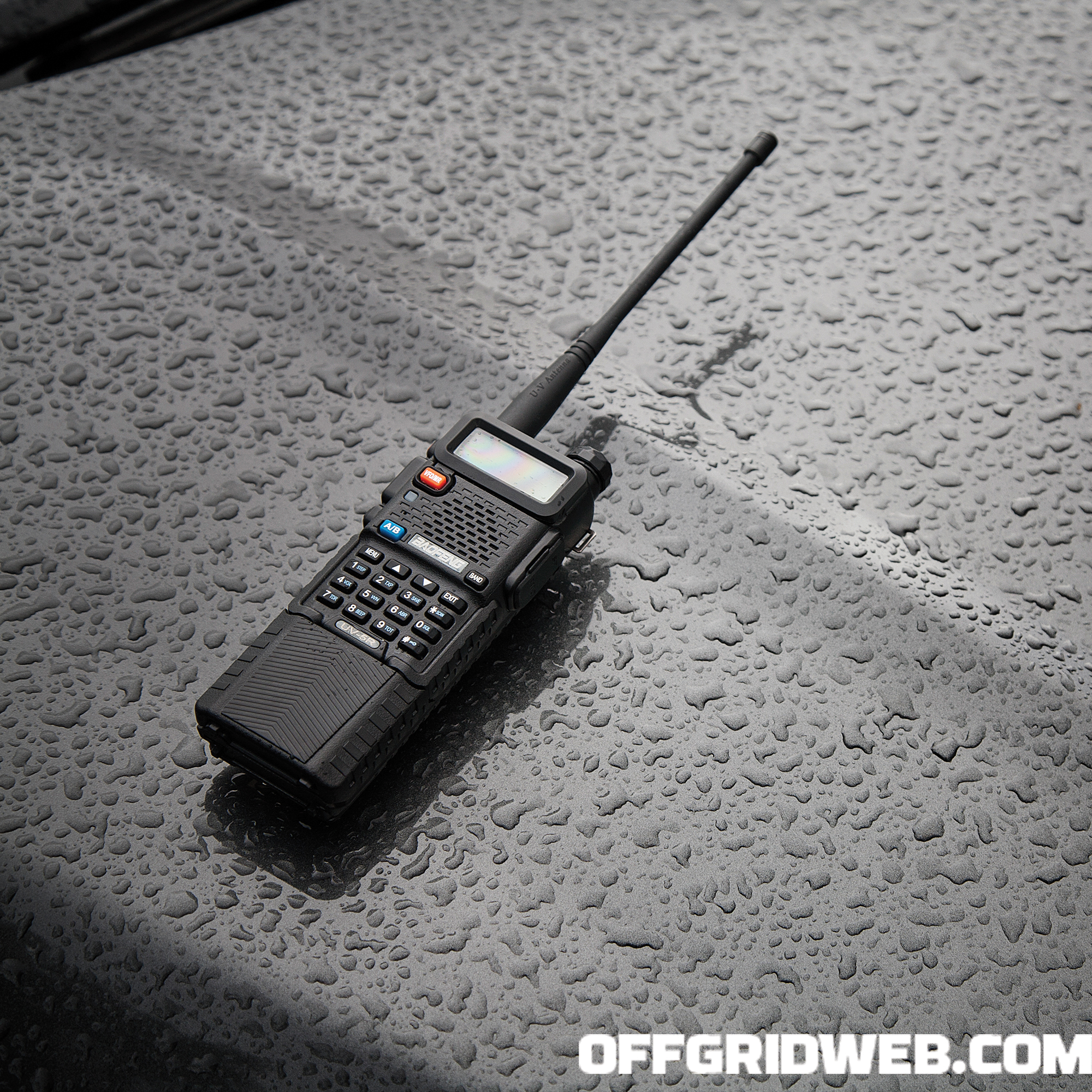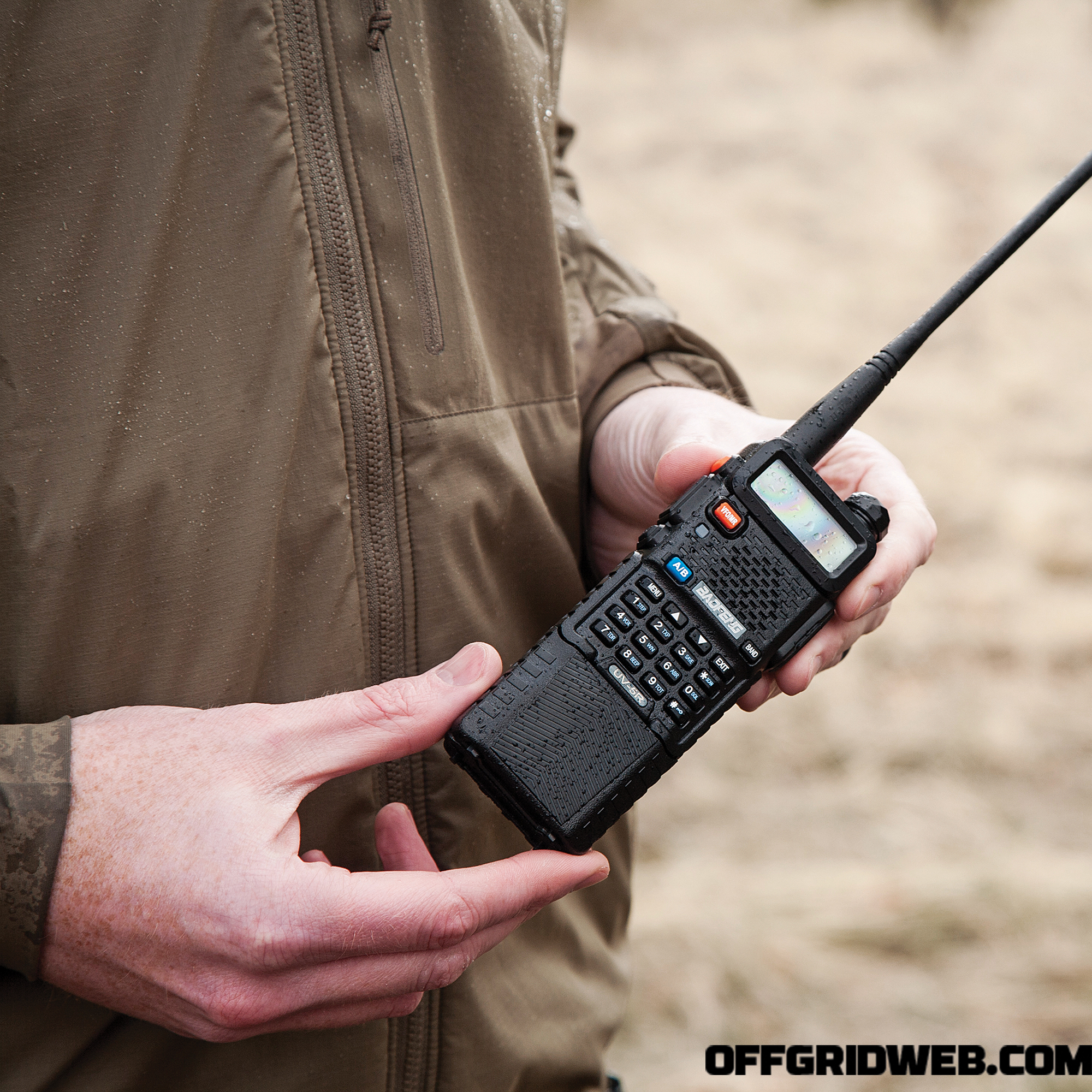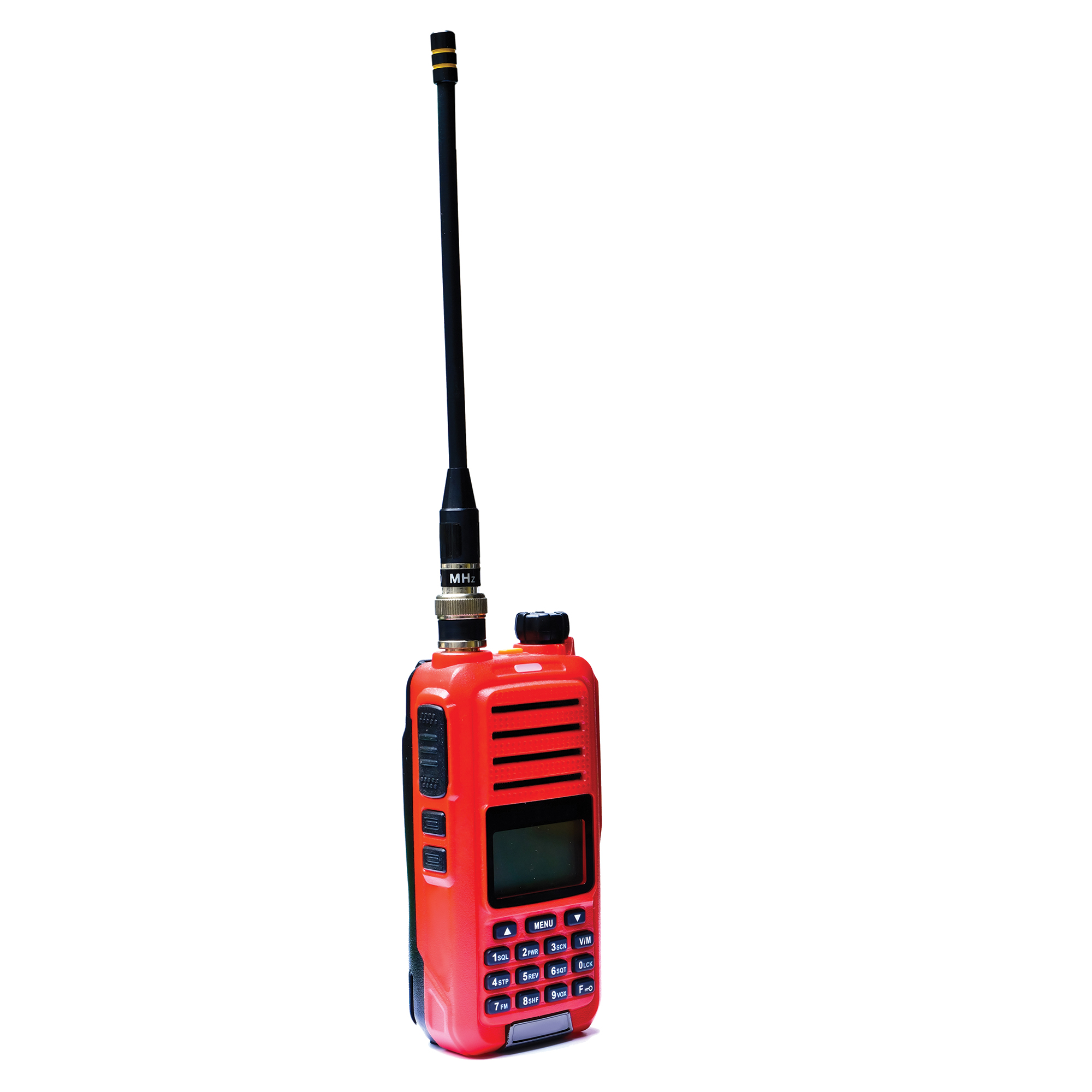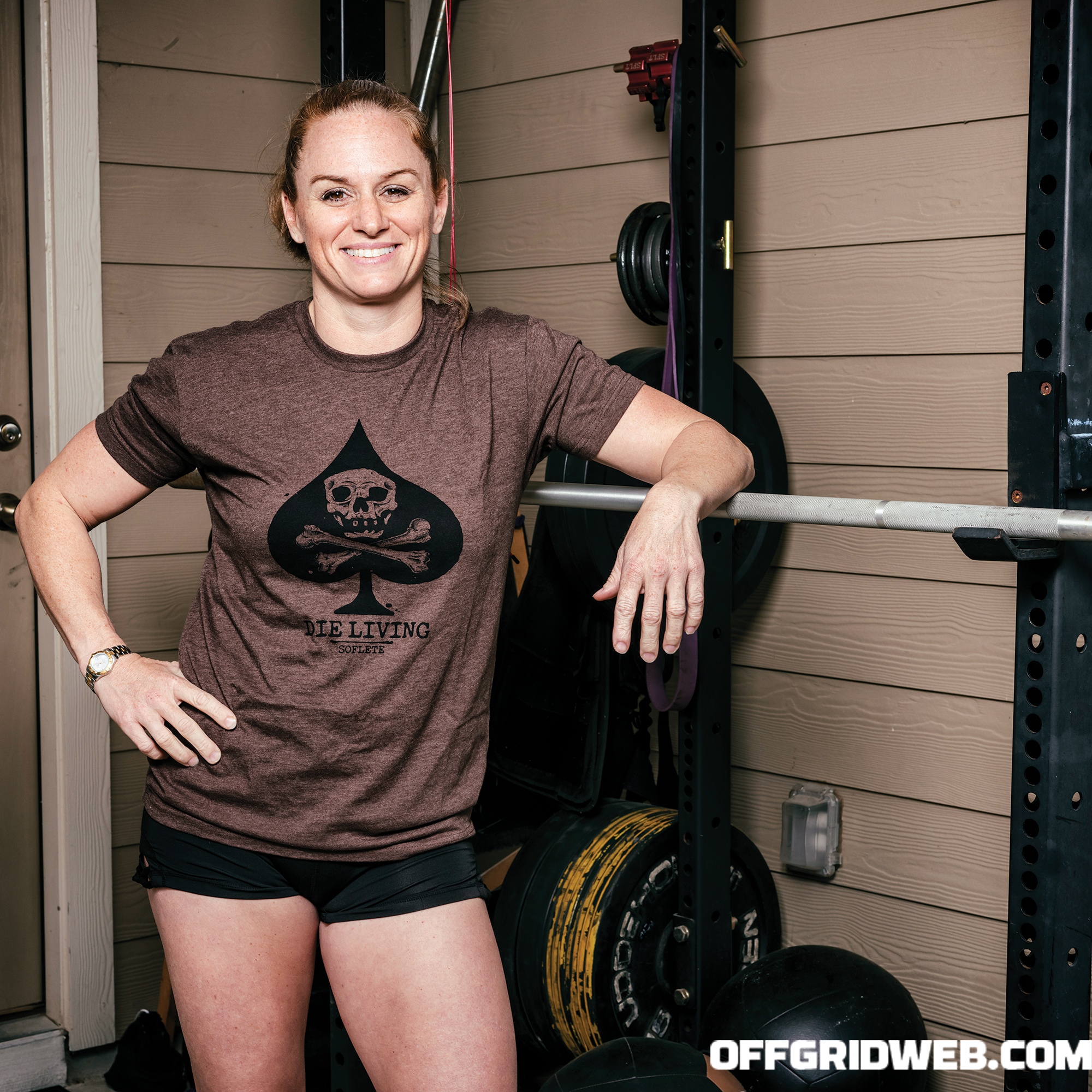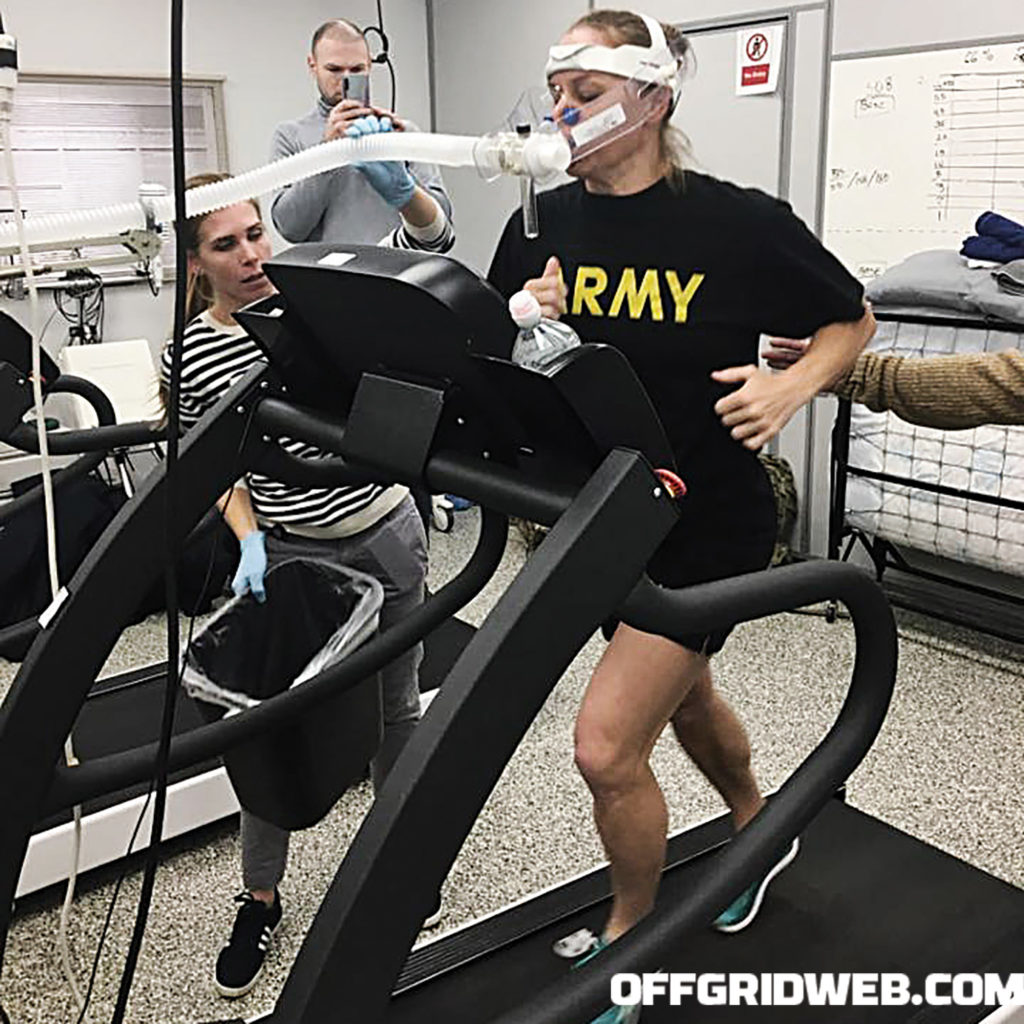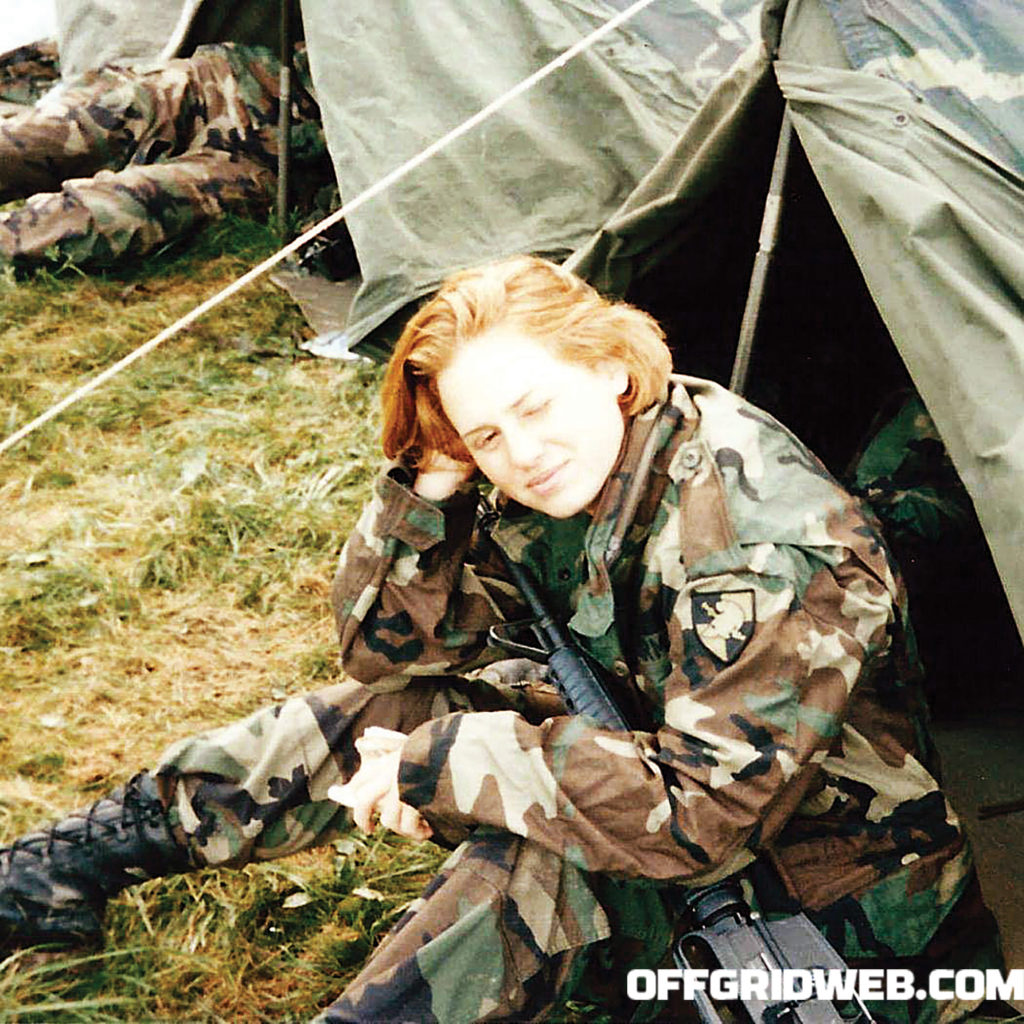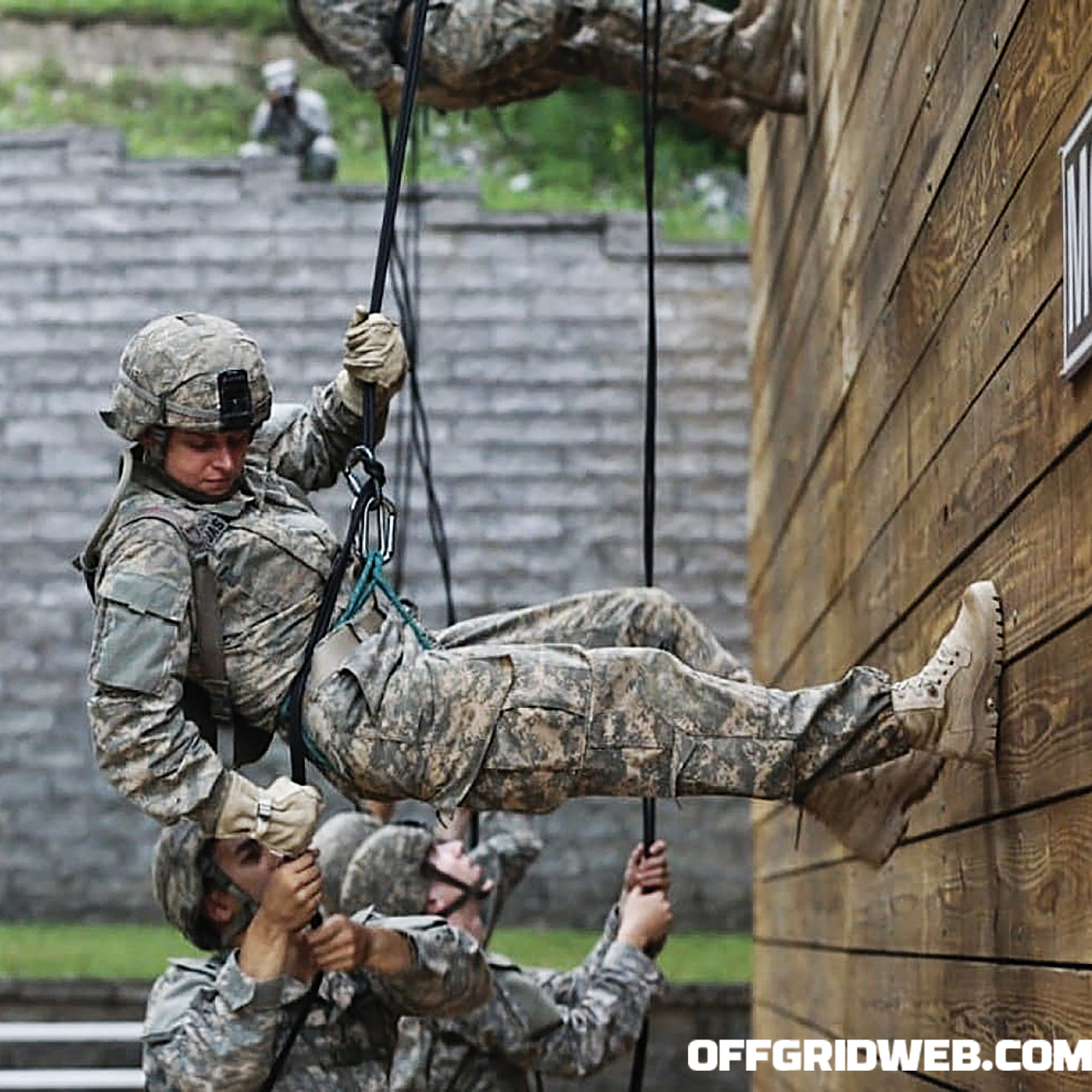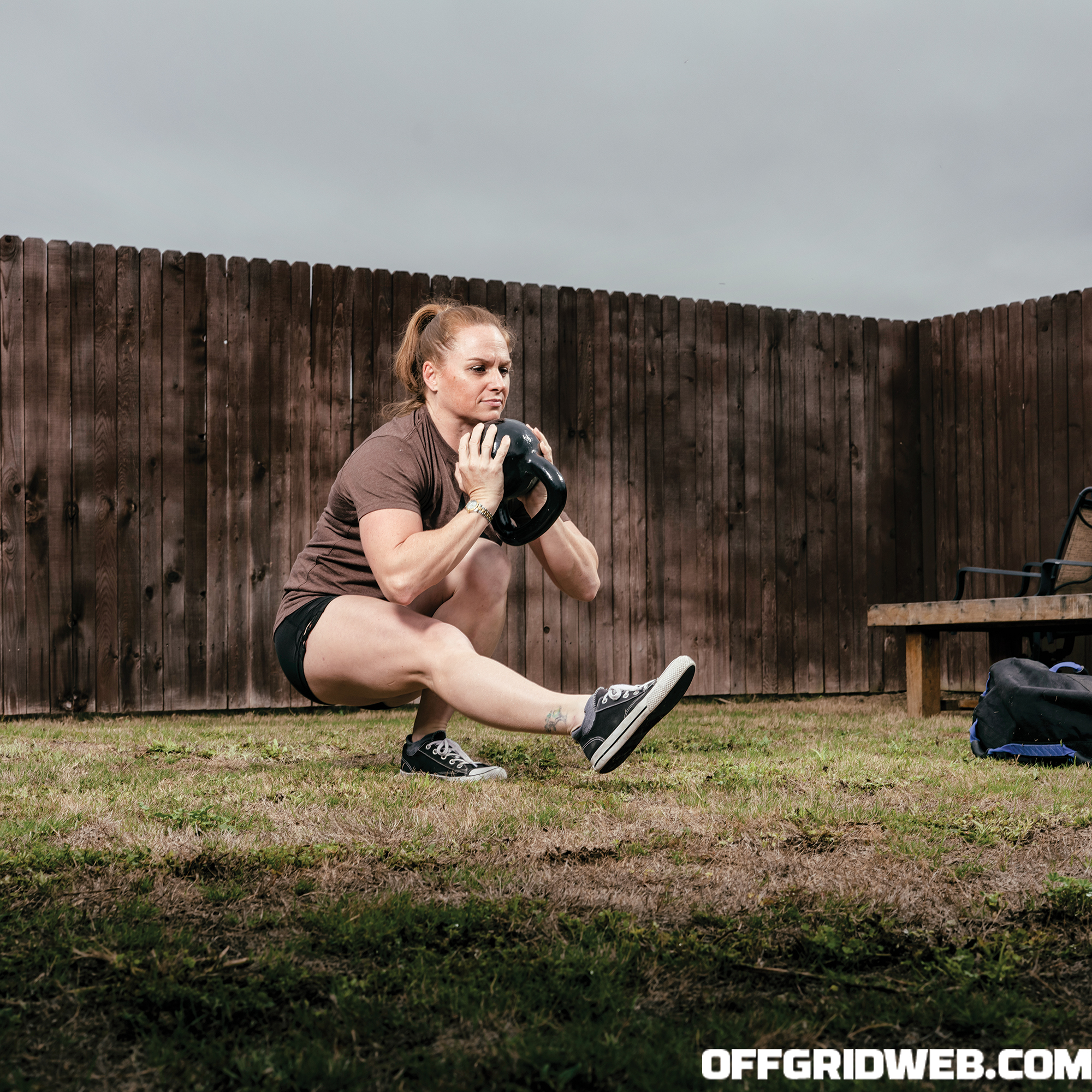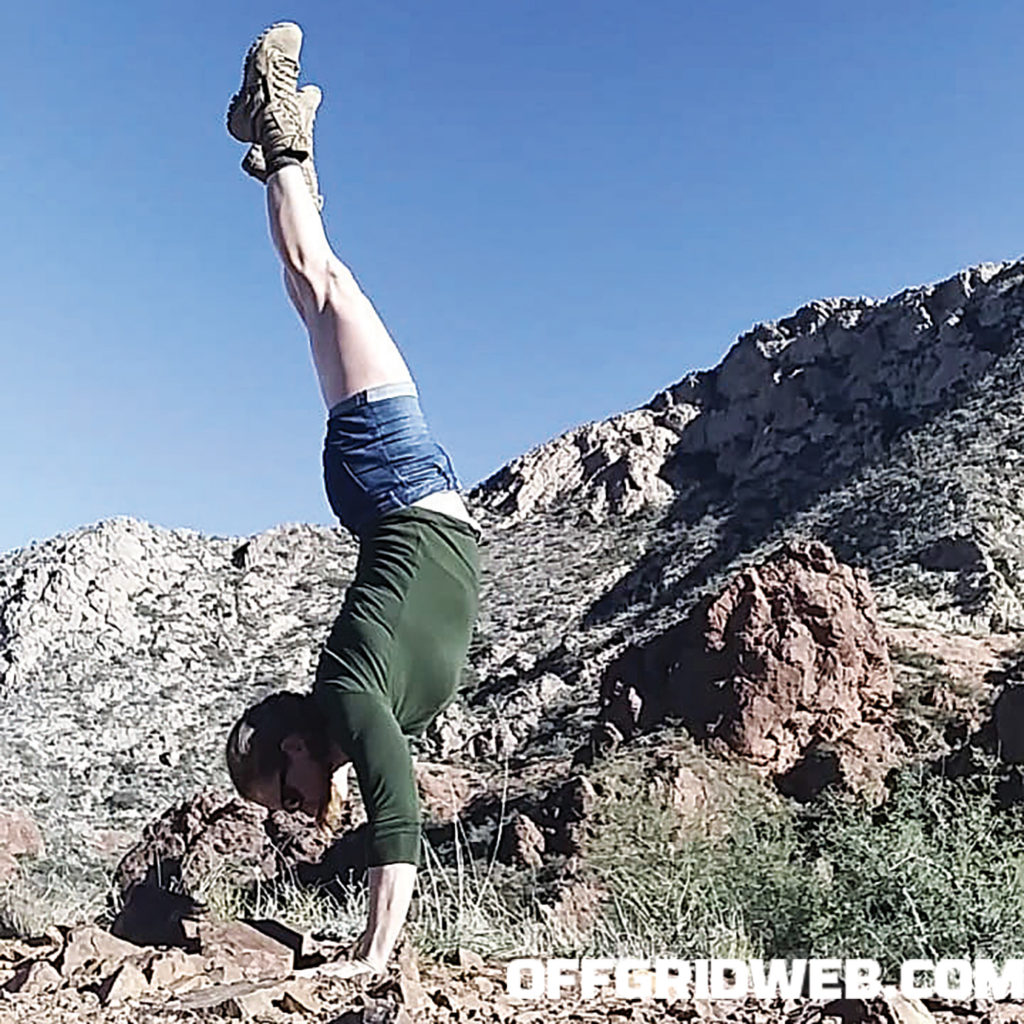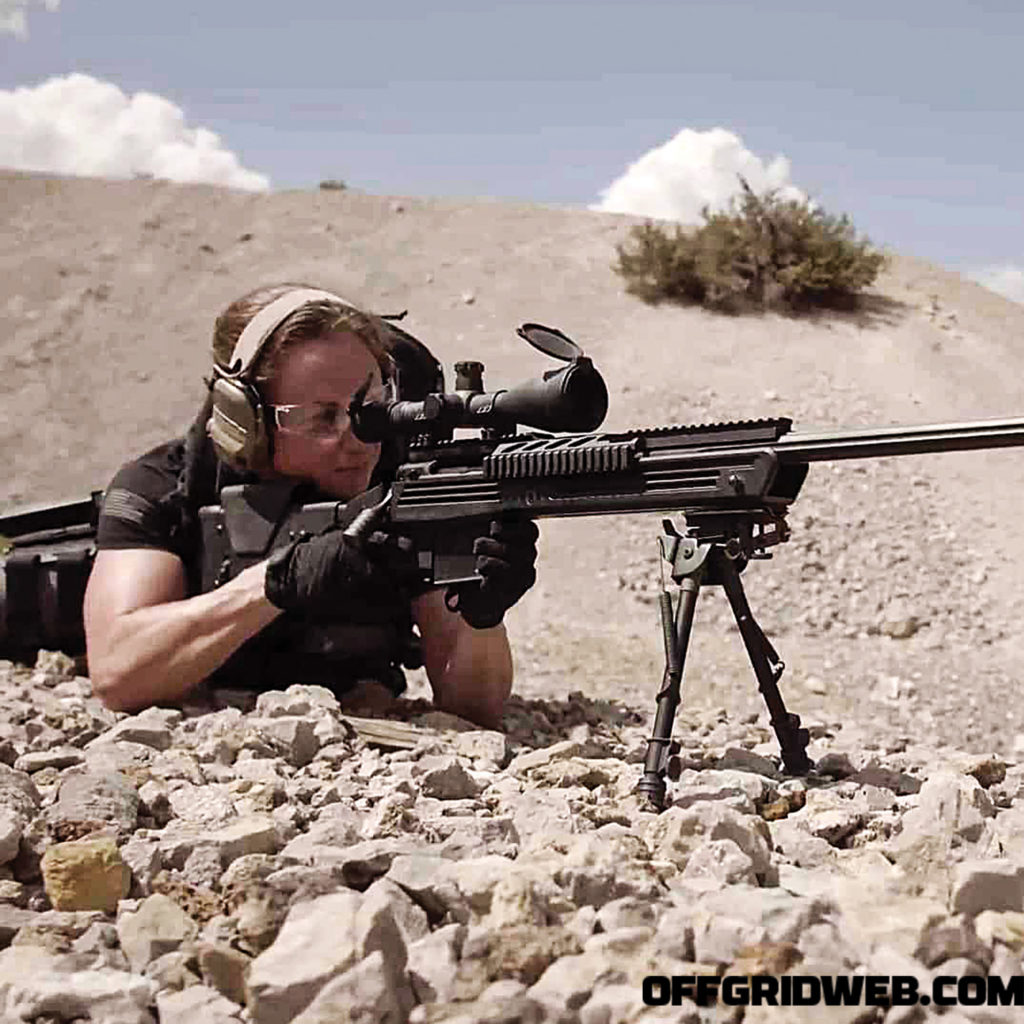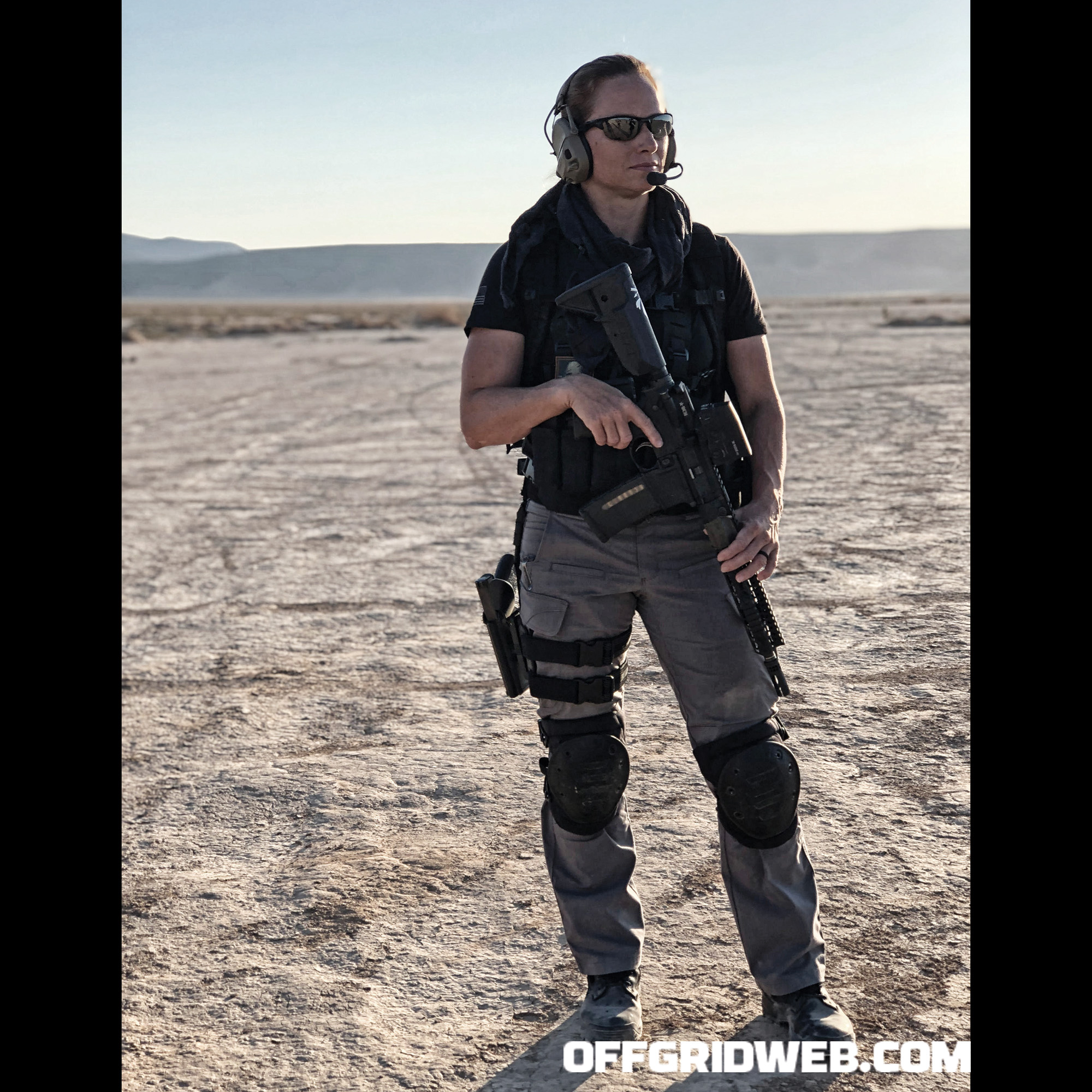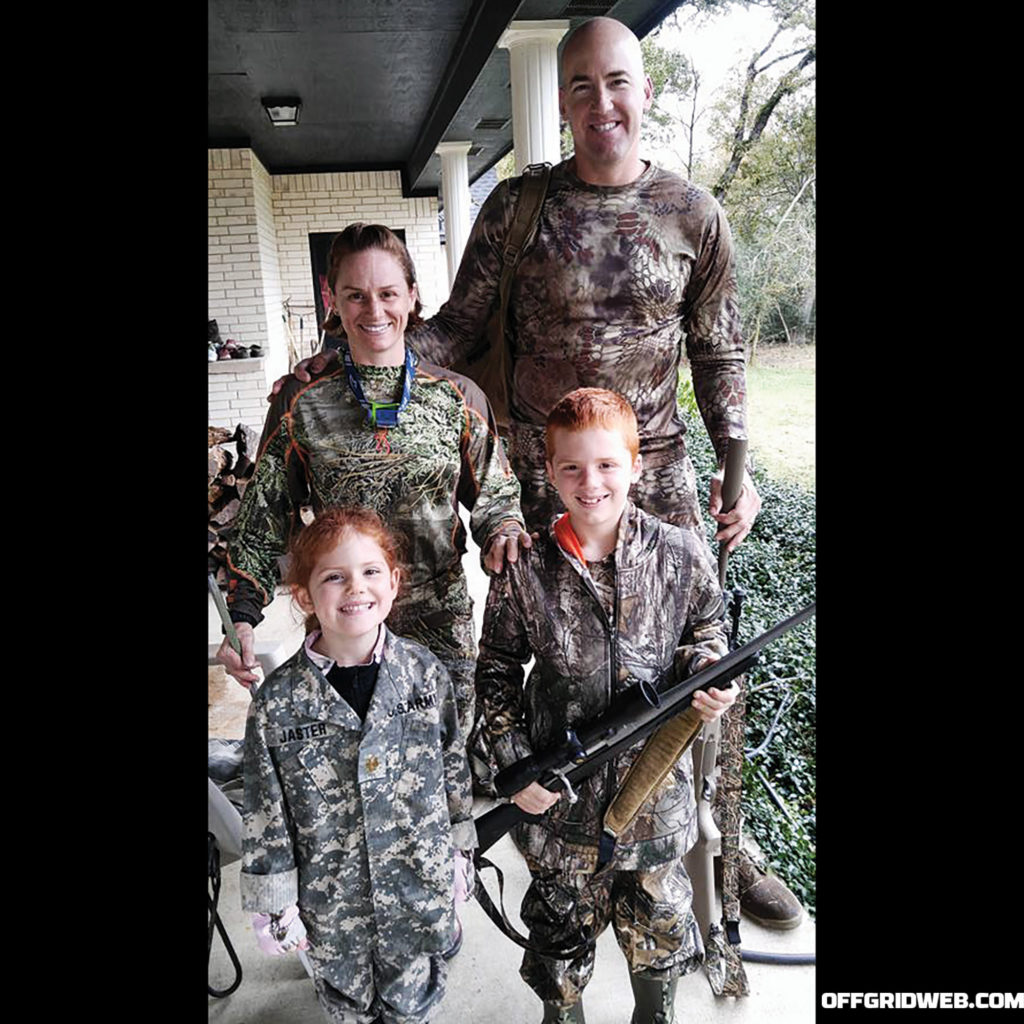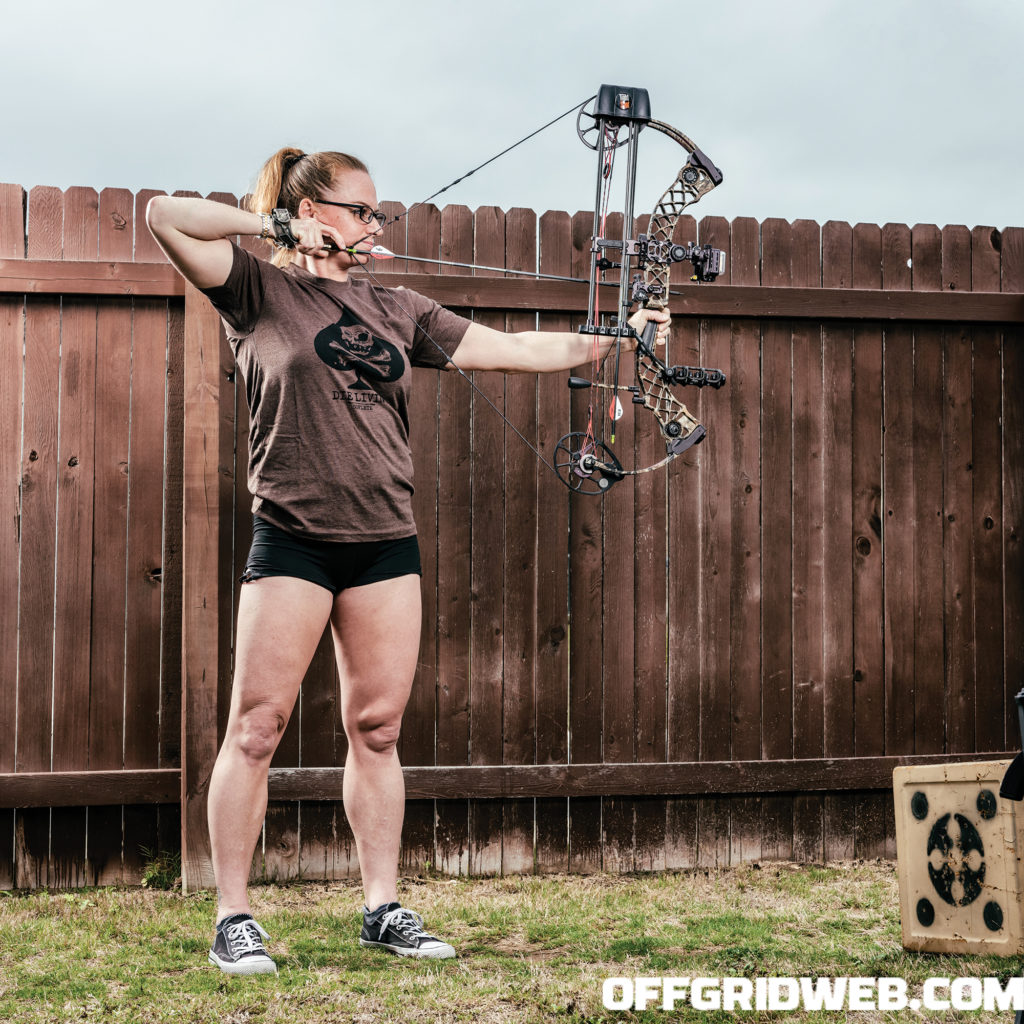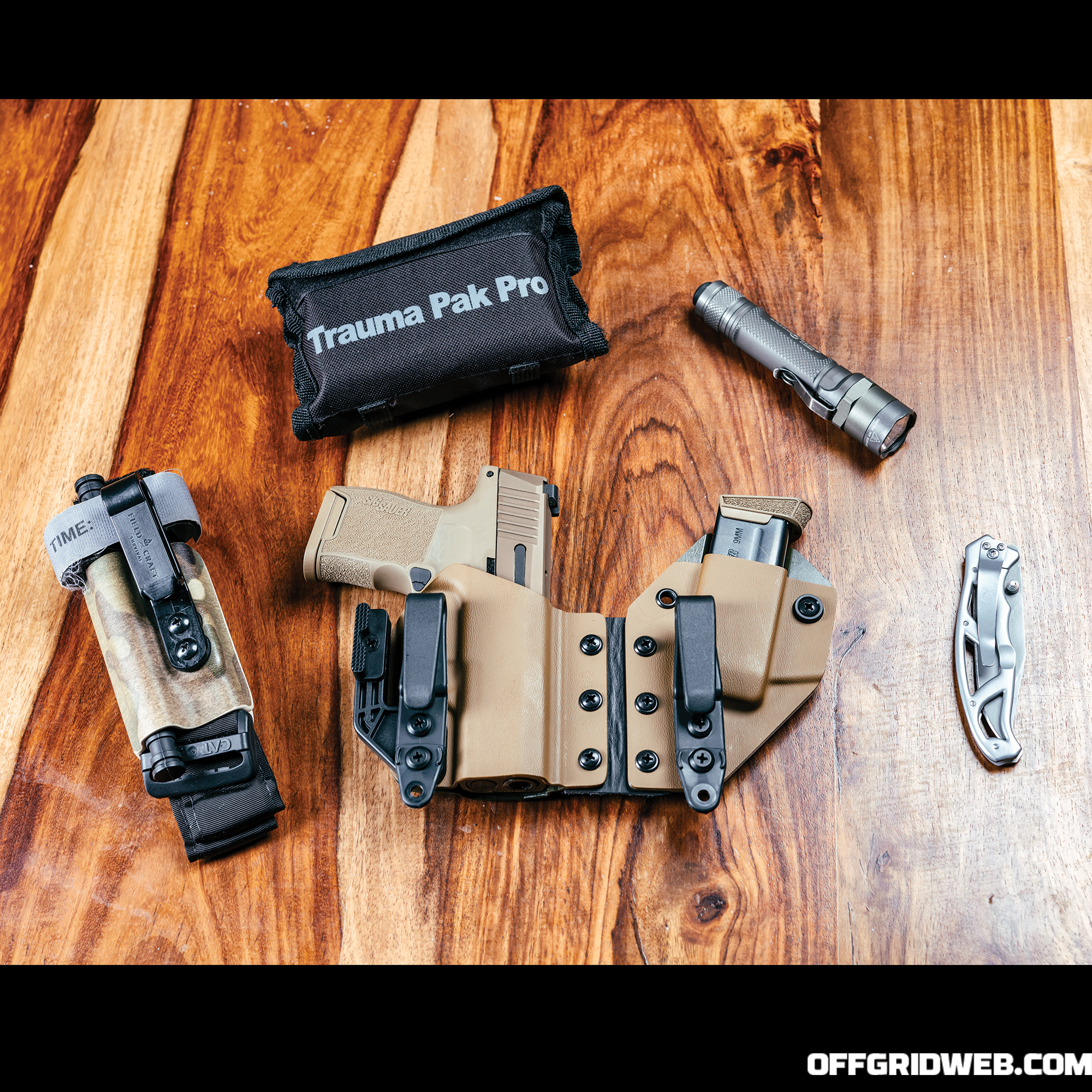Many of you who are regular readers of RECOIL OFFGRID know the tactical landscape quite well by now. You could easily procure clothing and equipment of various contexts to persuade the uninformed that you have scepters of authority and special privileges. In fact, if you read “The Crimson Perception” in Issue 35, you’d have a working knowledge of how, combined with a convincing story, you could easily fool many into thinking your disguise was the real deal.
What if someone used this trickery for nefarious means and attempted to pull you over in what looked like an actual squad car or law enforcement motorcycle? Their badge and clothing might appear official. How would you know if it’s an actual police officer or an imposter? What are your rights to verify credentials or refuse to comply if you think your life’s in danger? How far can you go without being charged with resisting arrest if you’re wrong? In this edition of What If, we’ve asked attorney Jason Squires and former law enforcement officer Hana Bilodeau to weigh in on what your options are if you think you’re being spoofed.
The Scenario:
The Setup: For years, the news has reported situations where people have been pulled over by individuals impersonating law enforcement officers. Sometimes it’s merely a self-righteous vigilante attempting to issue phony parking tickets. Unfortunately, there are other situations where someone has procured a car or motorcycle with law-enforcement-oriented features, badges, and duty gear, then confronted an individual under the pretense that they’ve committed a crime. In these rare situations, the imposter has often been a deranged individual using the guise of law enforcement to abduct, rob, or kill their unsuspecting victims.
The Complication: After a Friday night out with friends, you’re driving home after midnight when you notice you’re being tailgated. You can see it’s a solid-color American sedan with dark paint, a visible push bar, and a spotlight on the A-pillar. You think you may have been slightly over the speed limit, but you haven’t been drinking, so you’re only mildly fearful that you’ve broken any laws. Suddenly, you see red/blue flashing lights flicker on inside the windshield and grille of the car behind you. You’re driving through an industrial section of town where there are no open businesses, foot traffic, or other vehicles around. You think this may be an unmarked squad car, but are suspicious since you can’t see the exempt symbol on the plate or any other markings. You’re apprehensive about pulling over in this area, so you attempt to buy time by driving under the speed limit for a few more blocks.
When you refuse to pull over right away, the tailing car blips a siren, turns its spotlight on the back of your car, and uses the loudspeaker to command you to pull over immediately. You’re still not positive it’s a cop, but stop ASAP because you don’t want to get charged with evading. You pull over in a secluded part of this industrial area, and a man gets out with what looks like typical duty clothes: tactical pants, duty belt, radio, button-up shirt, holstered pistol, and boots. He asks you to roll down the window, shines a flashlight in your face, says he suspects you’ve been drinking, and asks for you to provide him your license and registration. You comply, and he goes back to his car, mutters inaudibly into a hand mic connected to the radio on his belt, and returns to your vehicle. He then asks you to get out of the car so he can conduct a field sobriety test.
As you’re not convinced this is legit, you ask for the officer’s credentials. He quickly flashes a generic-looking badge. You continue to question his credentials and ask him to call a supervisor, but he says that’s not possible right now. He becomes increasingly irritated, and says you’ll go to jail if you resist his orders. You remain suspicious, but consent to the test since you haven’t been drinking. After performing the tests by following his pen with your eyes, reciting the alphabet backward, and walking a straight line, the officer tells you to turn around and put your hands behind your back, then audibly gets out a pair of cuffs. What are you entitled to demand in order to protect yourself from unlawful incarceration from someone who may be masquerading as a police officer? Do you attempt to flee or fight at that point if there’s any doubt in your mind? Do you wait to use a hidden cuff key to escape later on if it becomes clear you’re dealing with an imposter?
Every now and then we hear a news broadcast about a report of an individual impersonating a police officer, followed by speculation as to why someone would do such a thing. We’ll never know what makes these criminals tick, but one thing we do know is that a person who is posing as a police officer is doing so to gain some sort of power over someone else, innately putting that person at risk.
Preparation
Living with a defensive mindset requires preparing for the unknown. Scenario-based training is the best way to determine whether or not you’re mentally and physically prepared for a situation where your life or safety may be compromised. Designate a couple minutes a day where you can mentally run through a scenario to figure out where you may be vulnerable. While out for your nightly jog, ask yourself a couple of questions. If someone were to attack me at this moment, what would I do to protect myself? As you’re driving to work and stopped at a light, ask yourself, if someone were to attempt to carjack me at this moment, how would I survive? While wandering through the mall with your family, ask yourself, if an active shooter event were to transpire, how would I get myself and my family to safety? If the answers to these simple hypothetical scenarios leave you questioning your safety, you now know you have to make alterations to your day-to-day routines to better equip yourself should your safety be compromised. Now that we’ve started turning the wheels on our mental preparation, let’s move back to the scenario at hand.
Step 1. Research: Do some research on your geographical area. Who has jurisdiction in the city and towns you frequent? Is it the sheriff’s office, state police, local police, or federal law enforcement? Once you have the answer to that question, do a simple online search of the residing department’s badge and patch, which is typically openly displayed on their daily uniform. Become familiar with what the badge and patch looks like for each of the entities that represents the jurisdiction in which you reside. Researching the badge and patch versus the uniform of the entity is advisable because most departments have multiple units, and each unit’s uniforms may be different based on their job assignment.
For instance: duty uniform, dress uniform, detail uniform, summer uniform, winter uniform, bike unit, motorcycle unit, plain-clothes unit, and the list goes on. One thing remains the same across the board: Each department has a patch representing the entity. This patch is either proudly displayed on each shoulder of their uniform shirt or just one of the shoulders on the issued uniforms. Each officer is issued a department ID card and badge with a badge number. These are widely used as a means of primary identification. It’s common policy that the officer is required to carry each of these items with them when on duty.
Step 2. Know your rights: Although each state and municipality will have differing and unique laws and procedures regarding traffic stops, it’s important to know that there are certain rights at the federal level that are common across the United States.
The “plain view doctrine” prohibits law enforcement officers from investigating inside a vehicle or anything else outside of plain view without a warrant. You don’t have to answer an officer’s questions during a stop, although this may be frustrating for the officer. In most cases, you’re only required to provide license, registration, and insurance information if applicable.
Step 3. Practice your verbal cues: Questioning your safety doesn’t need to come across as combative or confrontational, especially if the person you’re dealing with is actually a law enforcement official. The job of a police officer is very difficult. The reasons they do things at times may not be readily understandable for the average person; most likely they’re acting in a manner to protect themselves and others. Be sure to practice verbal and physical restraint even if you feel agitated. Hopefully, this will allow you and the person of authority to come to a common ground.
On Site
You’ve properly prepared your defensive mindset, and you’ve identified that the vehicle, area of stop, and officer all appear suspicious. Let’s take a look at how to safely mitigate this uncomfortable situation.
When the officer approaches, only roll the window down enough to pass your personal effects out to the “officer.” If you don’t see proper identifiers — name tag, badge, badge number, or department patch, politely address the officer: “Good evening sir/ma’am. I didn’t see a name badge, what is your name? What department do you work for?” You can even bring up the elephant in the room. “This is a rural area, and I’ve never seen an unmarked cruiser like that. I didn’t see identifiers on your uniform. What department do you work for?”
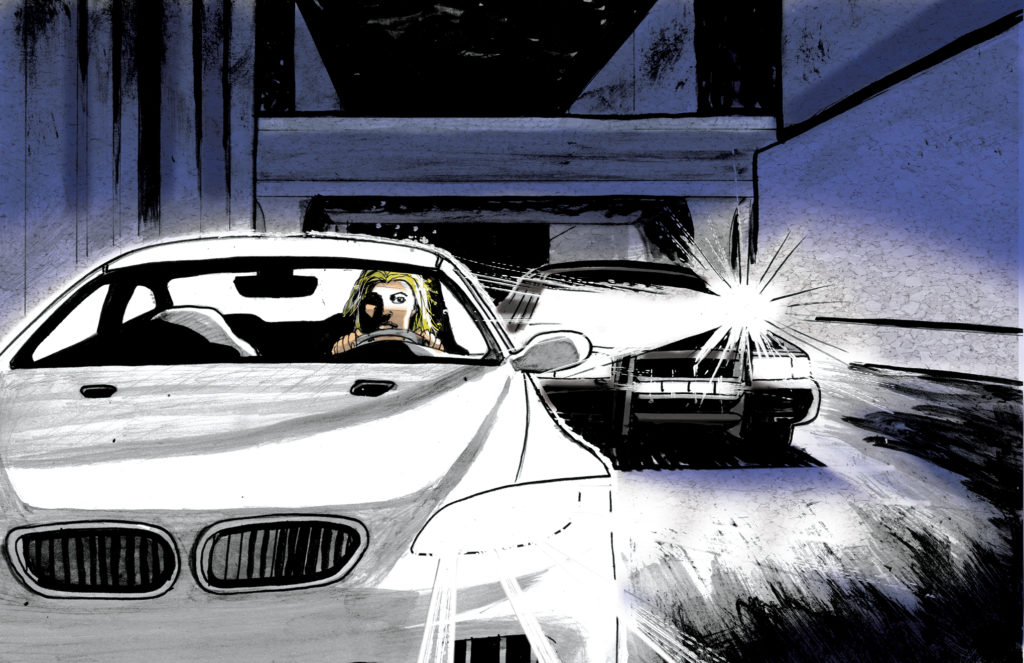
The hairs on the back of your neck are still standing. If you have cell service, the next step would be to call into the department and request a second unit or a supervisor to respond to your location to confirm the identity of the officer. If you don’t have cell service, when the officer returns with your personal documents, in a respectful manner while maintaining your safety inside your vehicle, explain to the officer that you don’t feel comfortable with the circumstances of this traffic stop. Request the officer have an additional unit or supervisor car dispatched to the area for your safety. Remember, you’re not obligated to exit the vehicle at this point if you believe your safety is a risk.
Every jurisdiction will either have additional officers on duty or a mutual aid agreement with surrounding towns or the state. Be persistent and respectful in your request for an additional unit, stating that you will comply with every lawful order once the officer’s identity is confirmed and an additional unit arrives. Remind the officer you’re not resisting his/her commands and that, no matter the time frame, you’ll patiently wait in your vehicle for the second unit to identify the initiating officer. Once that occurs, you’ll fully comply with what is being asked of you.
Crisis
The pressure is now on. Even though you’re politely and respectfully communicating with the officer, he/she is now agitated and threatening additional charges and/or physically removing you from your motor vehicle. What steps should you take now that things seem to be taking a turn for the worse?
Stay strong: Continue to calmly and respectfully request that the officer have a secondary unit respond to the traffic stop to identify him/her as an active LEO and witness the traffic stop. If the officer doesn’t have appropriate identifiers on their person, such as a department ID, badge, and badge number, they’re most likely breaking one or more of the department’s policies. Most departments have a policy stating that when an officer is working in an official capacity, they have the duty to appropriately identify themselves to the individuals at hand to get them to comply with the lawful order.
Even with the impending threat of additional charges, if it’s proven that the individual is actually an officer, you’ll have your time to answer to any additional charges and explain that your behavior was to ensure your safety.
Repeat No. 1: Stay strong. Listen to your gut. If something doesn’t feel right, it’s probably not right. Escalating your demeanor to meet the level of another never ends well. Remain calm and strong in your request for proper identification and a witnessing unit for the remainder of your interaction with the officer.
The best advice I can give when it comes to personal safety scenarios is: “Get comfortable with the uncomfortable.” The average person will never feel comfortable when faced with having to disobey a person of authority. If you’re acutely aware of your surroundings and do your diligence to keep up to date on what your local/state municipalities offer for modes of safety, you’ll know if something isn’t right. If an officer is behaving in a manner that makes you feel uncomfortable, you definitely should err on the side of caution until your suspicions are either confirmed or refuted. It’s an officer’s job to keep you and the public at large safe. In doing so, they must make sure your rights and needs are met during their interaction with you, no matter how egregious of an offense you may or may not have committed. Not everyone puts your safety at the forefront, which is why it’s even more important for you to stay aware, trained, and diligent in your endeavors of survival.
Preps
In my vehicle, I have my driver’s license, registration, and proof of insurance. I keep all the information up to date and contained in a single folder. I don’t want to fumble for documents and give an officer the impression I’m confused or possibly impaired. I also have my cell phone with a full charge. I have absolutely no contraband in my vehicle and keep it orderly and tidy. I want to convey that I’m organized and lucid during any encounter, especially after midnight on a weekend.
I’ve consulted with an attorney regarding what exactly “reasonable suspicion” means in layman’s terms. This is the minimum standard by which a law enforcement officer is allowed to initiate a traffic stop. The officer under this standard must ask themself, “Do I have a reasonable suspicion that a violation of the law has been committed?” Notice the law doesn’t require reasonable suspicion that a crime has occurred. So, the vehicle code is a completely acceptable reason to initiate a traffic stop. What’s the vehicle code? It’s the annoying set of laws or city ordinances that describe exactly how you must make a left-hand turn, maintain functioning lights, and so on. I always make sure my vehicle has all exterior lights functional, and I always wear my seatbelt. This is good preparation to avoid unnecessary law enforcement encounters. So, if I get a crack in the windshield, I must get it fixed to be compliant with these laws.
I keep a functioning flashlight in the car with fresh batteries. The glove compartment is free of clutter and has the flashlight and registration and current proof of insurance in an envelope. My license is in my wallet. I have tools to fix flats, and my wallet contains multiple forms of proof to establish my identity. I have debit cards, credit cards, gym membership, etc. Law enforcement can be somewhat suspicious when a person only possesses a driver’s license and no other form of identification. I also carry a firearm, as is legal in my state (Arizona).
The Stop
The car travels unusually close to my rear bumper. In previous law enforcement encounters, the officer didn’t follow so closely. I’m immediately concerned and suspicious because if I made an abrupt stop, this person would hit me. It makes sense that a true police officer would maintain a safe distance. This person, maybe an officer, isn’t being safe — that’s a red flag.
The emergency lights are activated. Damn. I see blue and red light emanating from his front grille. This tells me I’m not dealing with a normal police cruiser, and I begin to wonder whether this person is really a member of law enforcement. I notice that the lights don’t flicker or pulsate the way normal law enforcement lights in my area do. And the lights I’m seeing are very different. However, I notice the large push bumper, like squad cars sometimes have for traffic patrol. So, I’m seeing an undercover police car that looks just like a normal police car without the normal markings — another red flag.
I want to pull over, but I’m concerned. This is a bad part of town. I’ve noticed red flags and I’m suspicious. I realize that law enforcement has the power to stop cars and detain individuals. I certainly don’t want to be charged with a crime merely because I have concerns. I slowly proceed as far as I can to attempt to get to a well-lit, well-traveled road or intersection. If it’s not available, I know I have to stop. The approach suggests law enforcement, so as a law-abiding individual I must comply.
The person gets out of the vehicle and approaches my car from the rear. It’s at this time that I look for overt signs of personal security. Meaning: I’m expecting the officer to shine his flashlight into the rear compartment to make sure there are no threats hidden inside. I expect the officer to position himself at the B-pillar (the spot where the driver’s seatbelt retracts into). Officers usually stand there initially to protect themselves from an armed assailant trying to swing a weapon around at them. This position allows them to immediately back up, putting the driver in the position of shooting over his shoulder. Unfortunately, this person does none of the things I expect him to. He walks right up to the car and turns and faces me near my driver-side mirror. He’s looking back at his car and looking around for some reason. He keeps his flashlight directly in my eyes to distract me. I notice he has the usual uniform that can be purchased at any surplus store.
This person asks me strange questions, like does anyone know you’re out here this evening? He asks for my license and never really looks at it. He appears to have a radio on the belt, and not the lapel-mic most have. I see no body camera on his person even though most agencies now require body-worn cameras. At this point I’m in a precarious position. If I follow the law, I might possibly endanger myself because I’m not sure he’s a police officer. So, I ask, “Are you really a police officer?” This enrages him. He’s more aggressive at being challenged. I ask to speak to a supervisor. He says there isn’t one available without making a single radio request. I have my firearm in my car, but I know better than to ever pull a firearm on a police officer or even a would-be police officer. My brain and my accelerator are my weapon, not my pistol.
The person orders me out of the vehicle. He didn’t go back to his patrol car and run my name like almost all officers do right away. For all he knows, I’m Ted Bundy. This is an extreme red flag. For their own safety, real officers need to know if I’m wanted in Kansas for murder, for example. They usually go back to the car and run my name to make sure there are no outstanding wanted notices or warrants anywhere in the nation.
He again orders me out of the car. I ask again for him to call for a supervisor. He says in a much louder tone, “Out of the car, now!” He’s definitely escalating the encounter. I say: “Officer, I don’t believe you are a true member of law enforcement, and I need proof you are who you claim to be.” He quickly flips a badge that I couldn’t read. I state again, “I need to have a supervisor here immediately, and I will wait patiently for the supervisor to arrive.” I notice there’s no backup present either — red flag.
Failure to obey a lawful order is a crime. Unlawful flight from a pursuing law enforcement officer is a crime. Resisting arrest is a crime. Being alive is not a crime. As a human you might have to balance these competing concepts with your survival. If you’re truly afraid and your fear is reasonable and articulated, you wouldn’t likely be charged with a crime. However, you’d better start laying the foundation for a defense by calling 911.
If the person made you believe — truly believe — that he’s not a member of law enforcement, and you believed that your life was in danger, you could argue that you had no choice but to flee and immediately dial 911.
“911. What is your emergency?”
“Please help me, please send help. There’s a man pretending to be law enforcement who just tried to abduct me. I am Jason Squires, I live at this address, and I’m heading eastbound on XYZ Street or wherever you direct me to find true law enforcement officers. I’m not running from the law. I’m running to the law for help. Please help.”
What if the person was a cop and you just sped away? You might be charged. There’s never a consequence-free option in this world. And pulling away from law enforcement will bring down the hammer. However, the 911 call you made will certainly help minimize your exposure. Calling your buddy before 911? You’re going to be in trouble. Calling 911, which is nearly always recorded, begins a new problem, and a sergeant will almost certainly be ordered to arrive. In fact, 911 will likely direct you somewhere and tell you to wait until a marked unit arrives, and by unit, I mean several units.
At that time, you’d better explain all the reasons why you felt like he was there to kill you pretending to be a cop. If you clearly and calmly describe all indicators that he was not a police officer, you might even get what we call in the industry a “street acquittal.” However, there are aggravators like speeding away and not doing everything 911 says. Don’t be the guy who says, “I was scared and went home.” That guy is going away. Don’t say, “I don’t trust any member of law enforcement, so I ran to my girlfriend’s house.” That person’s also going away. Remember, run to the law, not away from the law.
Let’s envision a place where you don’t have cell signal. The suspected imposter chose this area specifically because it’s a cellular dead spot. There are so many different examples of how this could occur. I might slowly (I said slowly) drive until I find a signal and immediately call for 911. I would calmly state that a person appears to be pretending to be law enforcement and give my name and information.
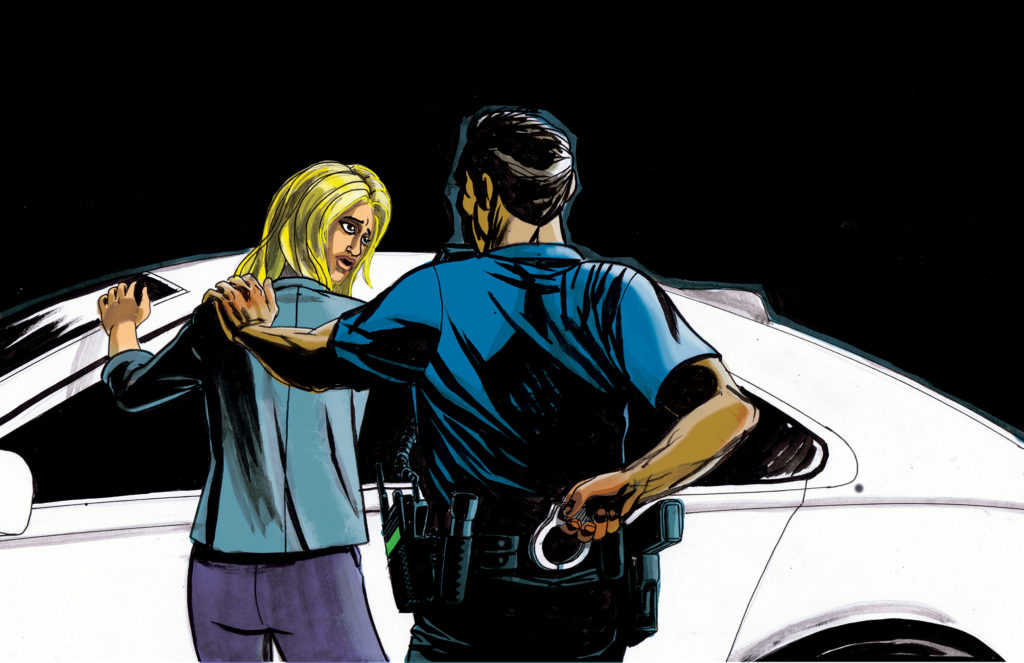
We cede tremendous power to law enforcement. Bad guys occasionally take advantage of the power law enforcement has over motorists. Retired patrol cars and motorcycles can be cloned to look like current law enforcement vehicles. Bad guys can use this approach to apprehend unsuspecting members of our communities. I will add that females possess great latitude when it comes to articulating fear. No, they’re not weaker. However, a woman claiming she’s afraid is more likely to be believed than a male counterpart.
Finally
Police officers must identify themselves. They must divulge their badge numbers. Officers must ask for supervisors if requested, or at a minimum backup officers. 911 is the most powerful tool to bring the real good guys to your location. A bad guy won’t wait for them to show up. Asking to proceed to a more lighted area or commercial parking lot is reasonable. Expressing fear is appropriate under some circumstances. For example: “Sir, your car doesn’t look like law enforcement and you have refused to provide a supervisor or additional units, I fear for my safety and I’ve called 911.” If the officer gets aggressive, wait until the good guys get there and be prepared to explain every single detail as to why you didn’t believe he was law enforcement. And lastly, always protect yourself from bad guys by using your brain. If it doesn’t seem right, call 911 immediately.
Conclusion
We’ve probably all heard about situations like this in the news or have seen YouTube videos of someone impersonating a law enforcement officer. While some are comical, others are much more nefarious. Kenneth Bianchi, also known as the “Hillside Strangler,” along with his cousin Angelo Buono, impersonated police officers using fake badges to lure women into complying with their commands during their crime spree. Remember, it’s not a crime to ask questions when something doesn’t pass the proverbial smell test.
Earlier this year, the shooting in Nova Scotia involved a gunman dressed as a member of the Royal Canadian Mounted Police who also drove a fake police car. Obtaining a used squad car or modifying one to have certain features that look similar to a legitimate unmarked squad car is easier than you might think, and to a certain extent it’s perfectly legal. Take some time to do an internet search on impersonating law enforcement and you’ll see how frequently this crime takes place. Know your rights, be cautiously cooperative, and stack the odds in your favor by having evidence recorded via a dashcam.
About the Authors

Hana L. Bilodeau has over 15 years of law enforcement experience, serving both locally and federally. Hana spent a large part of her local career in the detective unit investigating crimes against people, predominantly sex crimes. She was well known for her interview skills of both victims and suspects garnering multiple convictions. Hana has a wealth of knowledge in a number of different defensive modalities and presently serves as director of training and special events for SIG Sauer Inc.
www.sigsauer.com / hana.bilodeau@sigsauer.com /
Instagram: @hana.bilodeau
 Jason Squires has been an attorney in Arizona for over 21 years. He has an emphasis on self-defense and firearms cases. During his off-time, he’s an avid three-gun competitor across the country. He’s also a collector of military firearms and vehicles. You can check out his practice at squireslawaz.com.
Jason Squires has been an attorney in Arizona for over 21 years. He has an emphasis on self-defense and firearms cases. During his off-time, he’s an avid three-gun competitor across the country. He’s also a collector of military firearms and vehicles. You can check out his practice at squireslawaz.com.

